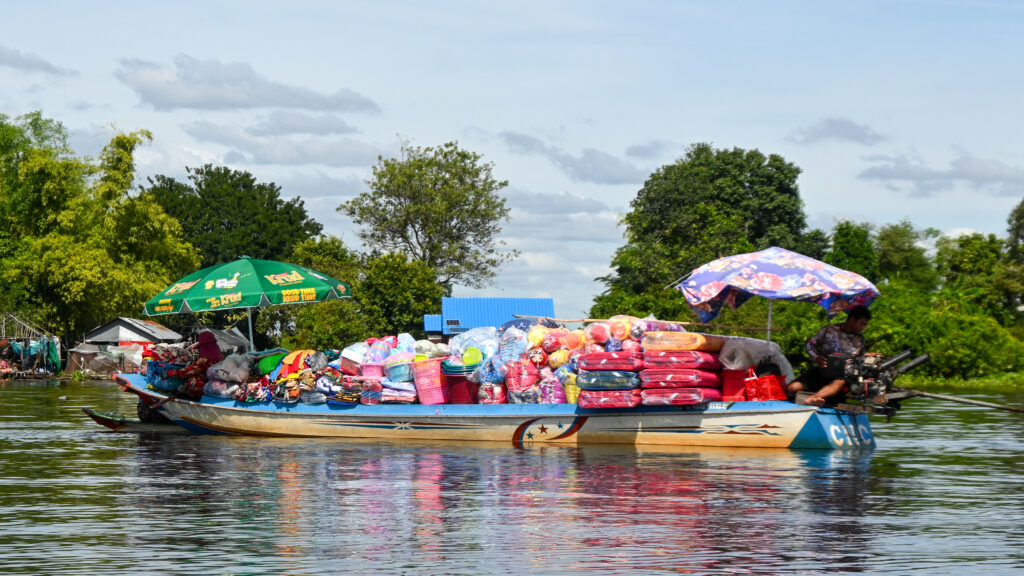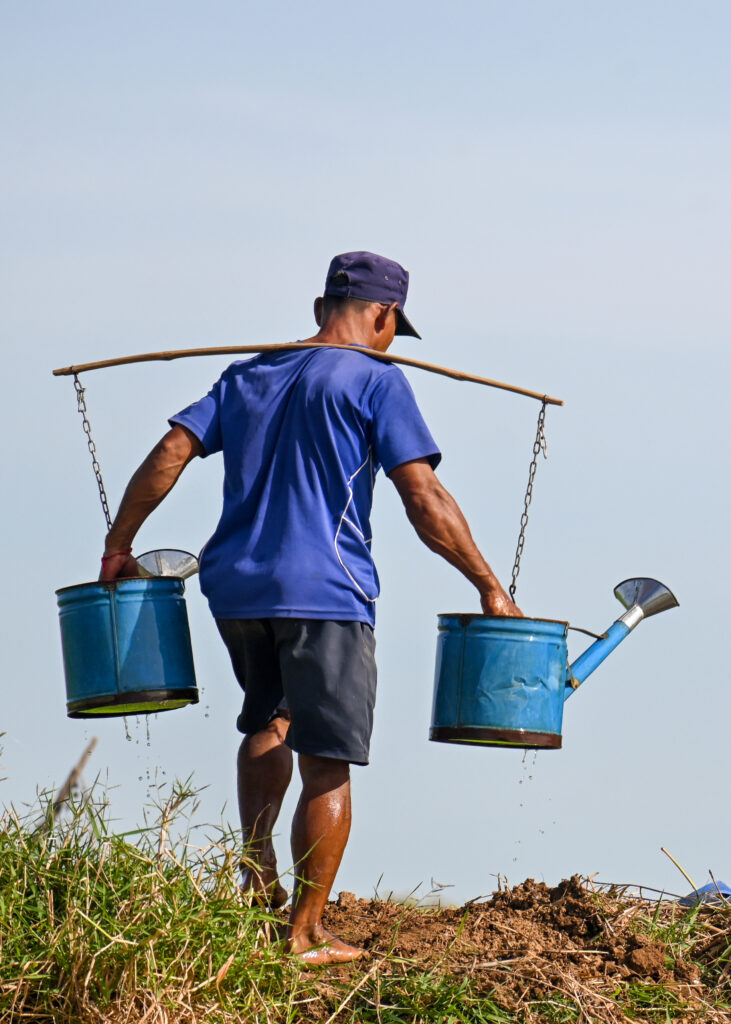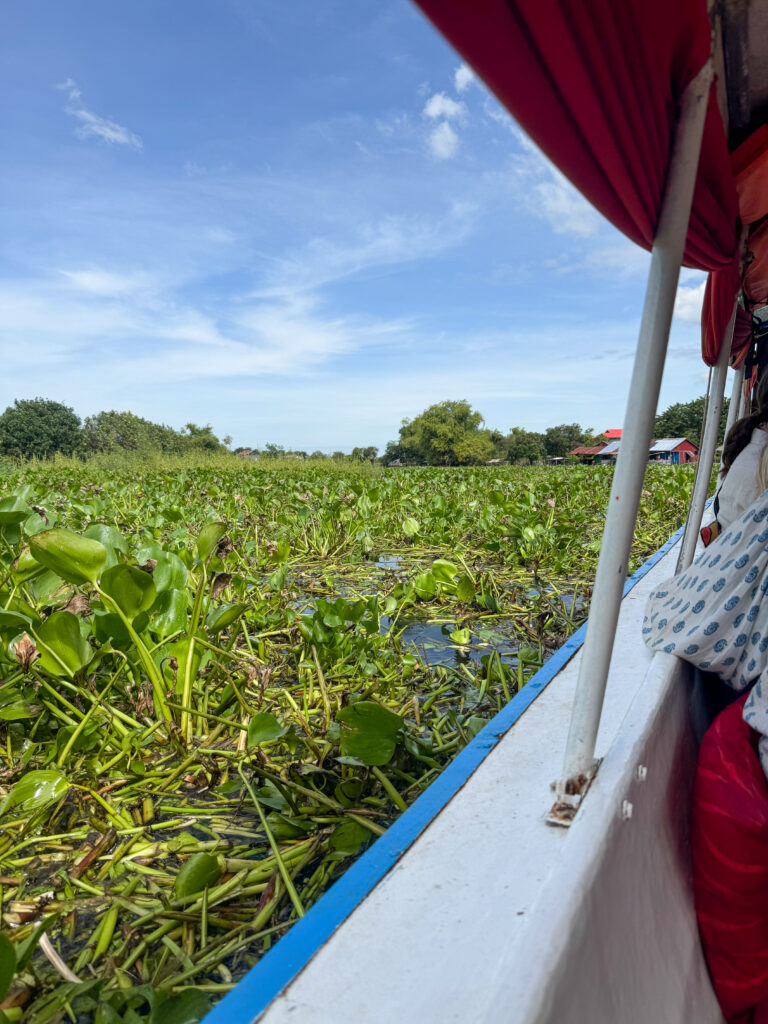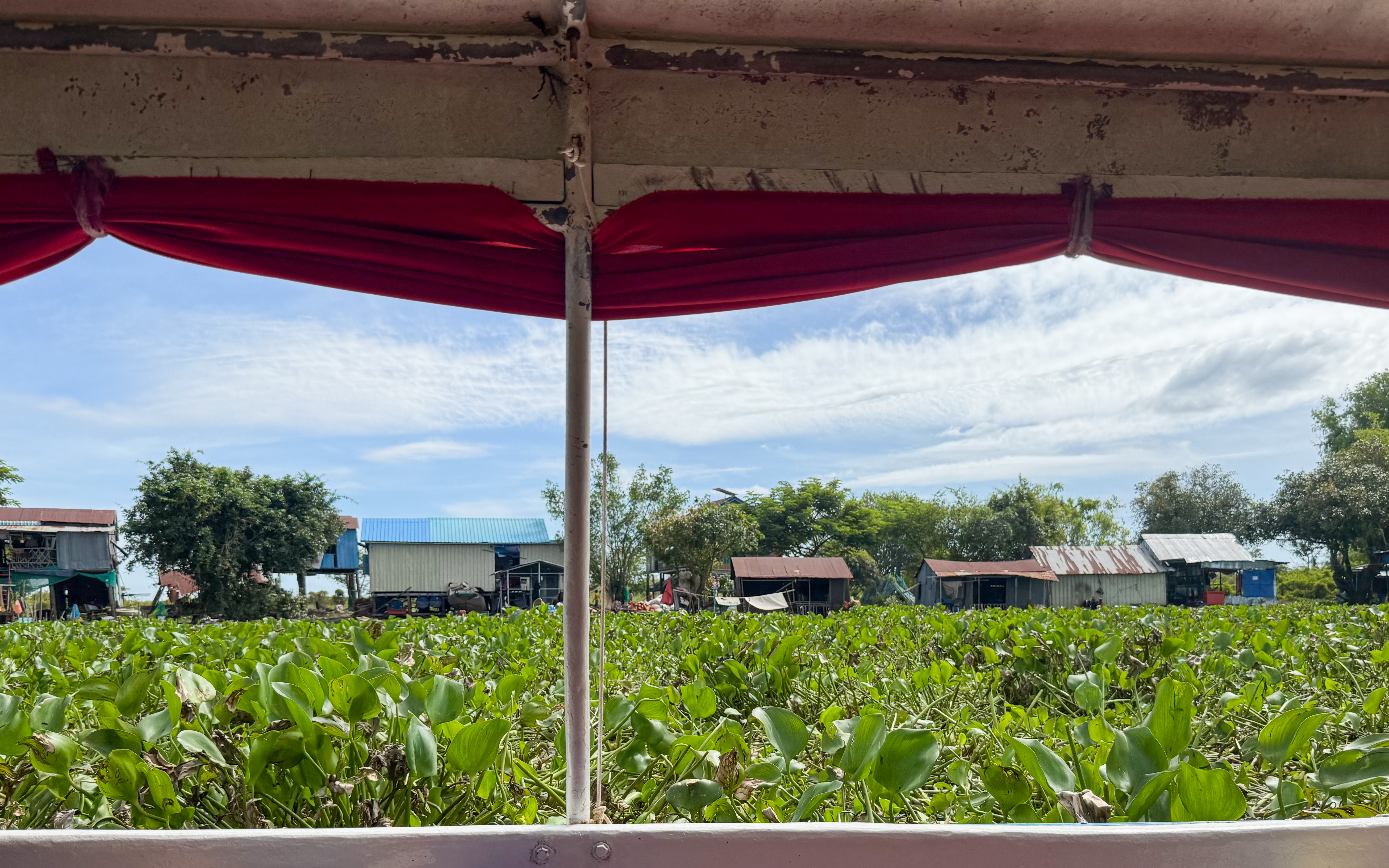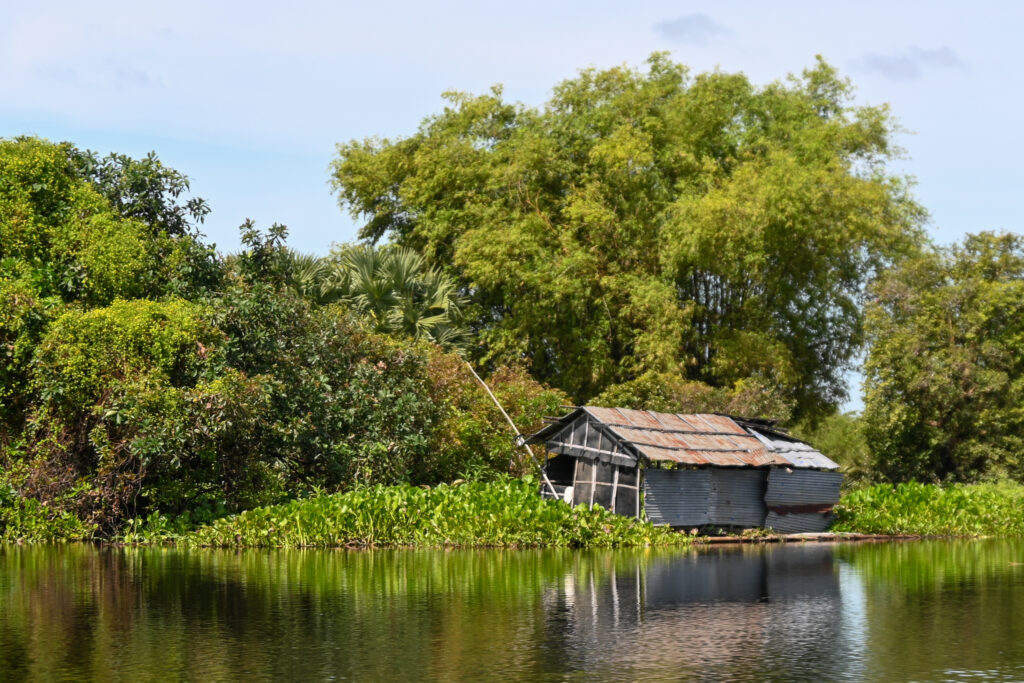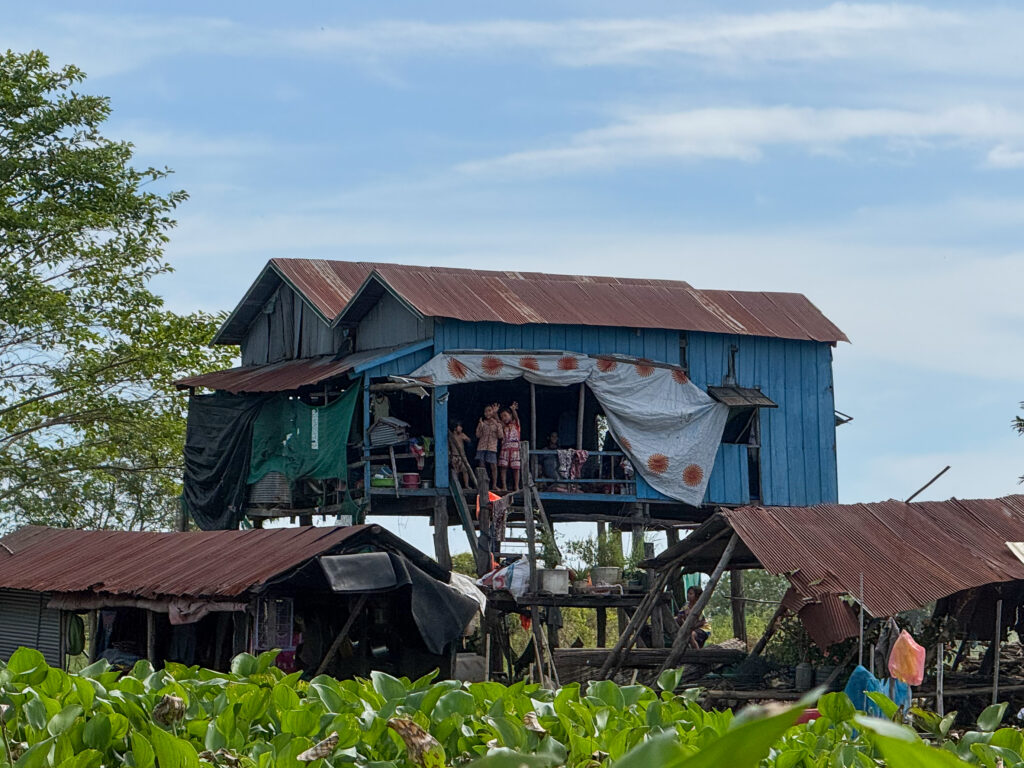Our first stop in Cambodia was the capital city Phnom Penh – a busy, bustling city filled with the smiliest, most helpful, kindest people. We all felt so happy there. Our accommodation was definitely on the lower end but it had a beautiful view of the Royal Palace, air conditioning, an amazing 24 hour convenience store a few doors down, and a laundry service a few doors the other way – pretty much all we needed!

We decided a fun way to see the city would be to take a sunset cruise. Cambodia was even hotter than Vietnam so the cool breeze from the mighty Mekong River was perfect. It was so interesting to see the communities living along the river bank, both in boat houses and floating villages high up on stilts (the stilts allow for the rising river during the rainy season).
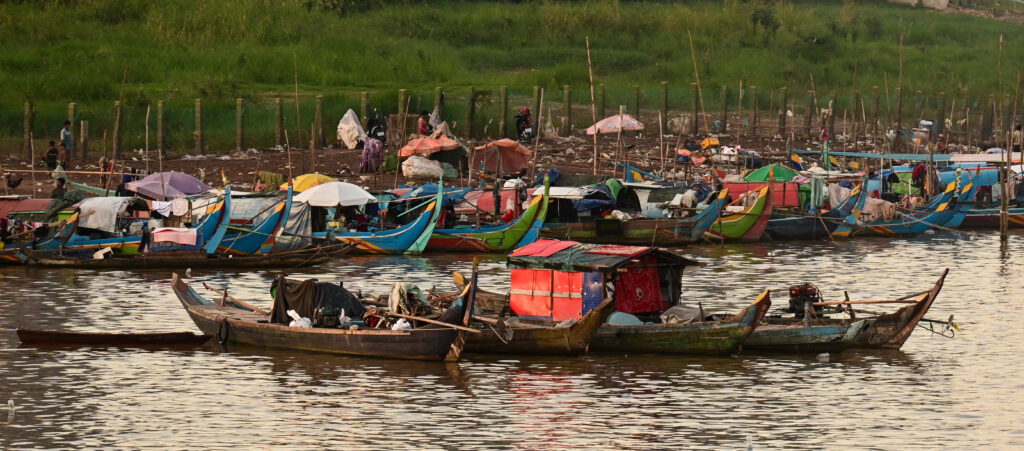
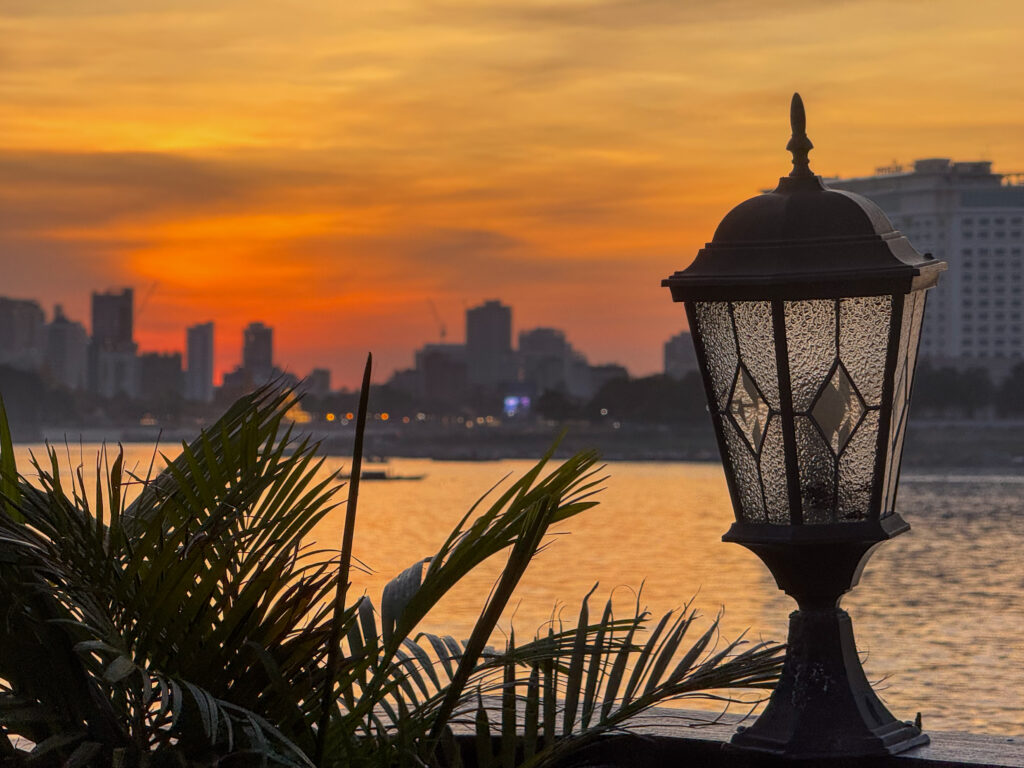
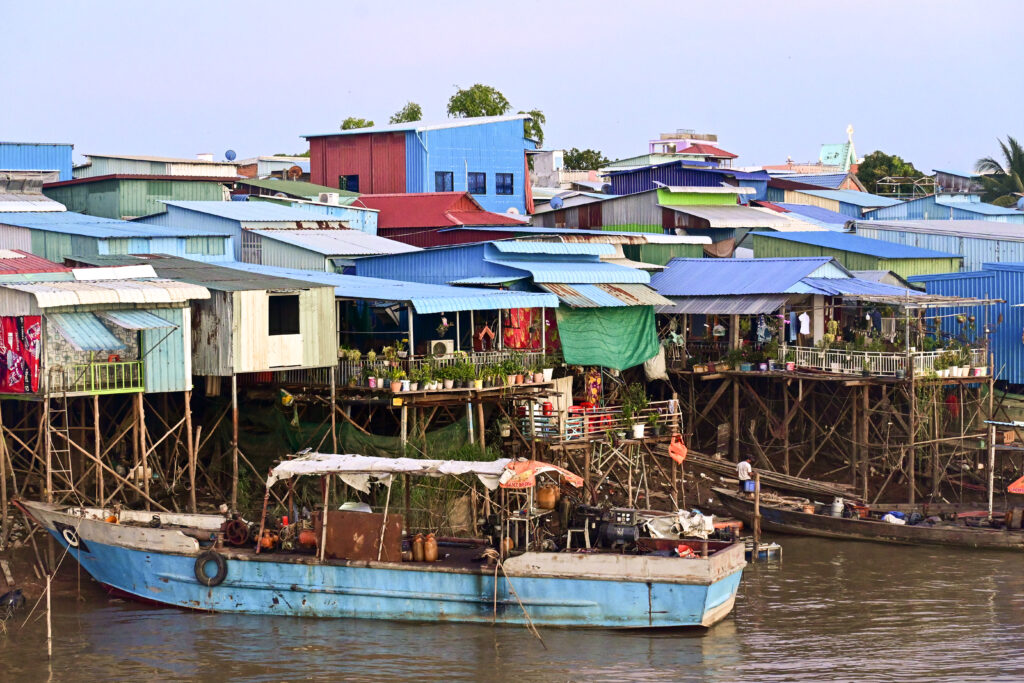
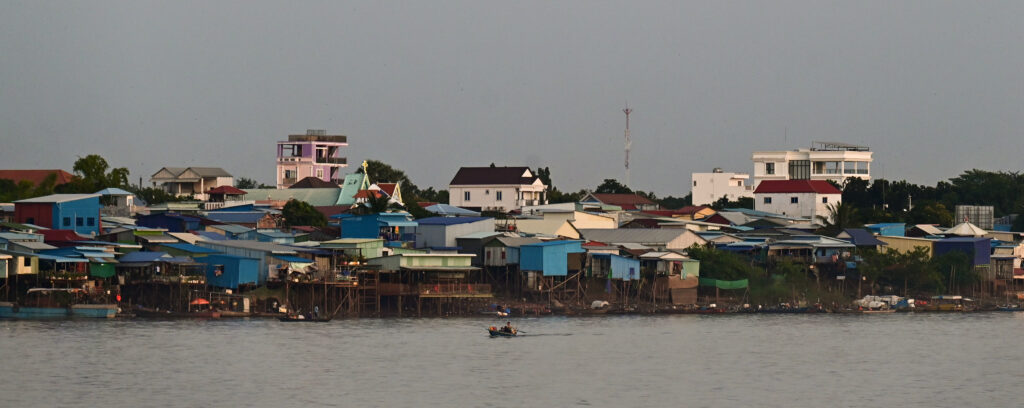
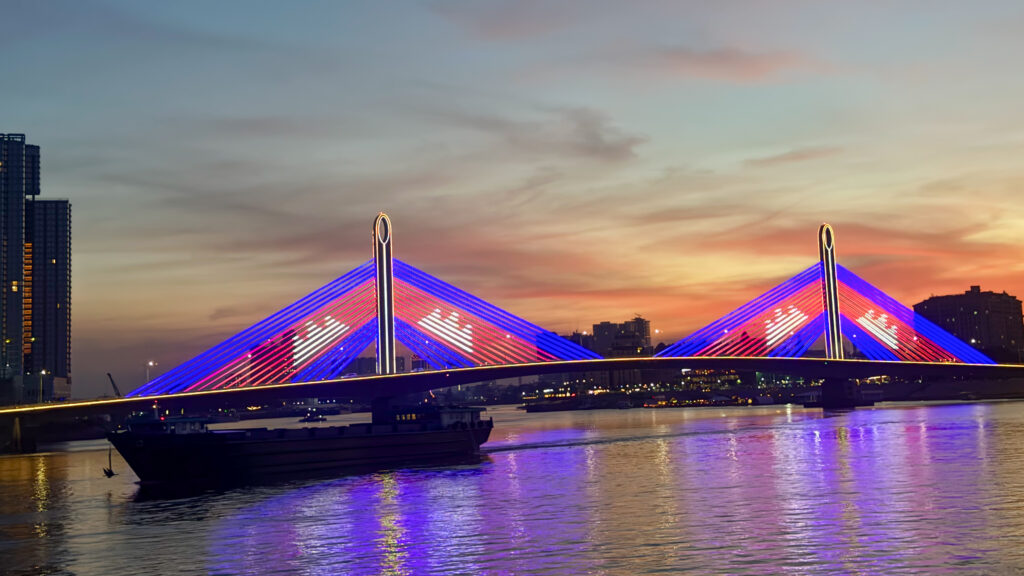
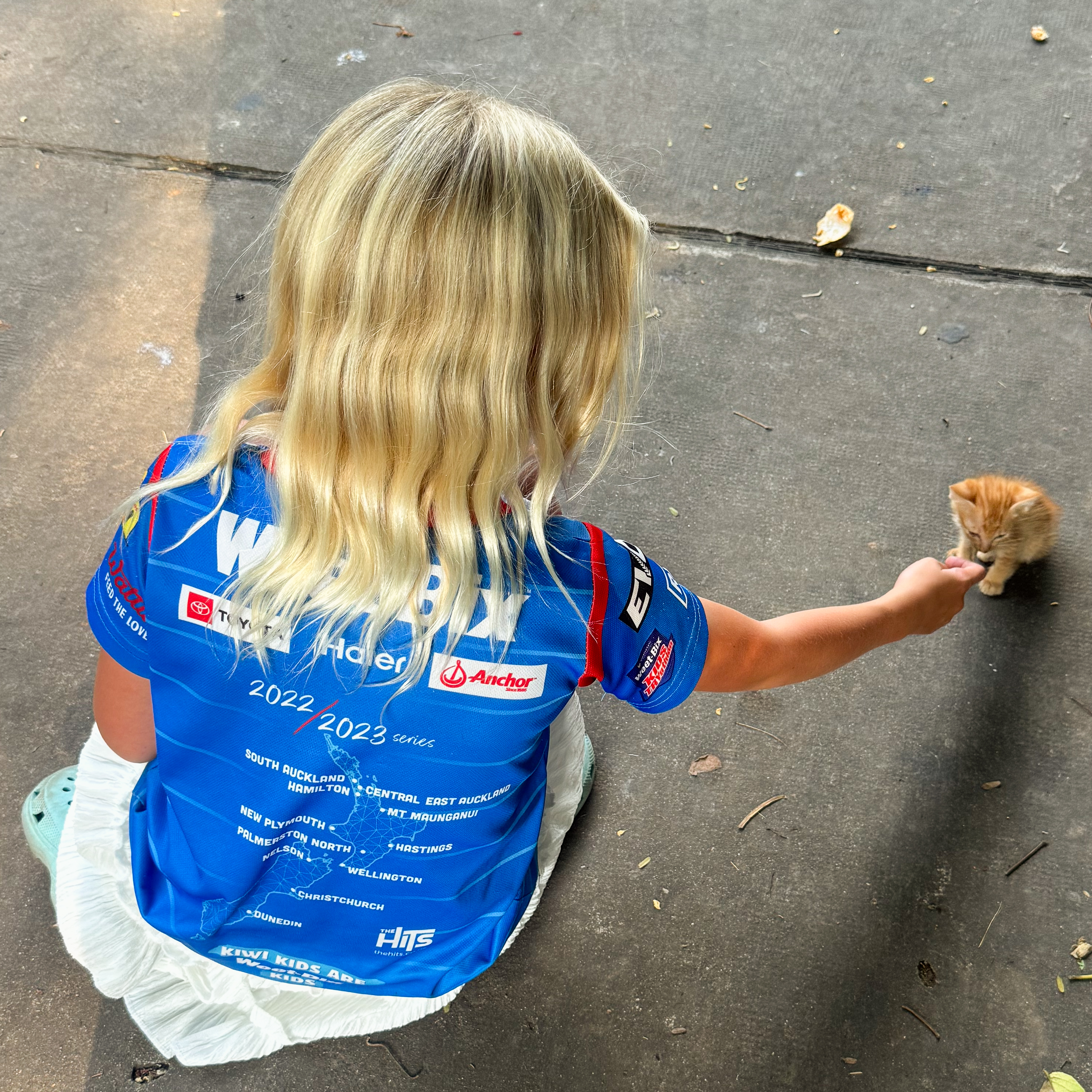
We had been promising the kids for 11 months that we would go to a water park but as yet, for one reason or another (mostly that it was too cold) we hadn’t been able to follow through. Determined to meet this promise, when planning our Cambodia itinerary (only days before we arrived) we were thrilled to see that Phnom Penh has a MASSIVE water park that was only opened in 2020. To say the kids were excited was an understatement!
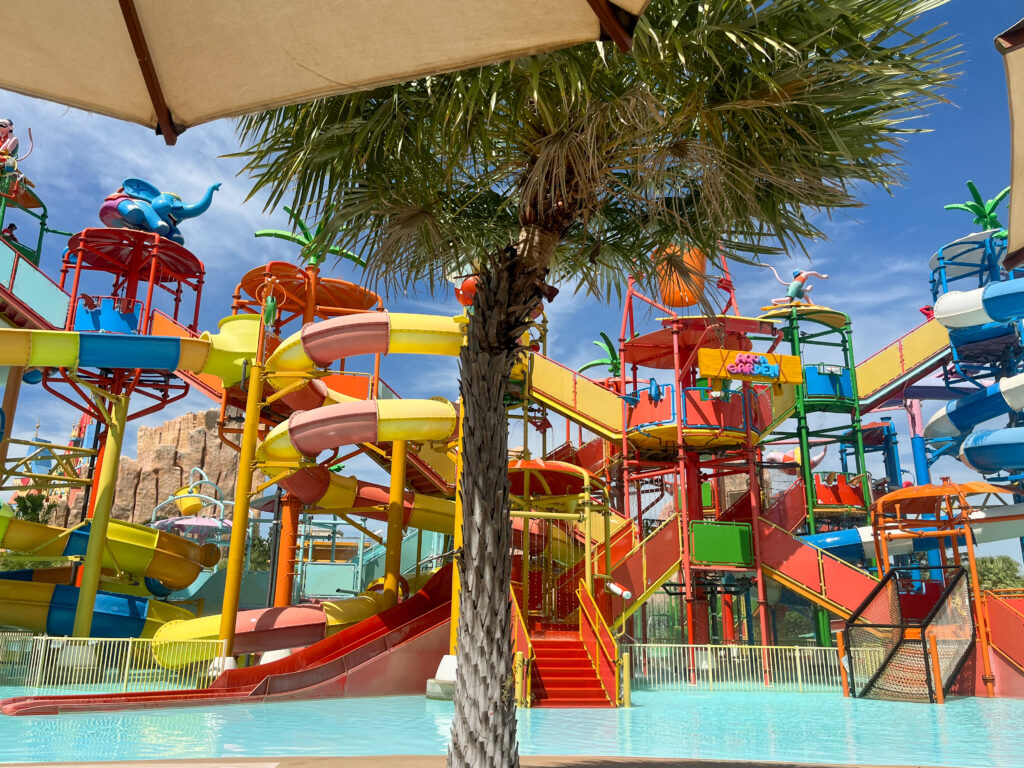
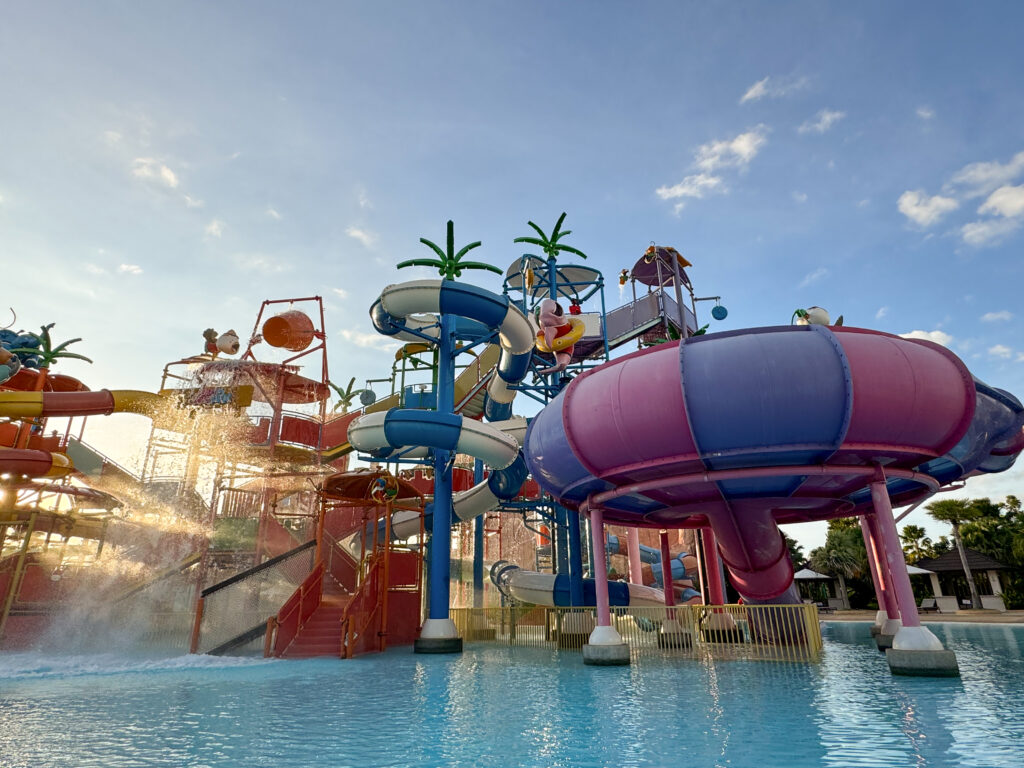
We arrived at Garden City Water Park shortly after it opened at 10am and for the next 2.5 hours, we had the place to ourselves! Over the course of the day we saw perhaps 20 other people – this is in a water park with a capacity of 7000 people! Never in our time away have the kids wished more that they could magic their friends and cousins to be with them as they did that day! Despite there being so few people there, there were still so many staff – at one point Logan counted 17 staff members from the spot we were standing, and they were all so smiley with such high work ethic.
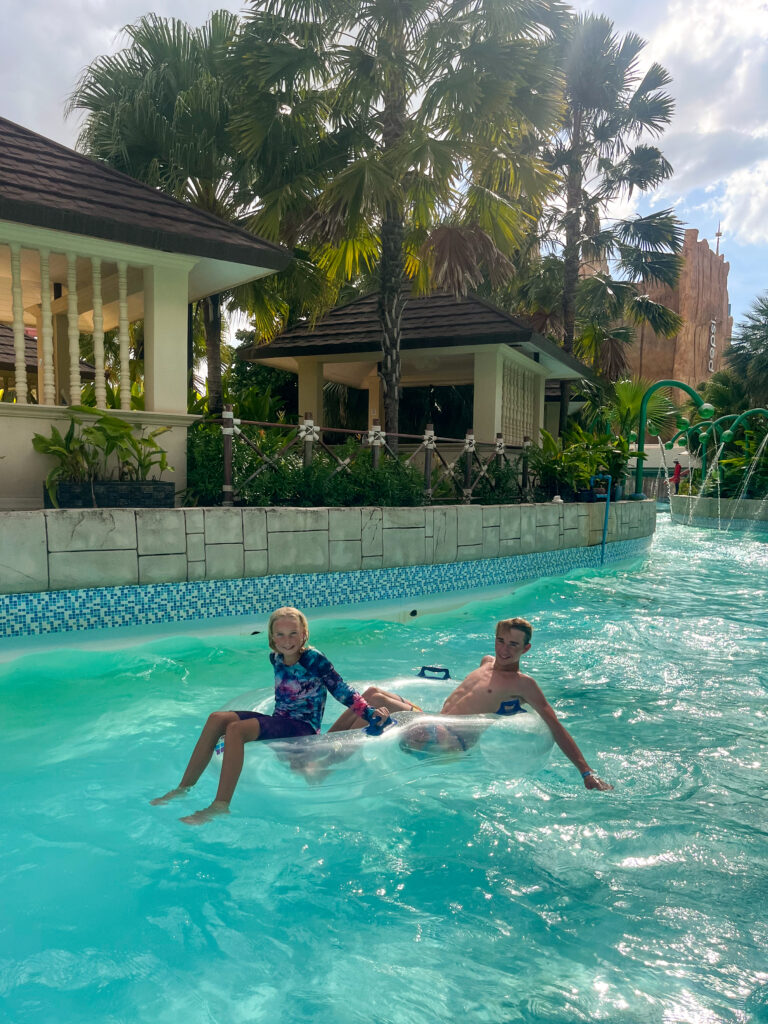
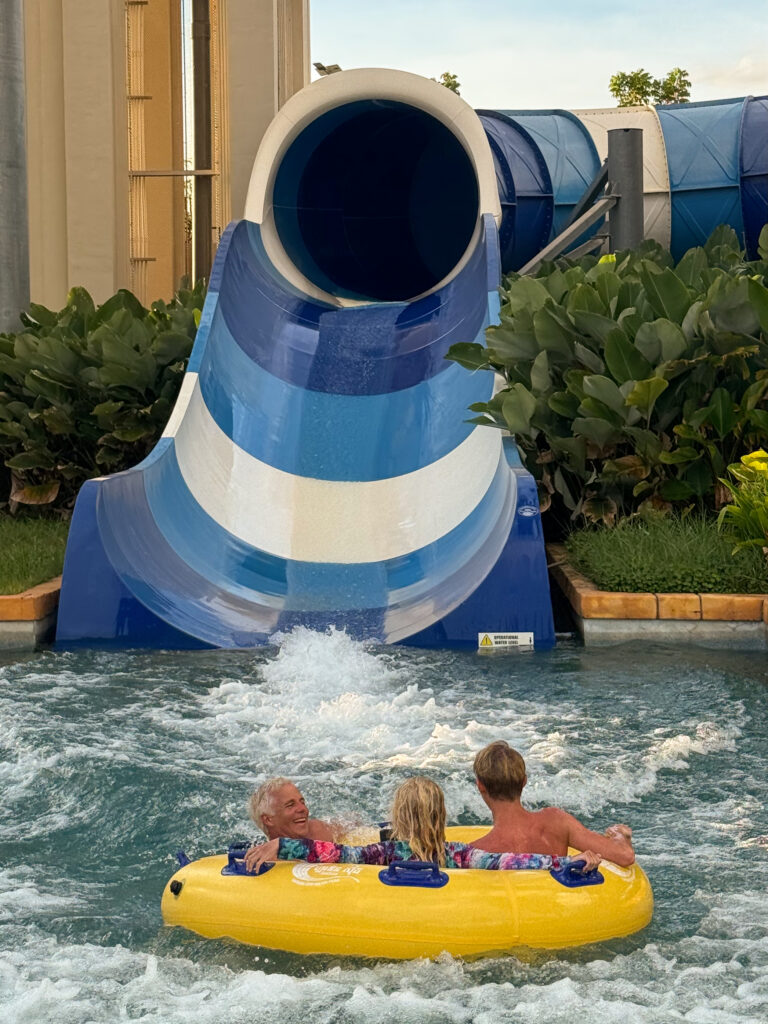
We spent hours at the FlowRider. The staff who showed us what to do made the surfing look really easy (it wasn’t) but it didn’t take long for the boys to progress and pull some cool moves. Zara and I had a couple of goes and were pretty impressed with our skills, but we didn’t love the crash landing when you inevitably fall off so we played in the nearby pool instead.
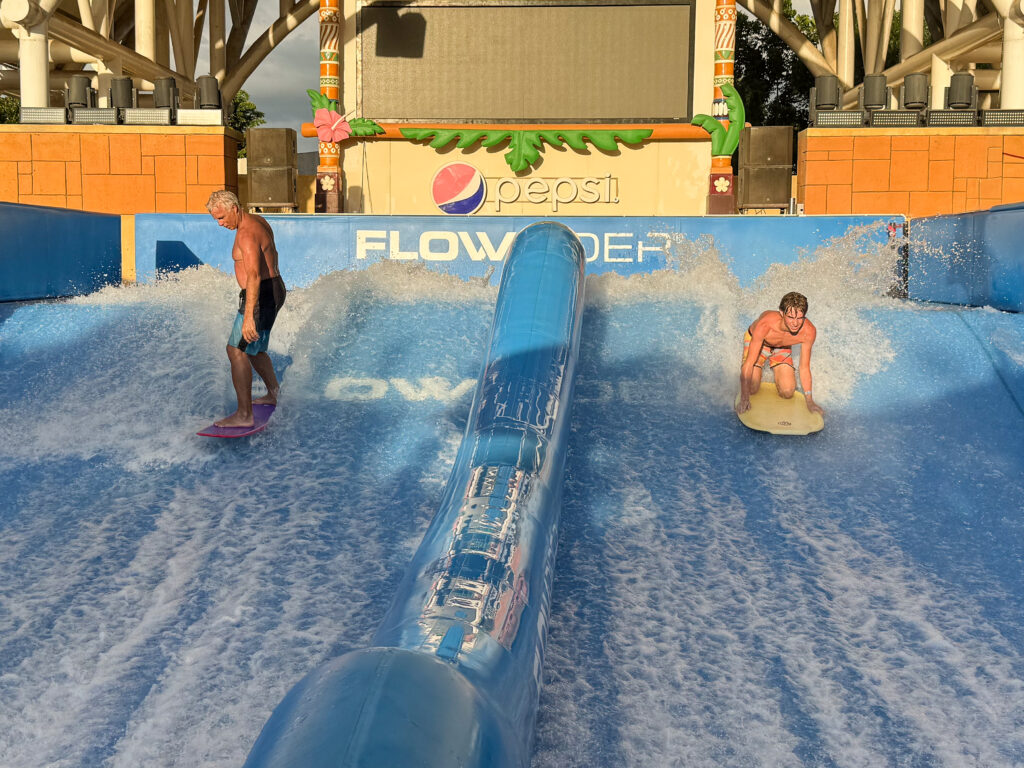
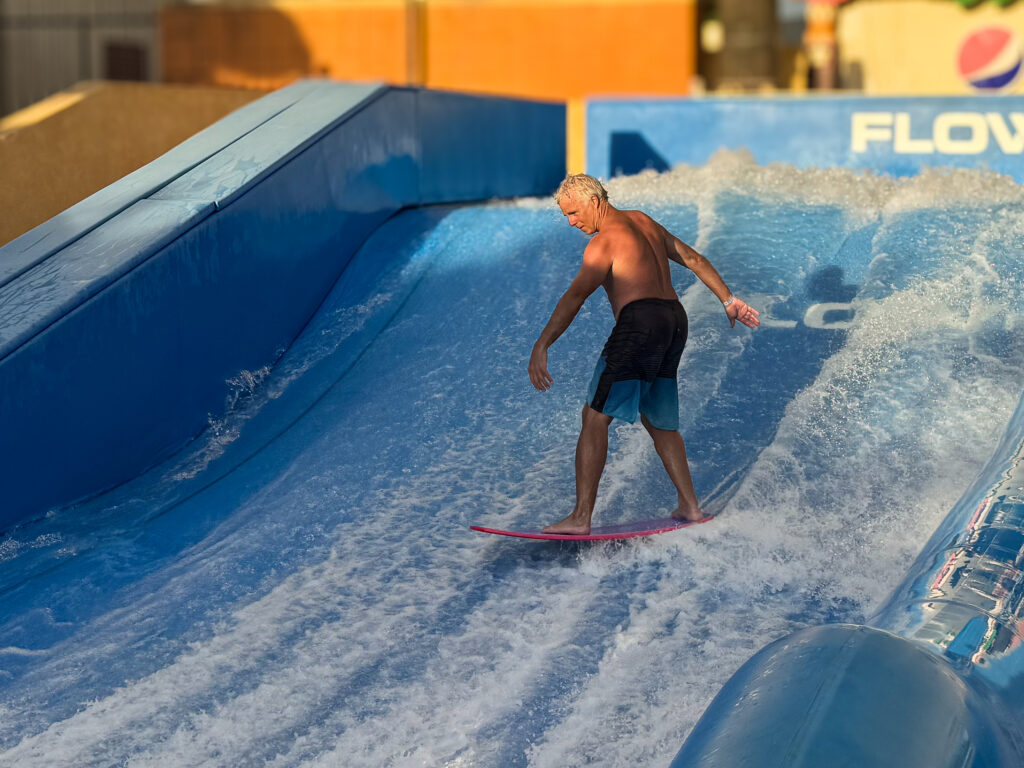
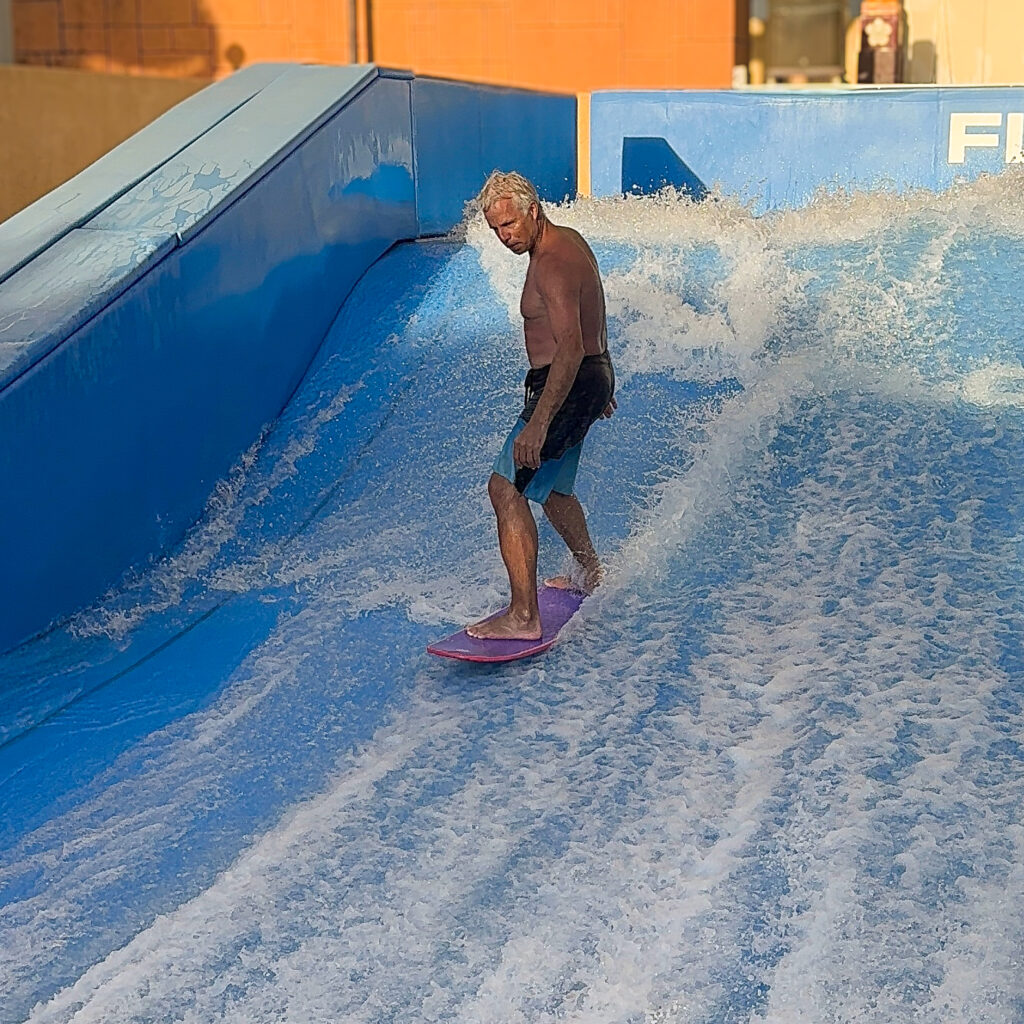
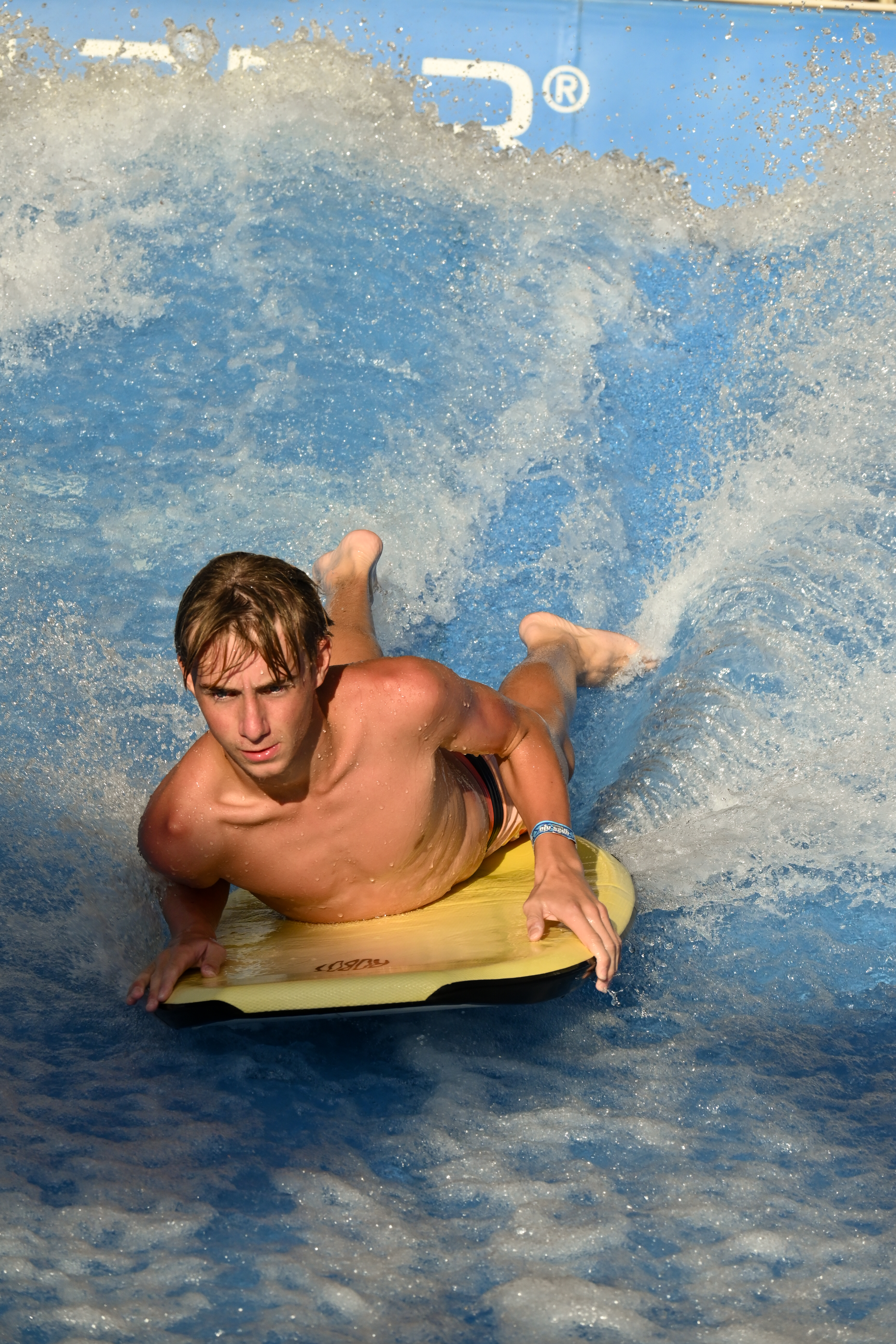
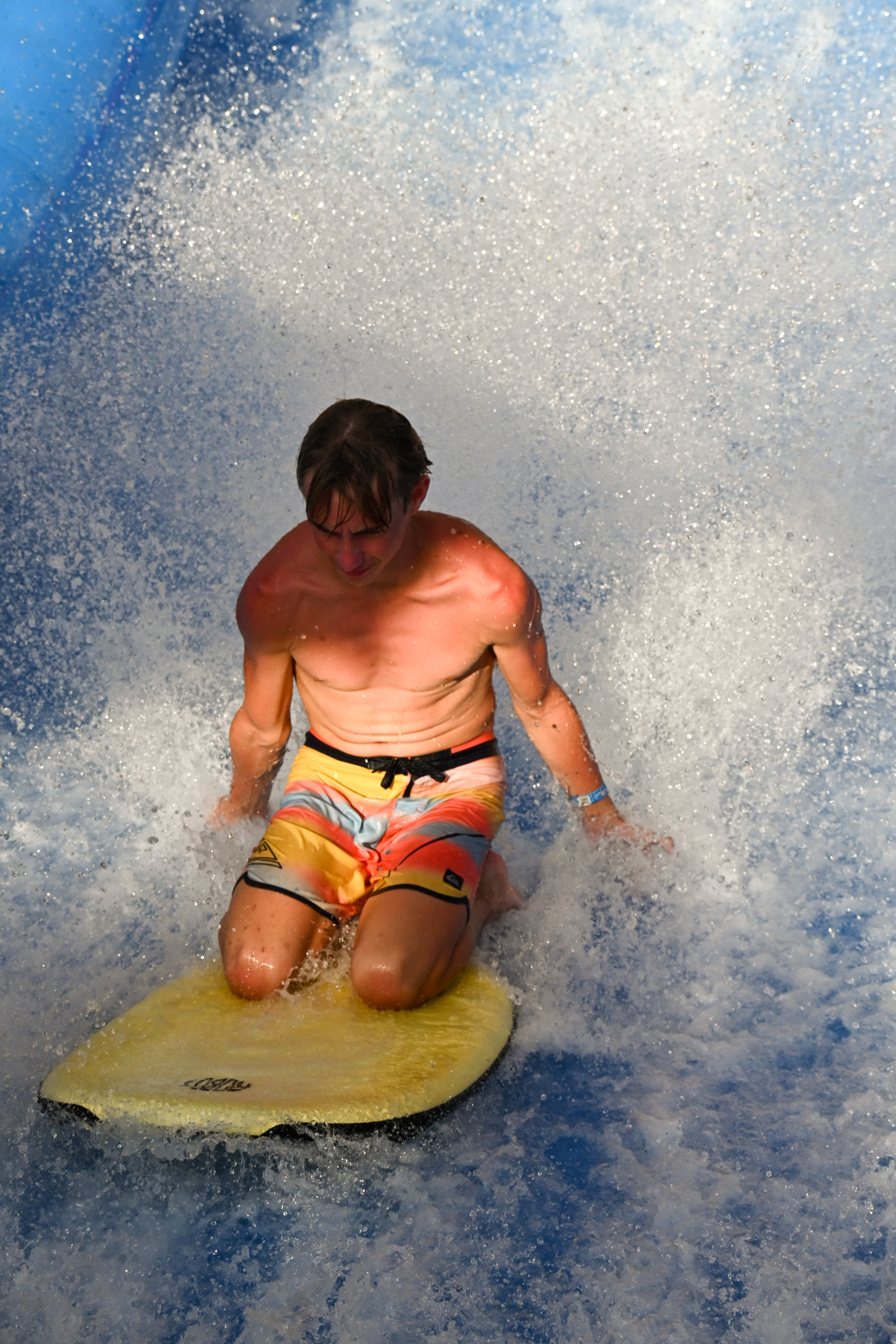
We had an absolutely brilliant day and Lucas declared it as a ‘Top 10’ activity of our whole adventure!
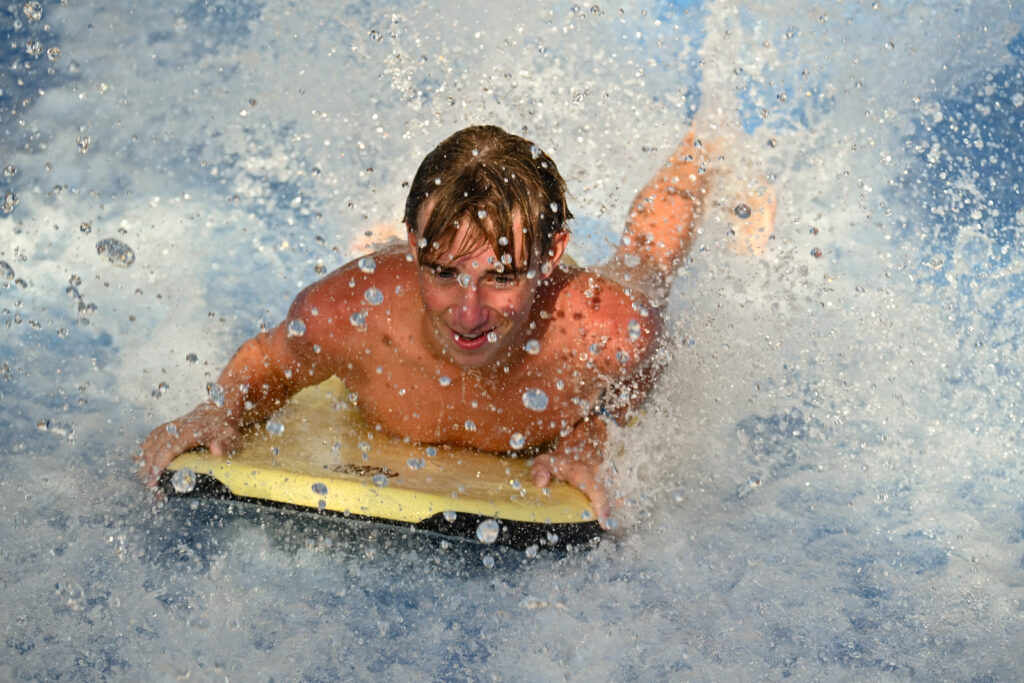
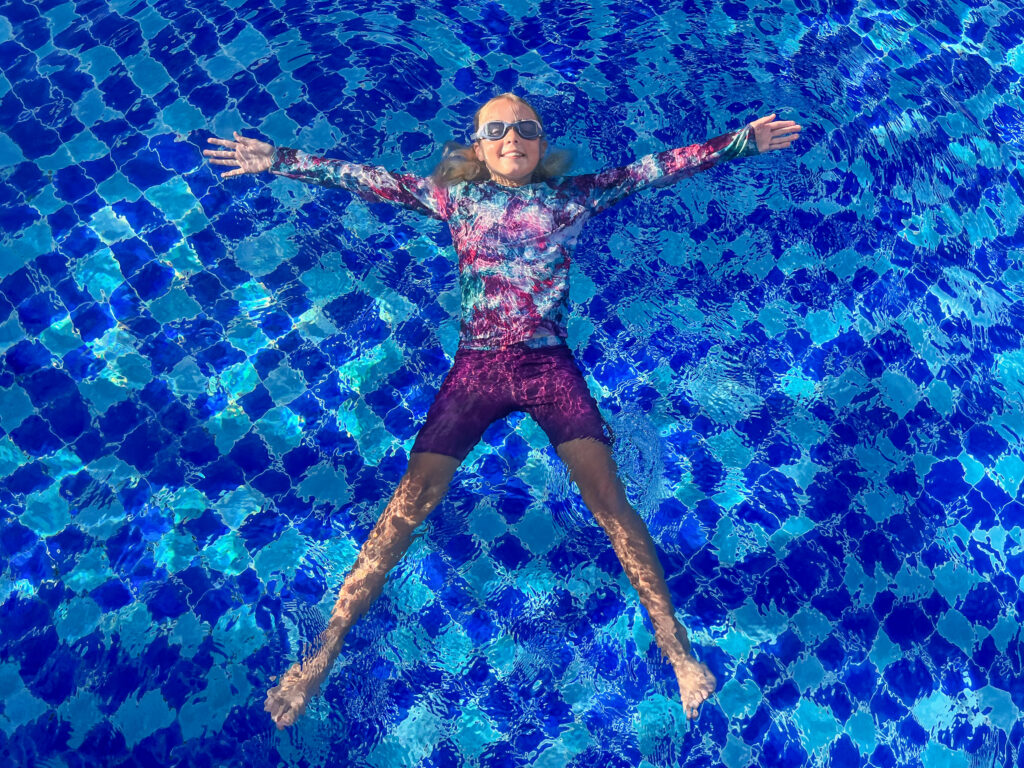
We made the decison not to visit any of sites related to the genocide in Phnom Penh. We had read on a blog that we follow who also decided not to visit the sites with their kids, “If the images at these places were a film, it would be rated 18+”. Instead we talked at length with the kids about what had happened, and continued to educate all of us about Cambodia’s past during our travels in Cambodia, but the atrocities of the genocide are horrific already without the graphic detail.
From Phnom Penh we caught the local train to Battambang. It was a pretty basic train and took about 7 hours, but the windows, and doors as it turned out, opened wide so there was lots of breeze and the views through the countryside were beautiful.

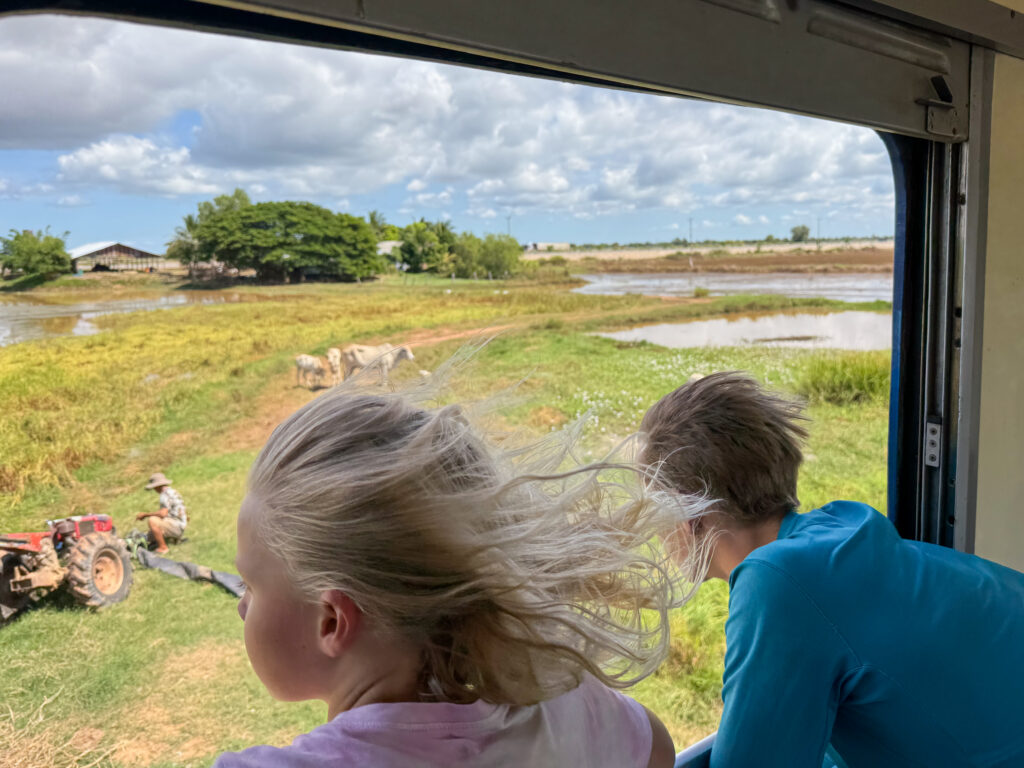
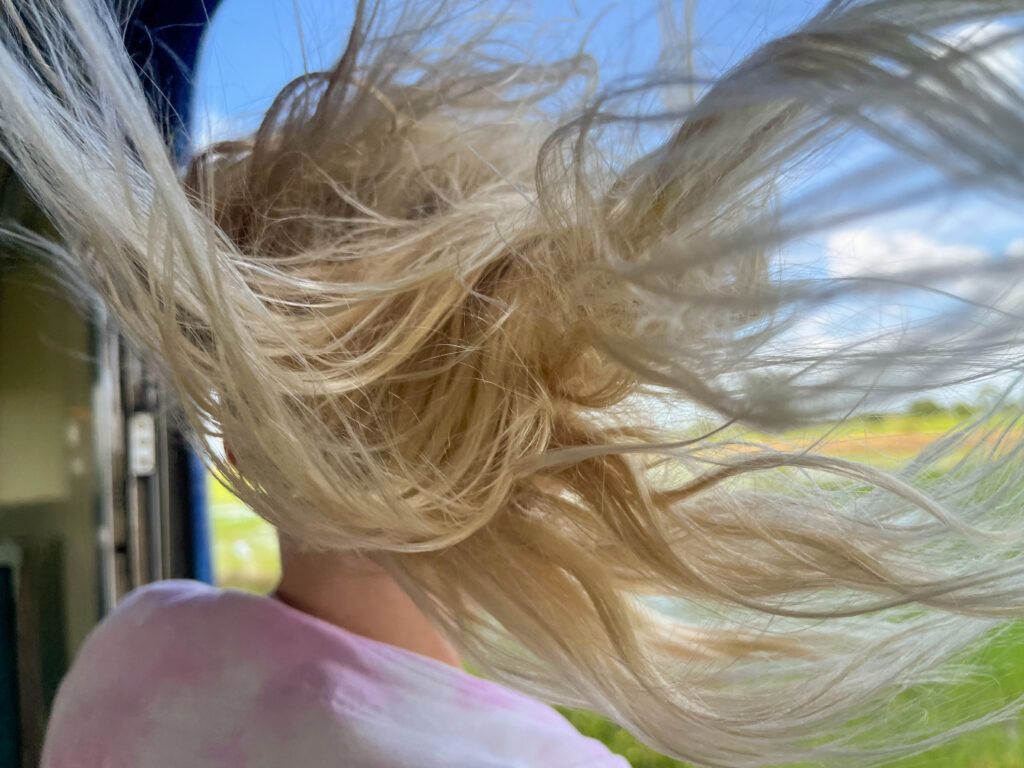
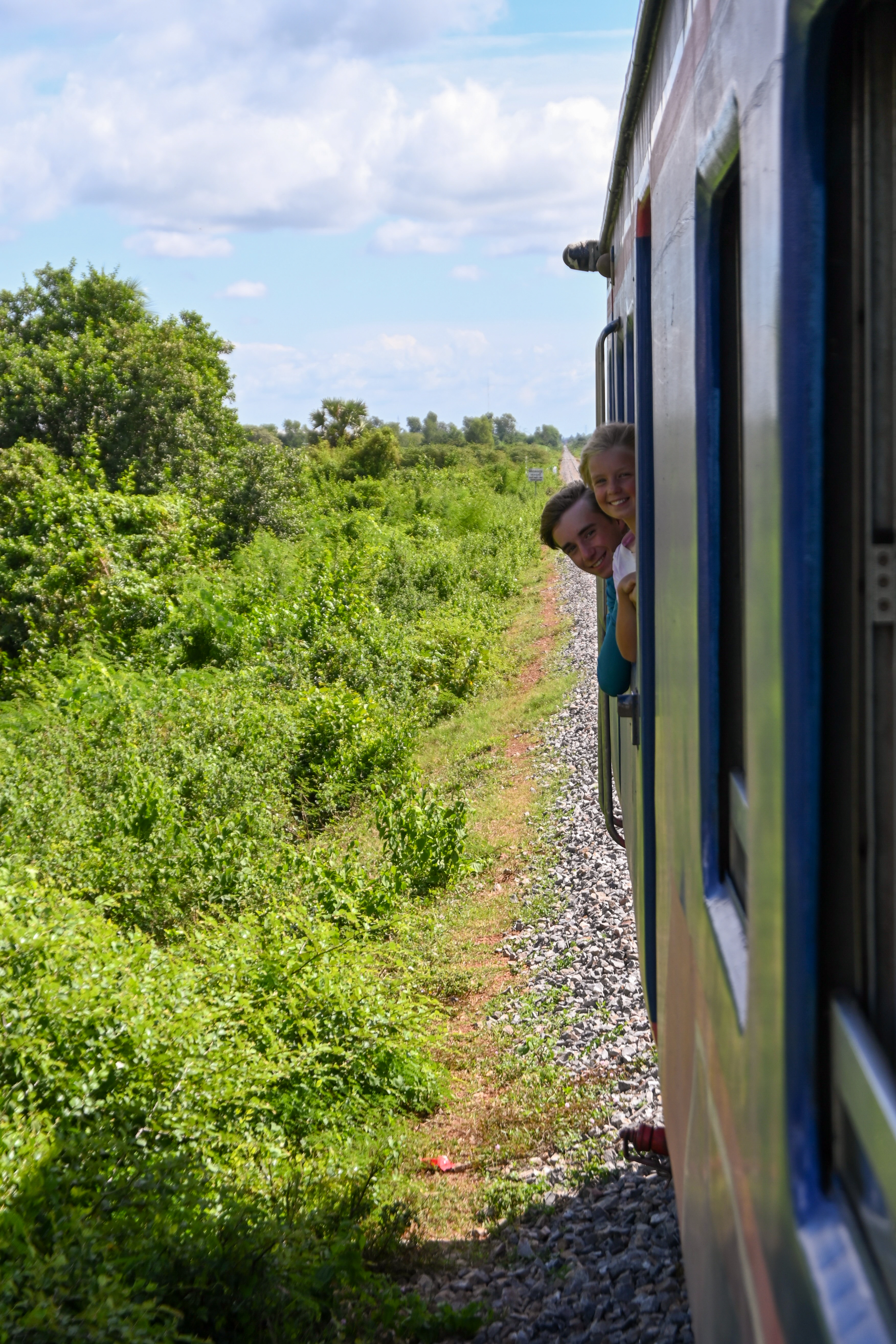
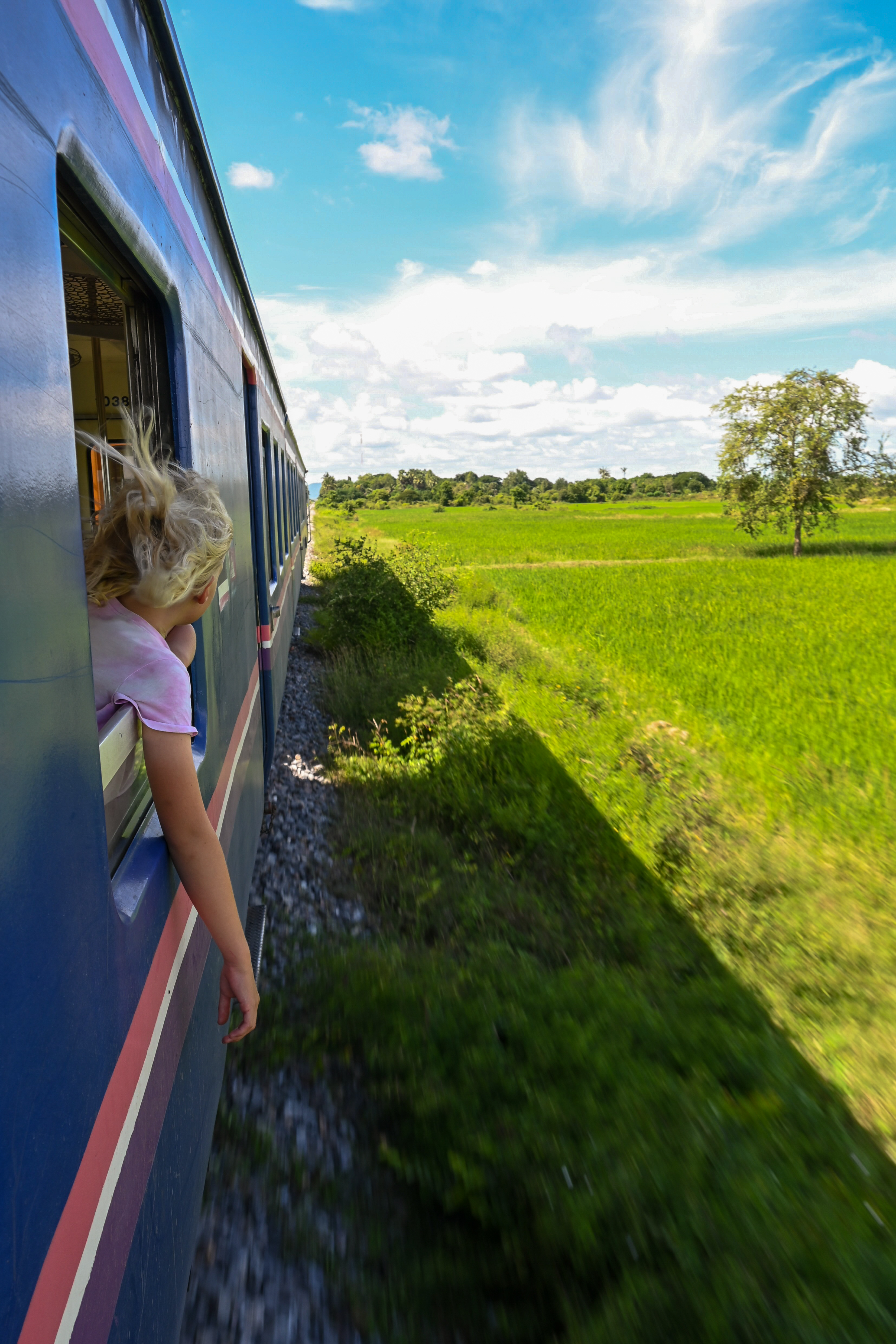
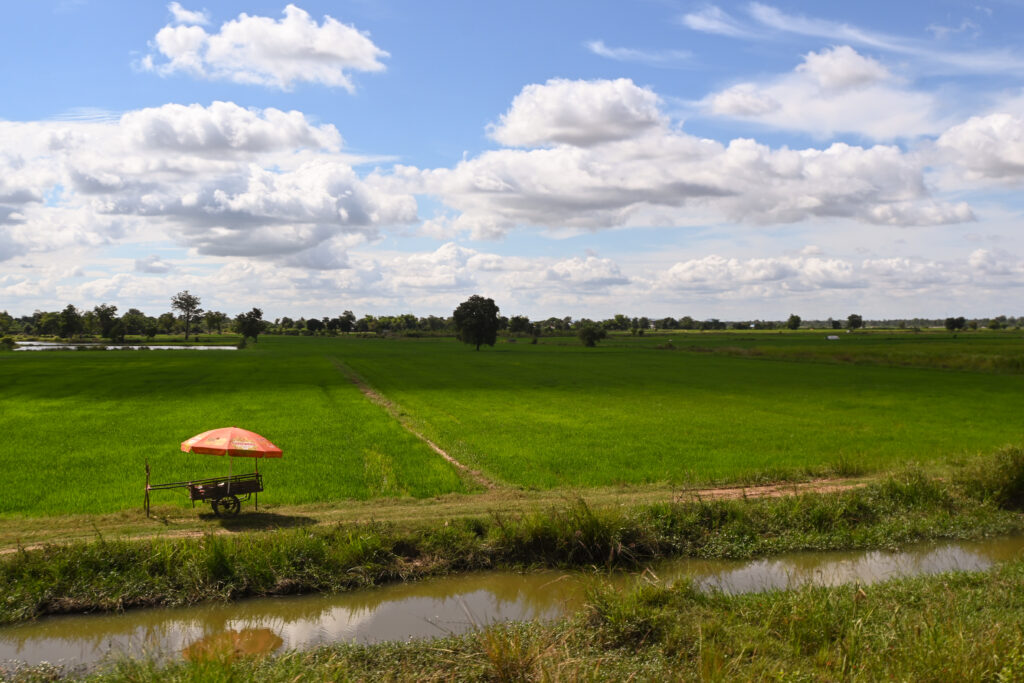
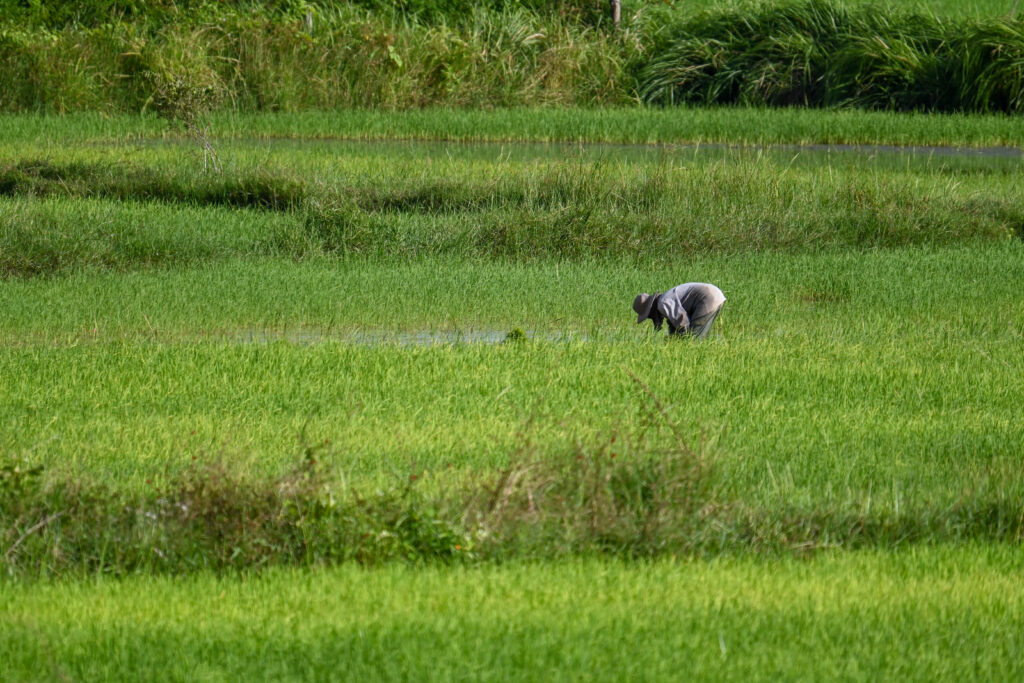
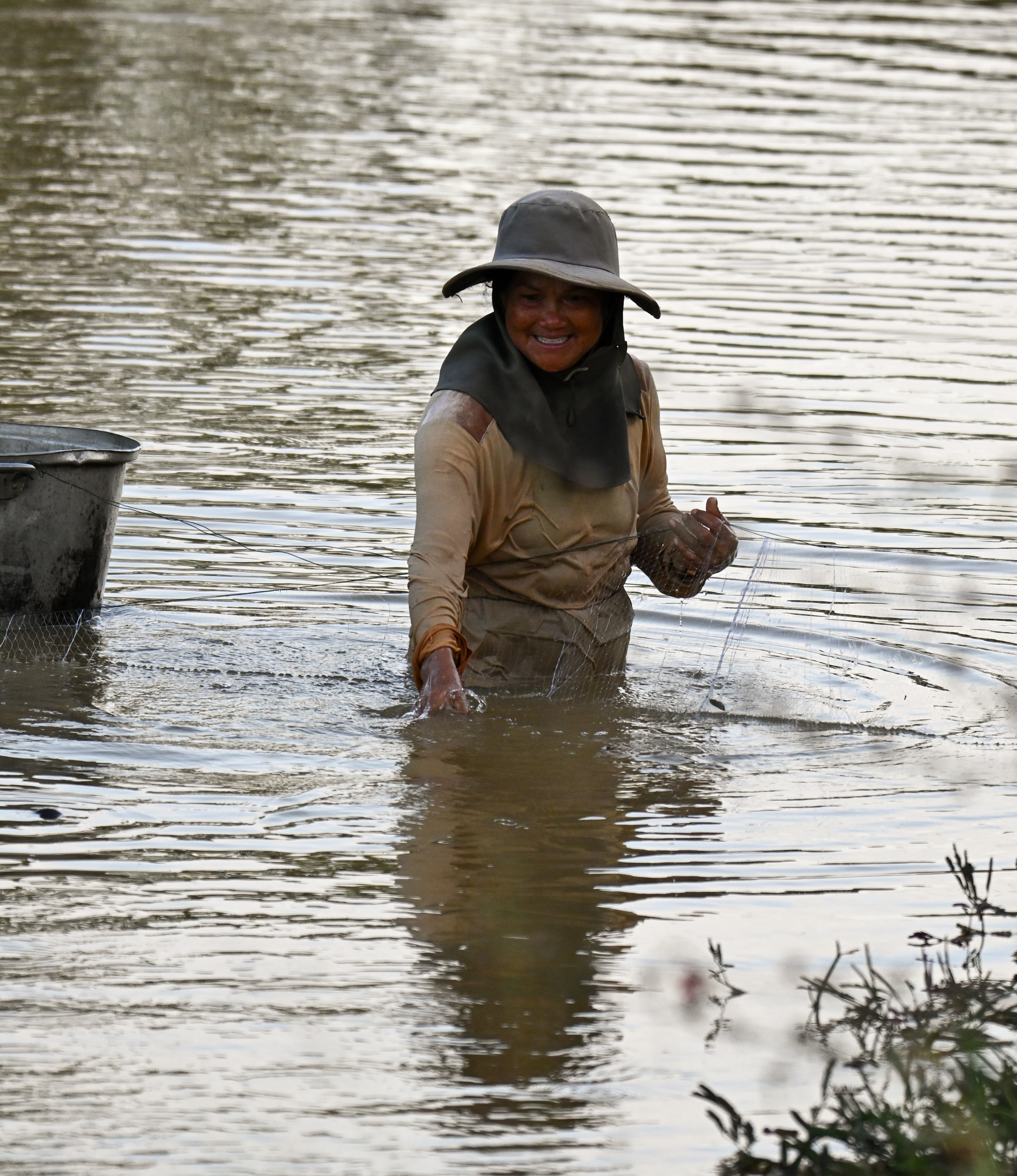
In Battambang, we stayed in a lovely homestay a little out of town. The family were so kind and the kids loved playing with their kids. Lucas bought the kids some new shuttlecocks so they could play badminton together, and Zara loved playing with the kitties too. The Mum made delicious meals for us and the other guests, and we loved sitting around the dinner table chatting.
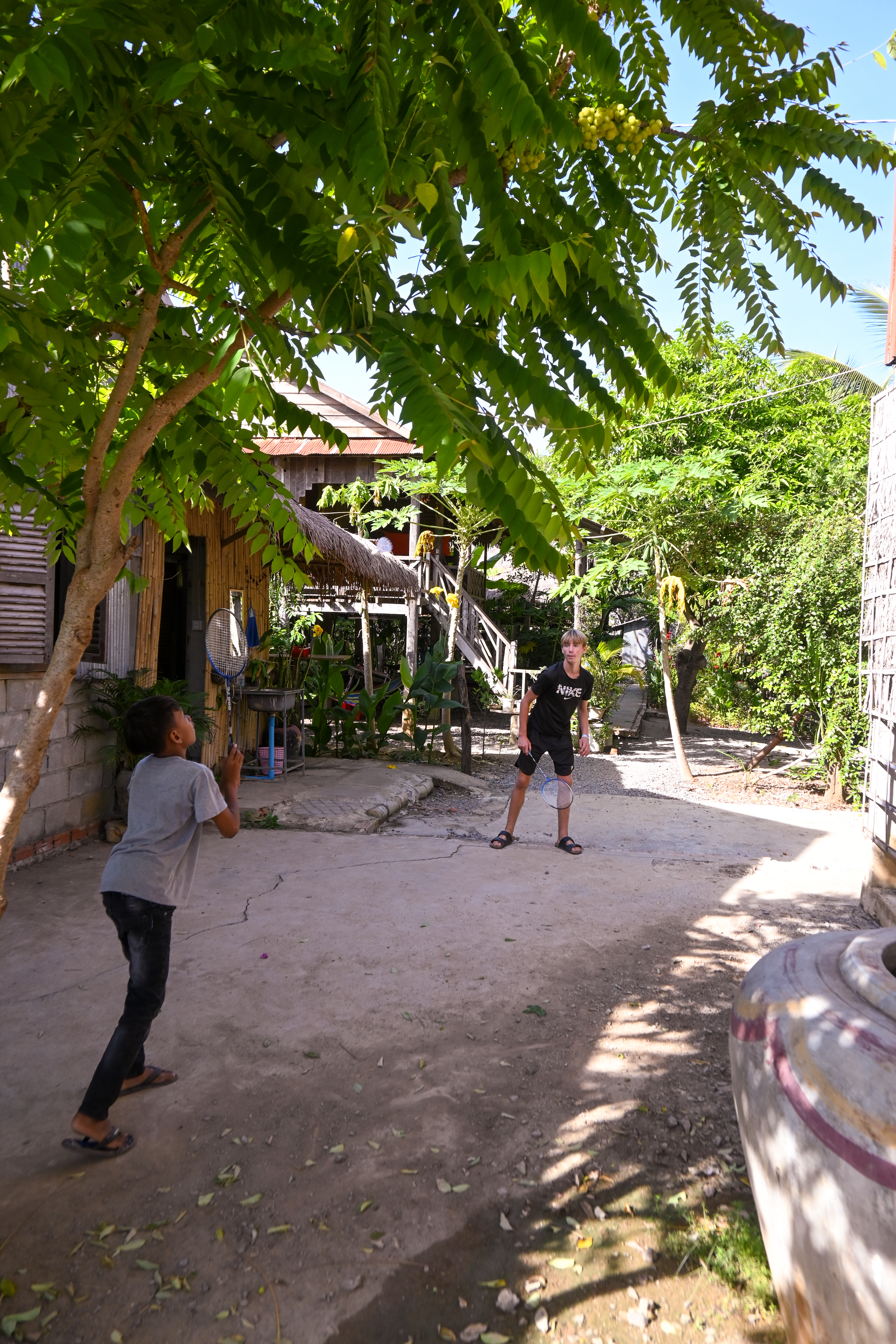
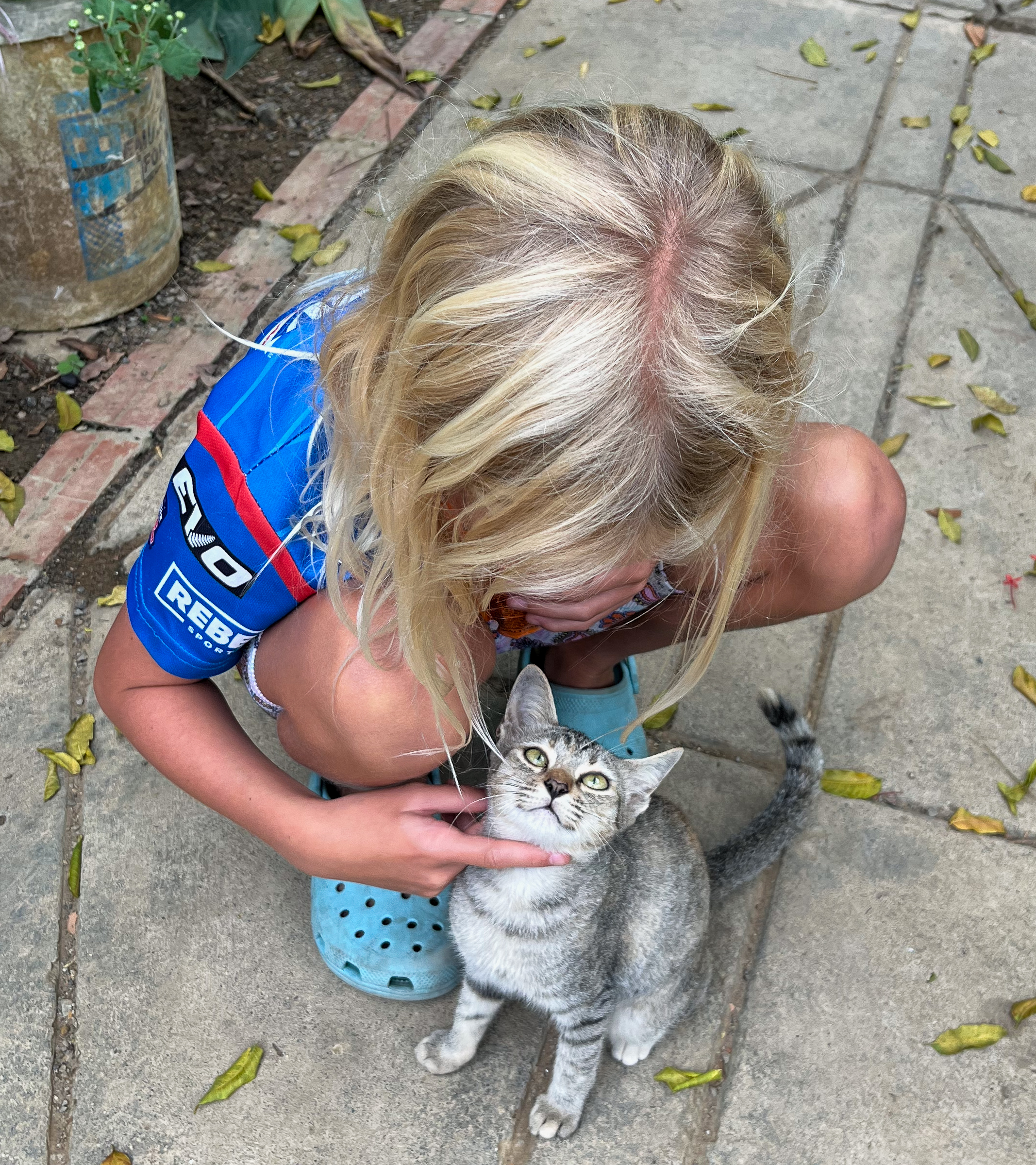
The Dad, Saro, was born in a refugee camp in Thailand, where he lived until he was 5 years old, after his parents fled from Battambang. Stories like this were hard to hear but it really made us look at the people around us and feel empathy, particularly for the older generation. Saro summed up Cambodians in a few words when he said “now Cambodia is peaceful so we smile and are happy”. One evening Saro took us to a nearby pond to watch the fireflies buzzing around – we don’t have fireflies in New Zealand so it was such a treat to see them.
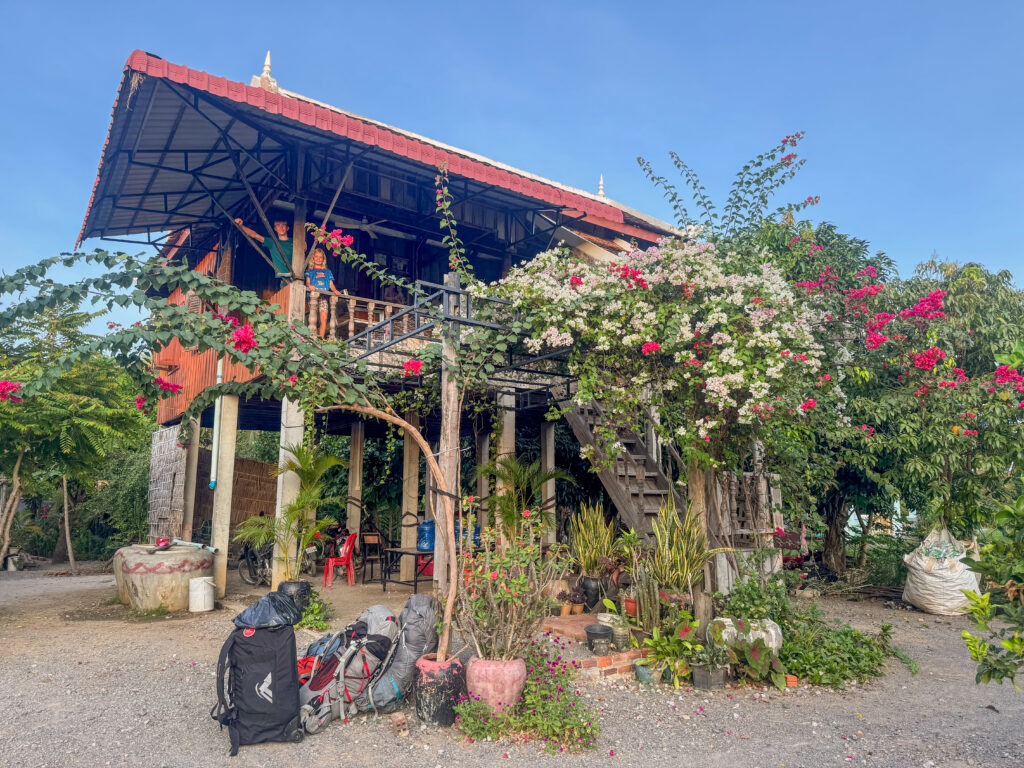
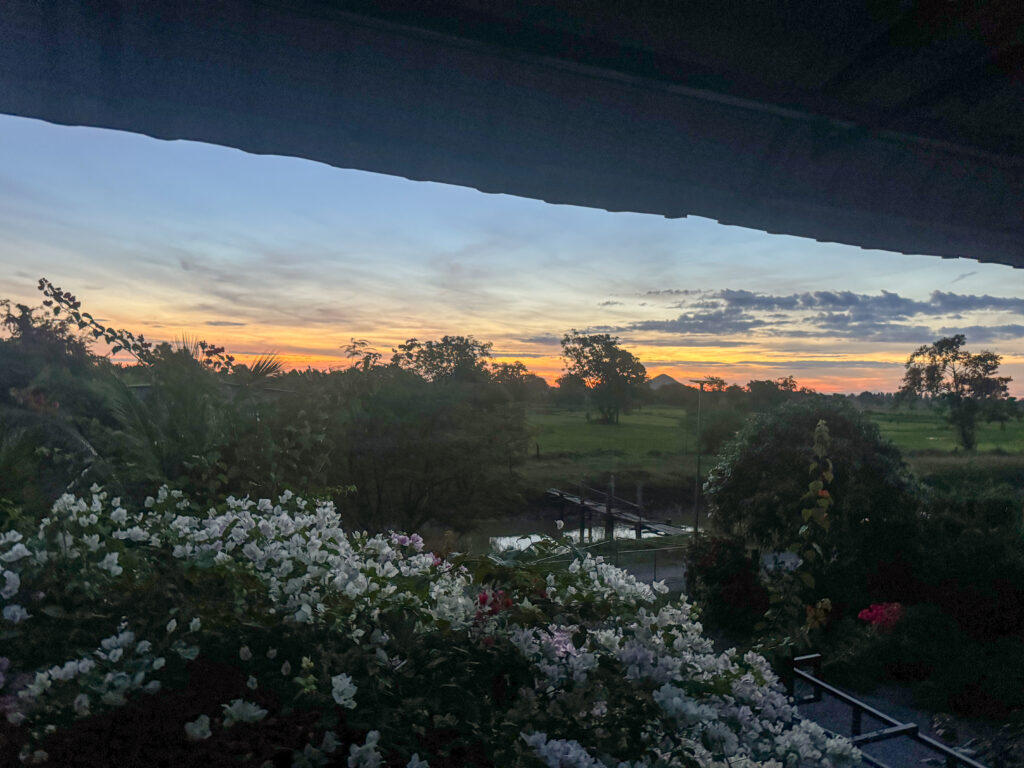
The homestay was just around the corner from the Bat Caves of Phnom Sampov, which contain a colony of over one million Asian wrinkle-lipped bats. These bats leave the cave en masse at sunset, flying up to 50 kilometres to hunt insects. We were fascinated to read that the appetite of the bats for agricultural pests likely prevents the loss of over 2000 tons of rice per year, enough to feed over 21000 Cambodians annually! It was absolutely incredible (and pretty stinky) to watch as the bats, as if on cue, began pouring out of the cave, forming an endless river of bats snaking into the evening sky in search of their prey.
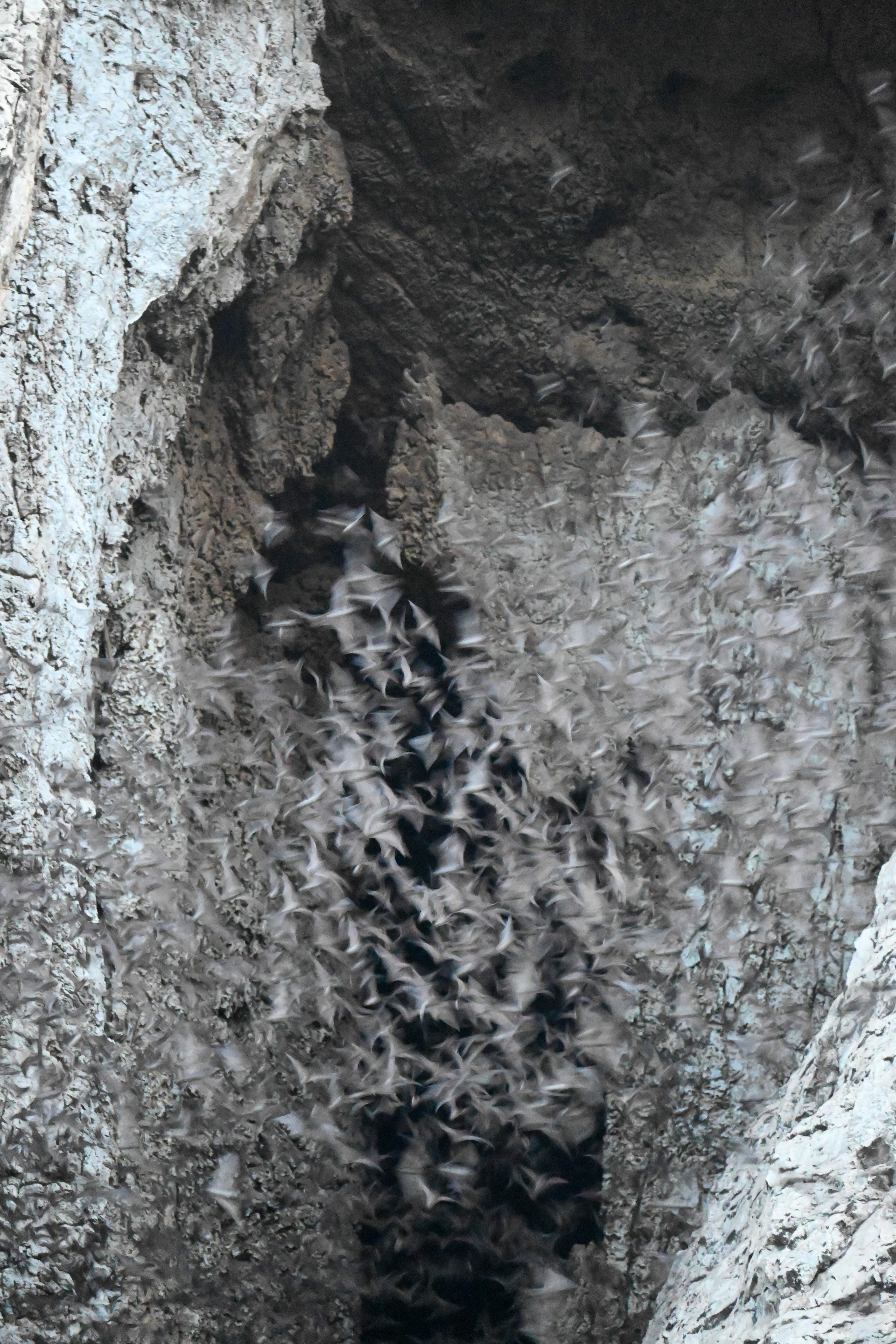
We, of course, had many unanswerable questions as to the order and the hierarchy: Does the first bat always leave first? Why did one bat in every hundred or so not stick with the others and fly off on its own path? Do they return to the cave in the same order they left?…
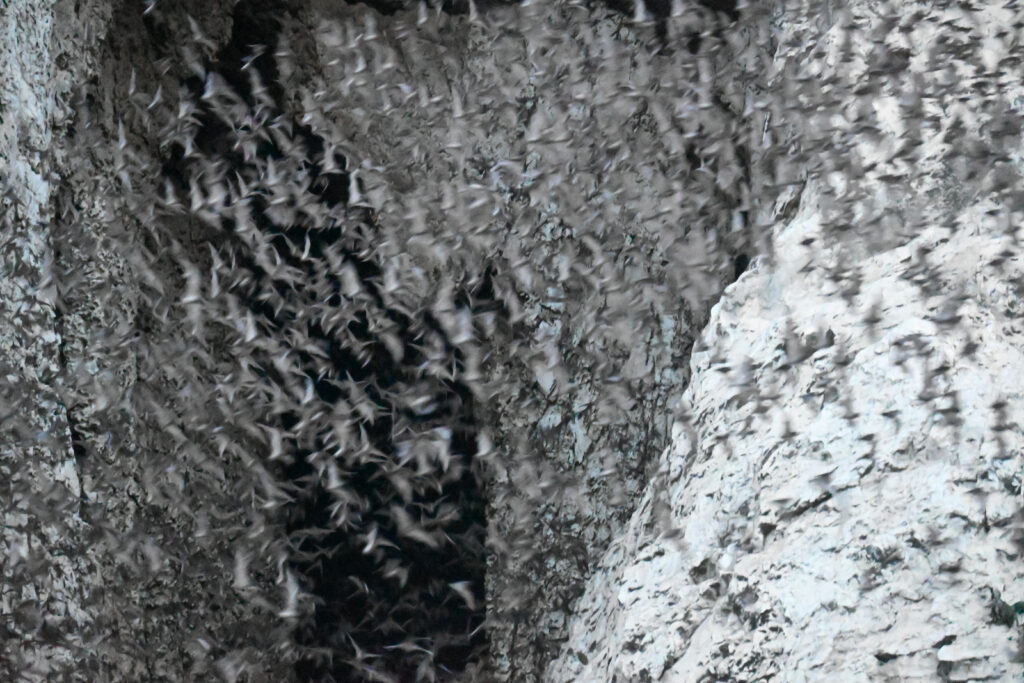
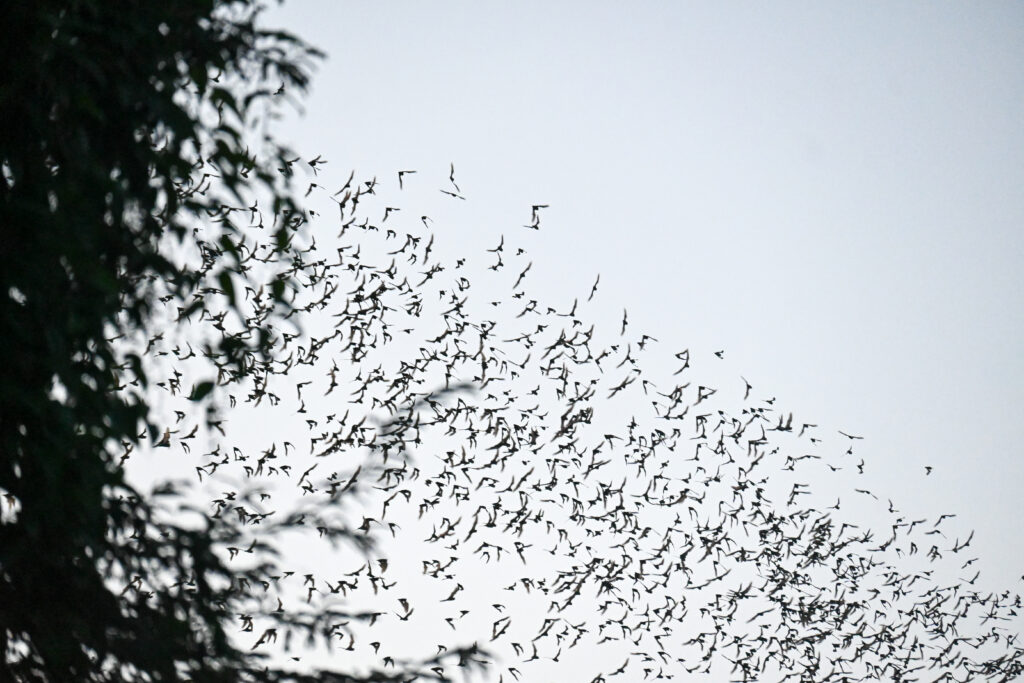
But as captivated as we were, it took so long for all the million-plus bats to head out on their evening forage, that even we started walking home before the last bat had left the cave!
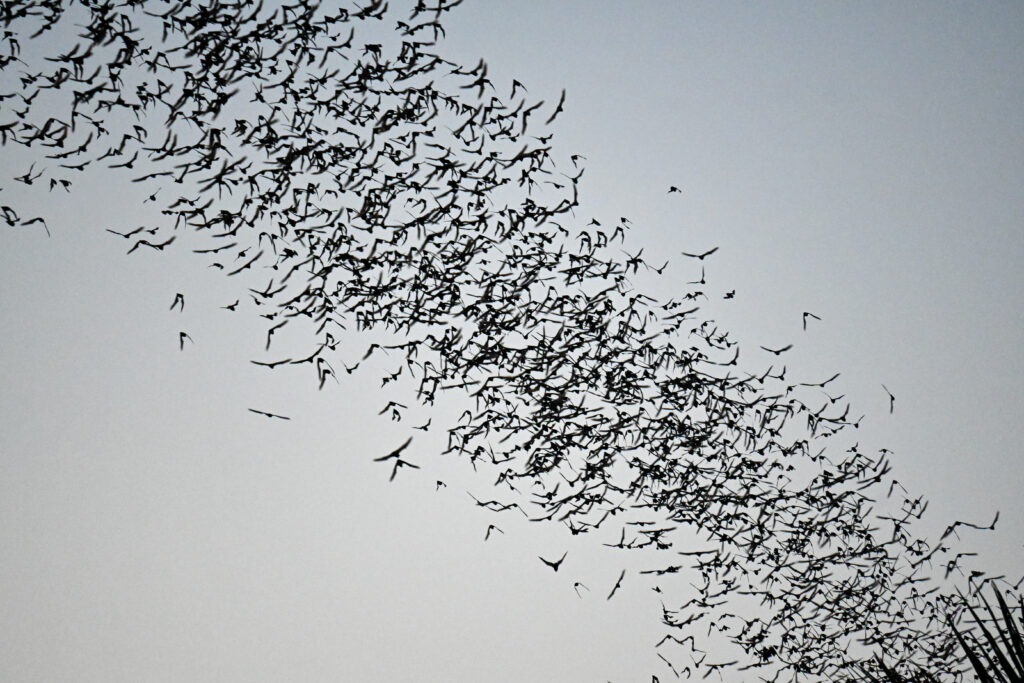
One day the homestay organised a tuk tuk driver to take us to lots of interesting sites around Battambang. First up was the bamboo train.
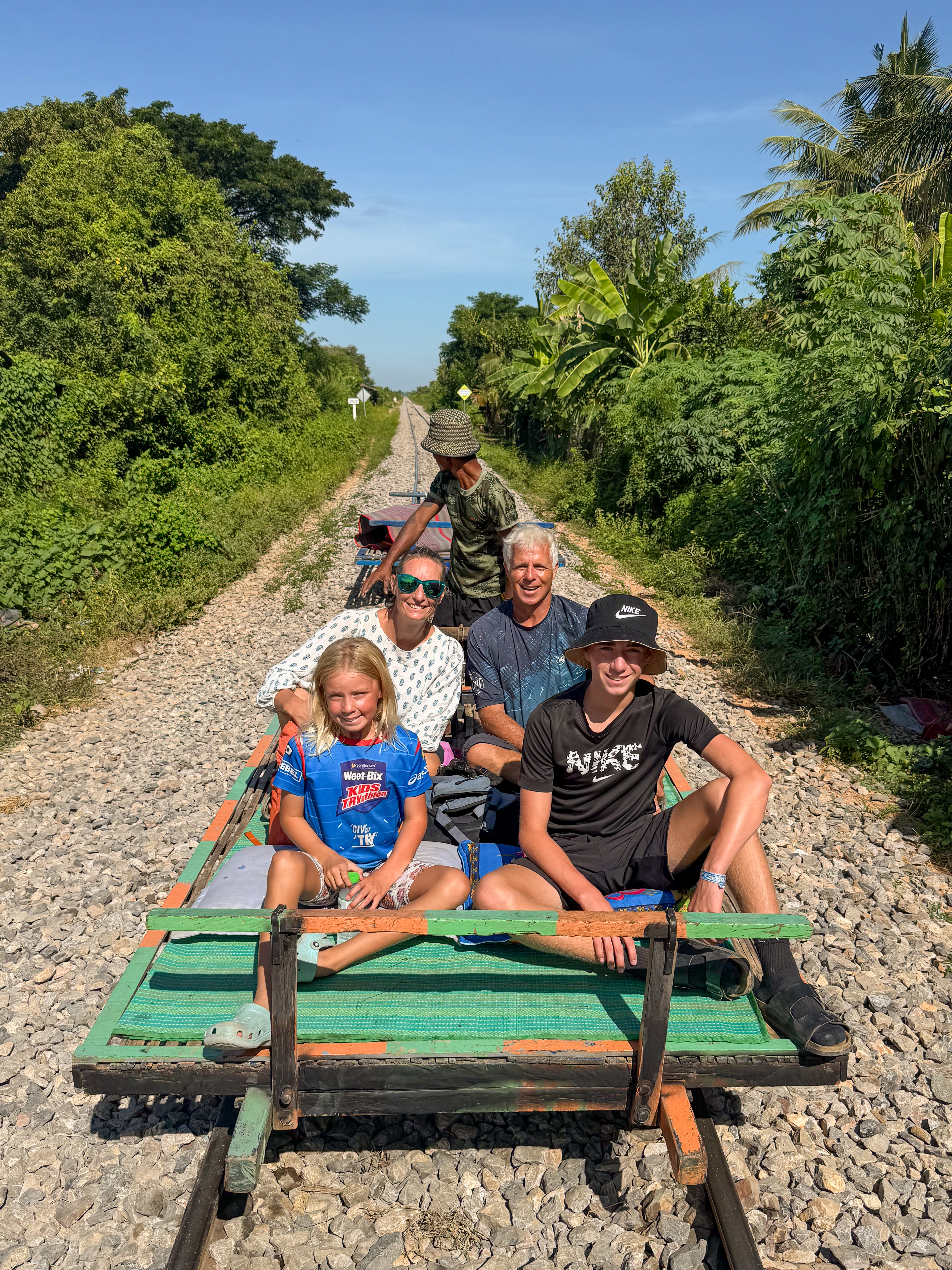
When Cambodia was a French colony (from 1863 to 1953), a rail network was built to transport goods and people between cities. However, the 1970s brought invasions by Vietnam and the US (as part of the Vietnam-America Conflict) as well as the civil war and the horrors of the Khmer Rouge, resulting in the destruction of the country, its people and its infrastructure – and the rail system was largely abandoned by the government. Taking things into their own hands, the locals used scraps left after war to make a steel frame resting on wheels from abandoned tanks that fitted the width of the train tracks. The frame was overlaid with bamboo slats to make a platform. These norries (named from the French word for lorry) were originally propelled by hand using a punt pole, but power was later added using small motorbike or tractor engines, which meant the norries could run at speeds up to 50 km/h.
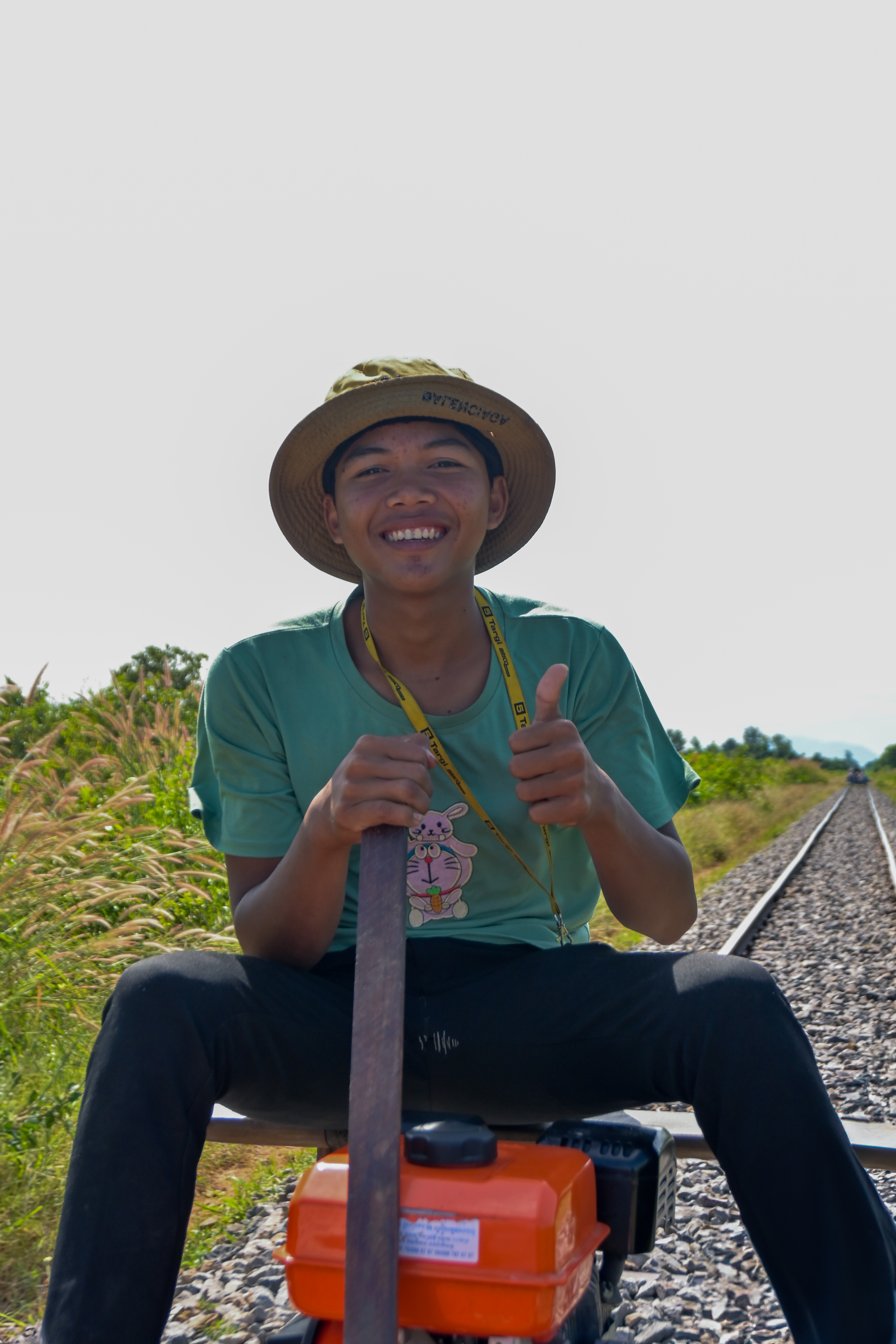
Norries had low fares, could carry any load that would fit, including people, animals, motorbikes and rice, and were frequent and relatively fast – so they were a popular method of transport. Their simple, lightweight construction meant that a norry could be easily removed from the track – if two met on the line, the one with the lighter load was removed from the rails, let the other pass, and then was reconstructed back on the tracks. At the end of the line the vehicle would be lifted and turned to go back the other way.
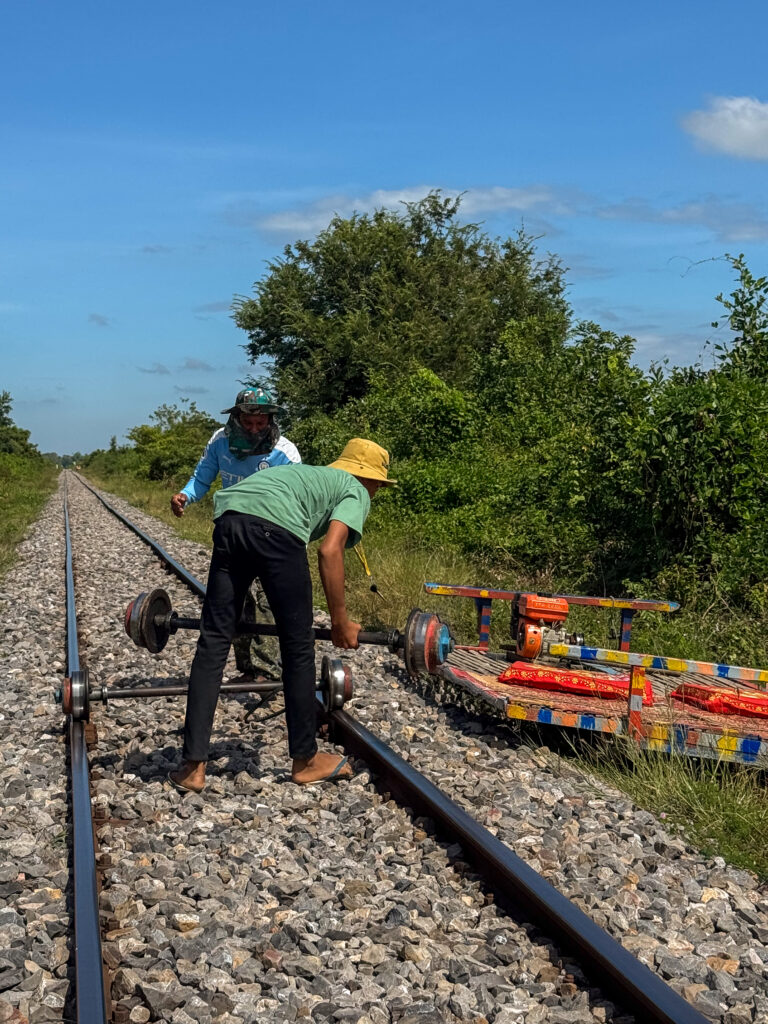
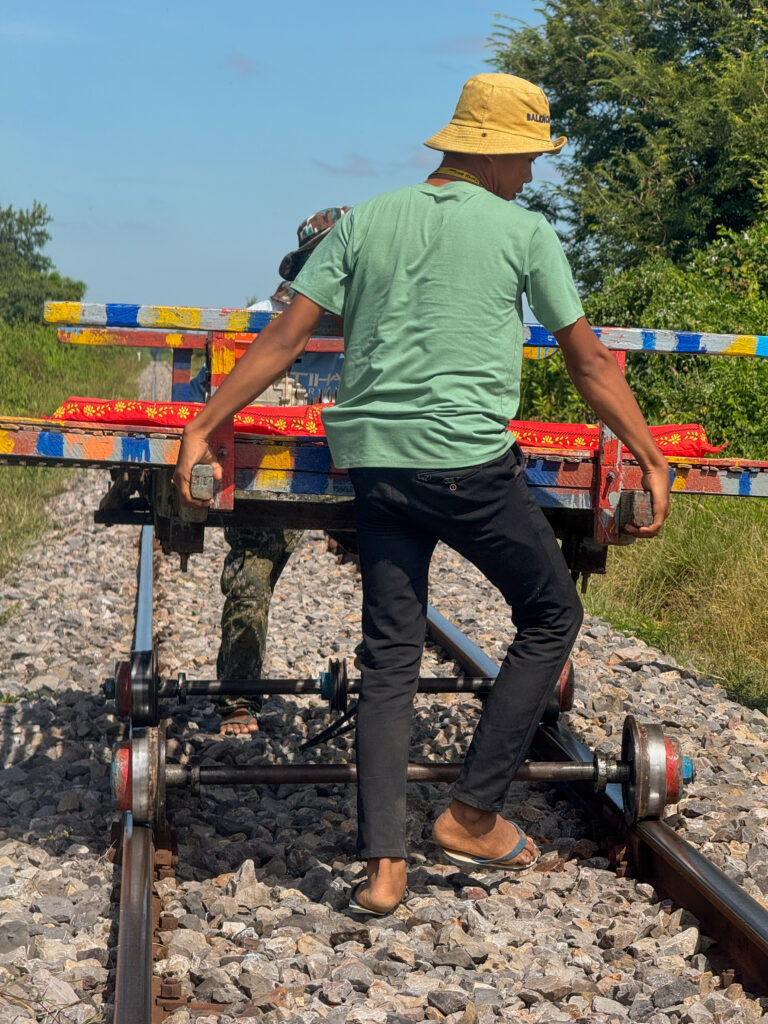
With the increase in better roads and infrastructure the norries would have ceased to exist, but ‘Lonely Planet’ mentioned the “bamboo train” and now it is a thriving tourist attraction!
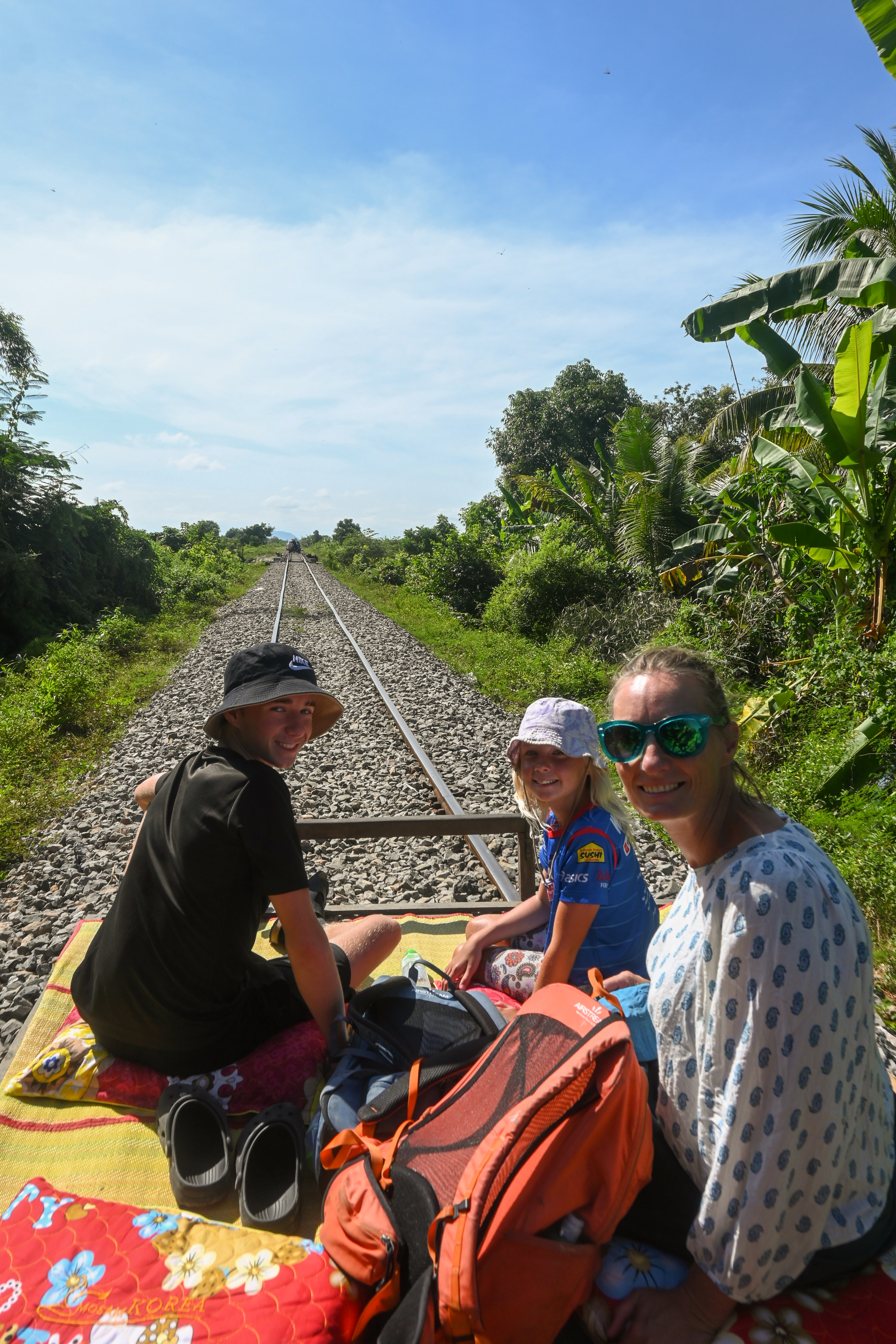
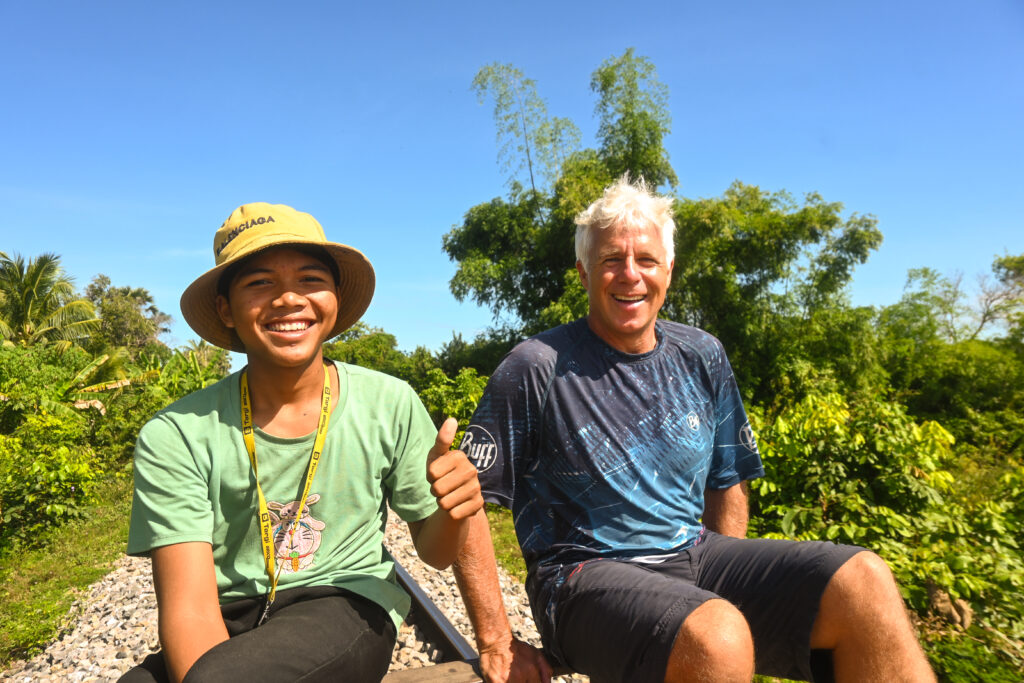
Our other stops included:
- Watching the process of making traditional rice paper by hand:
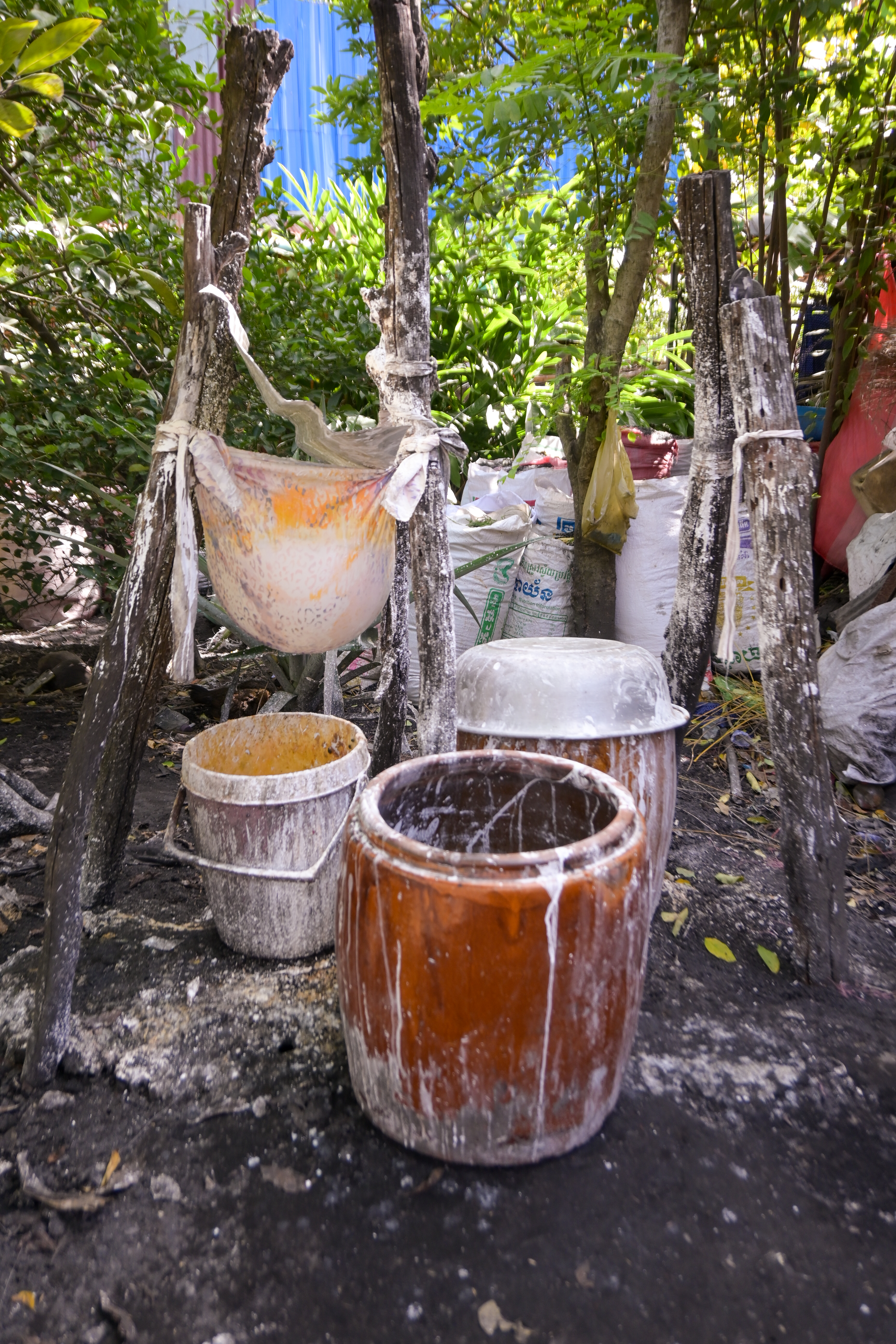
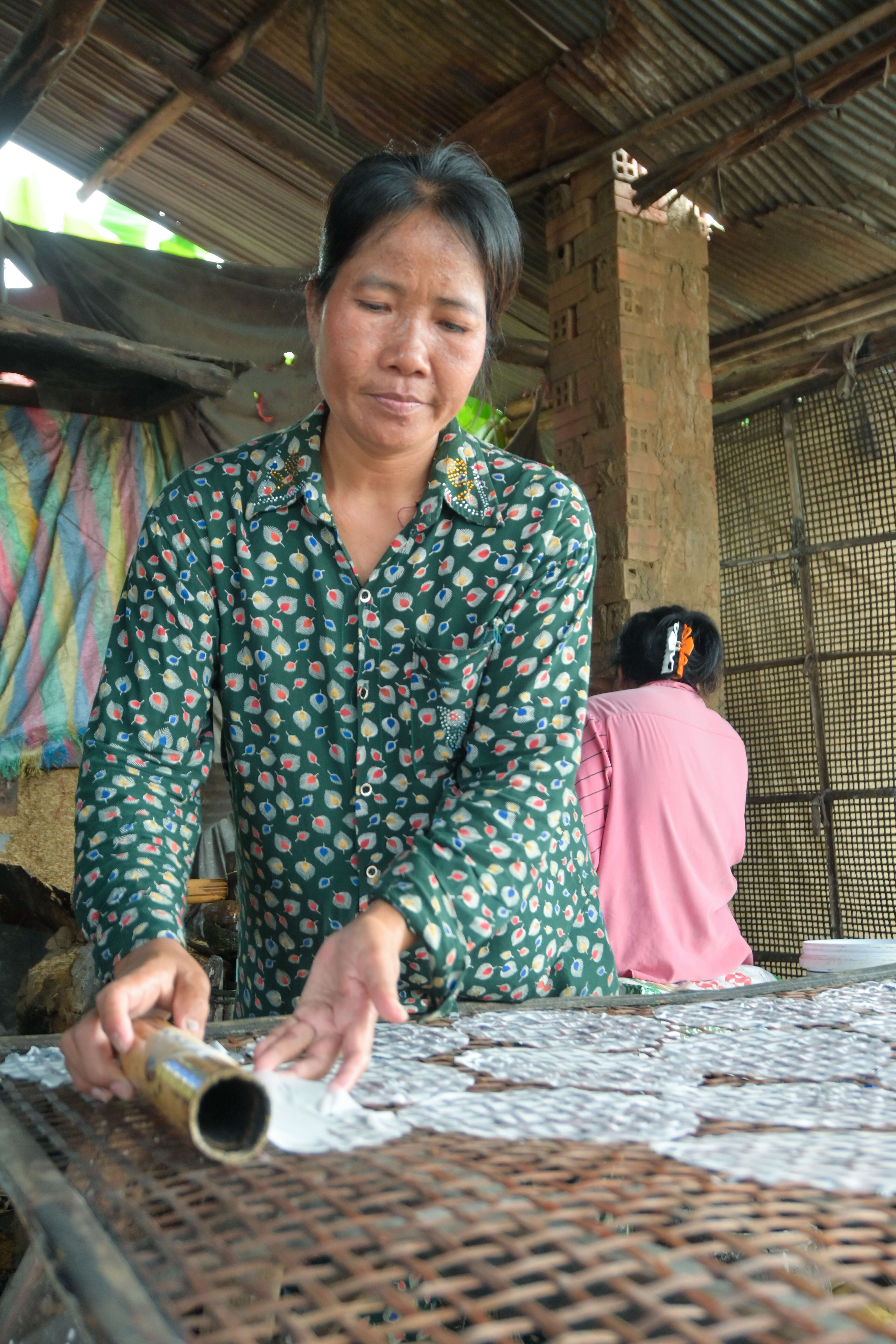
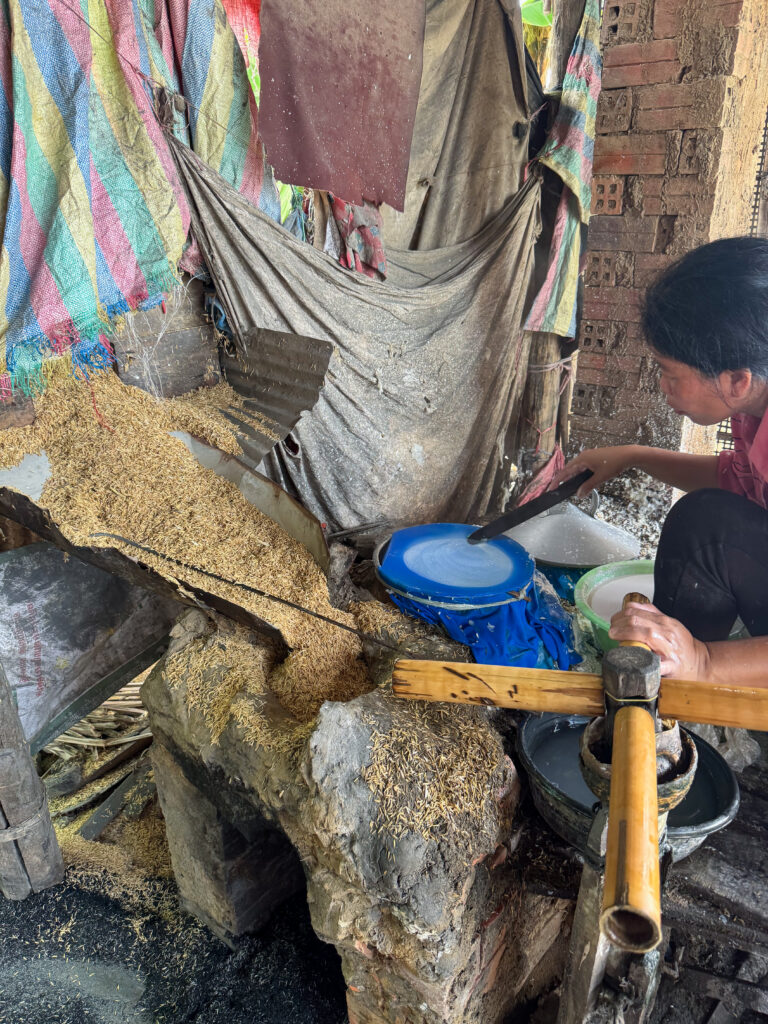
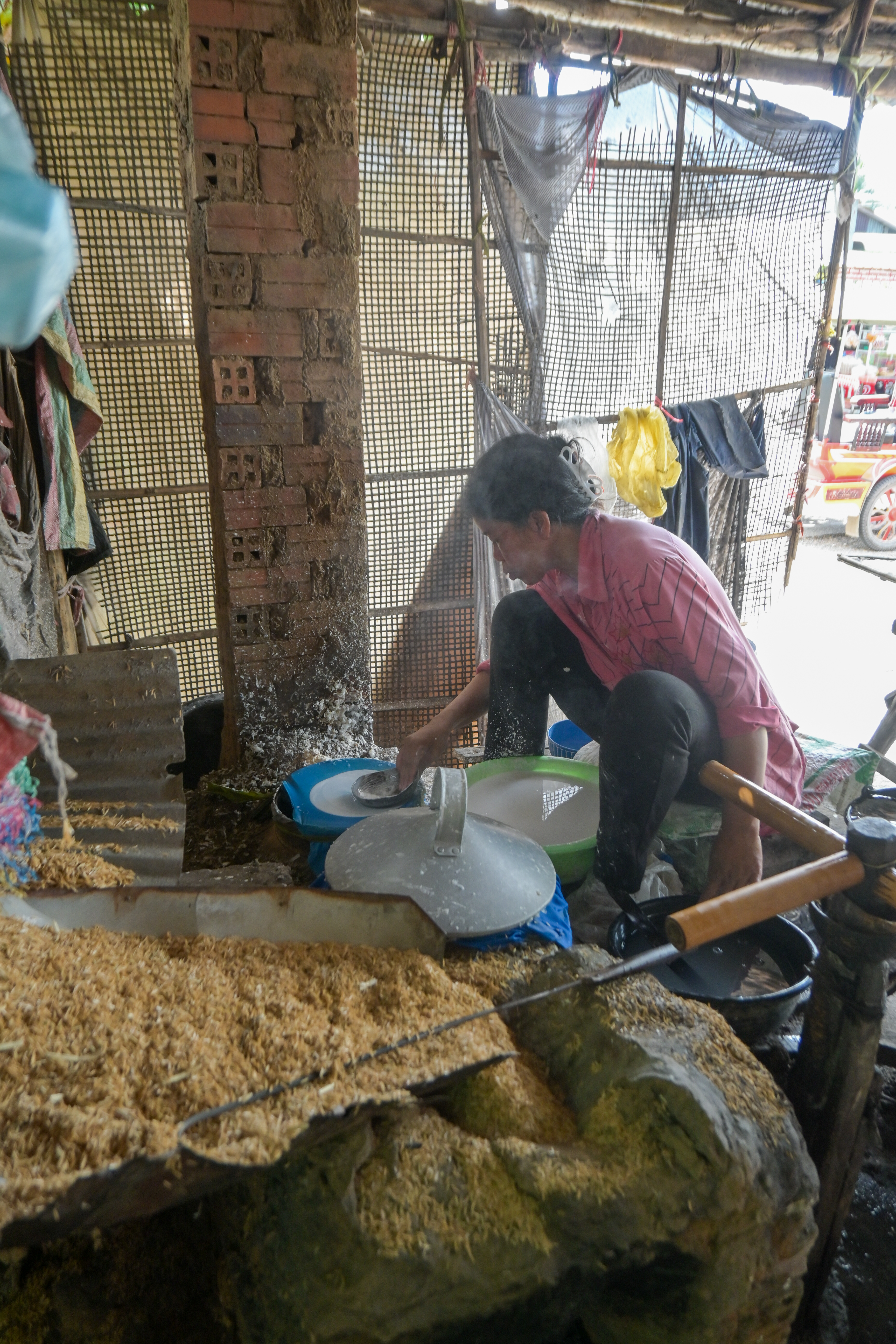
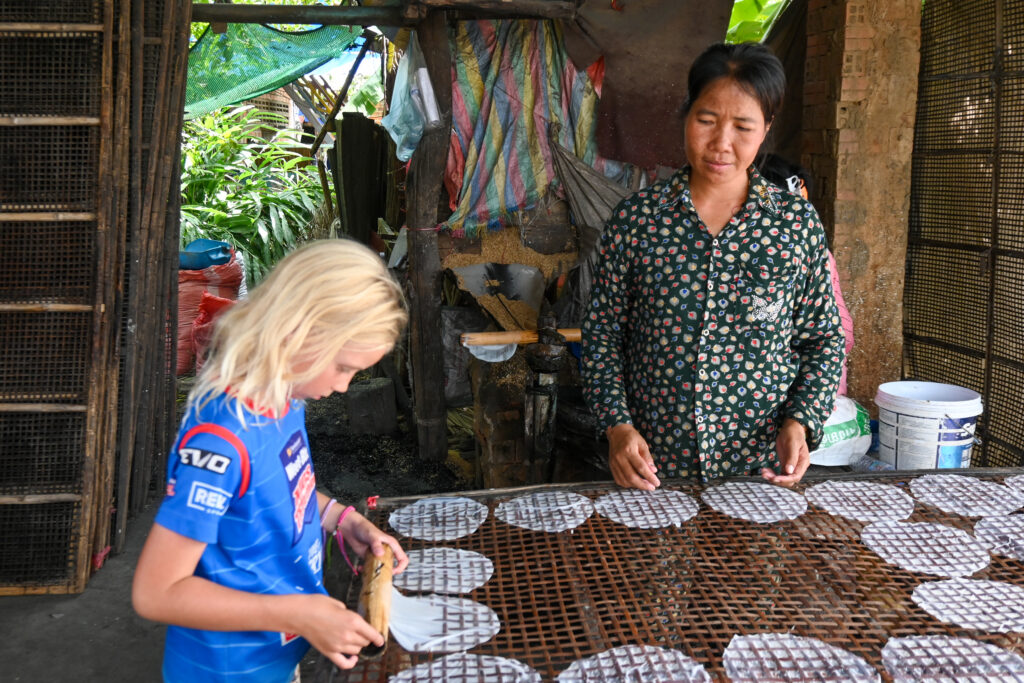
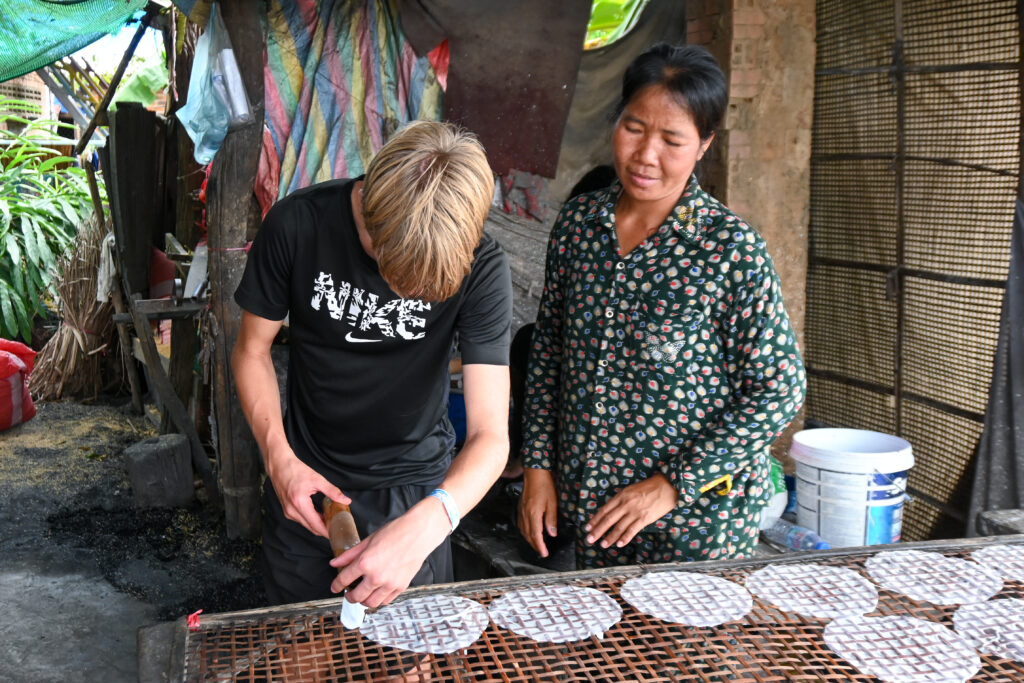
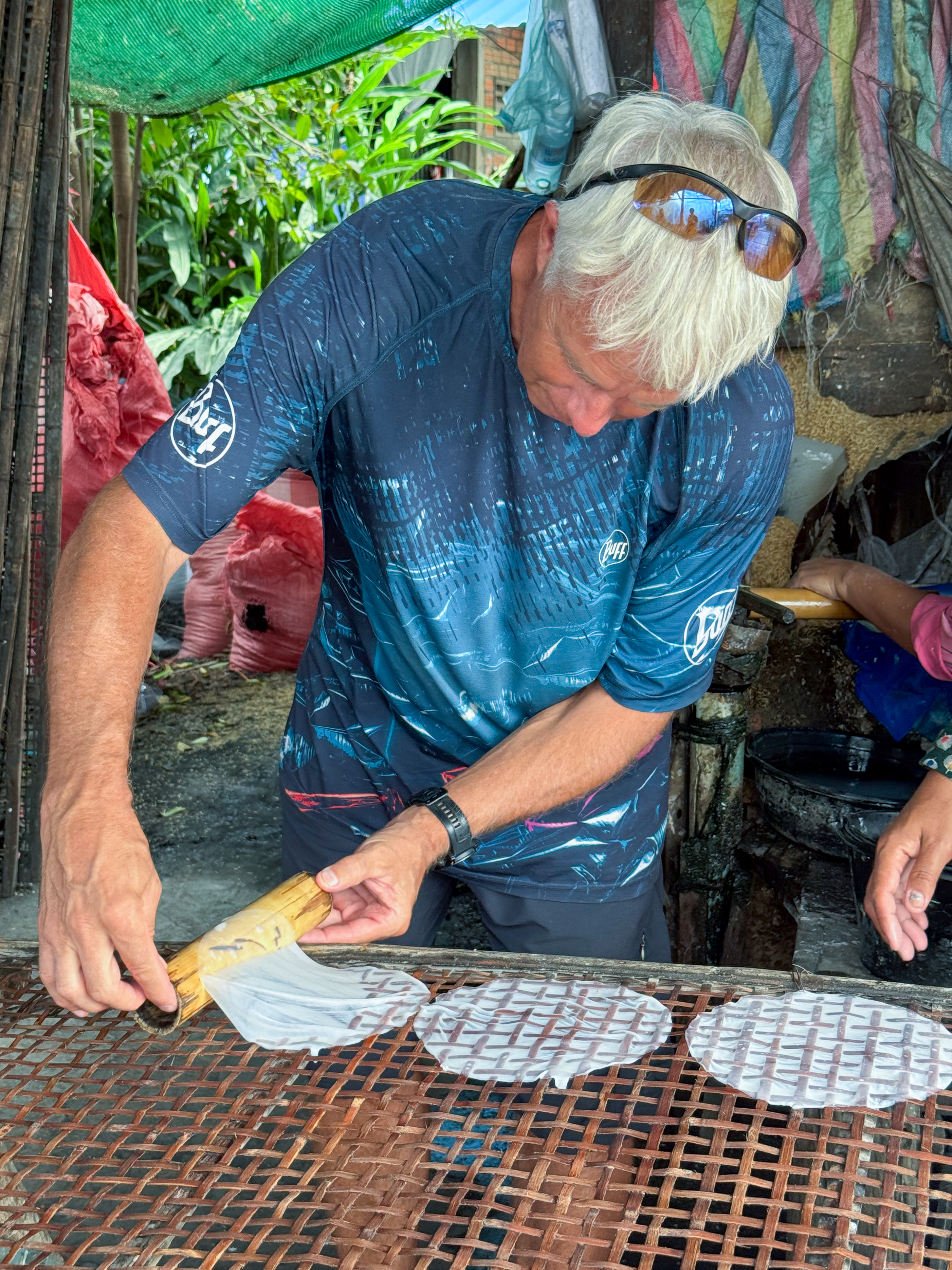
- Watching traditional kralan (sweet sticky rice) being made and then being taught how to eat it properly. It was delicious! :
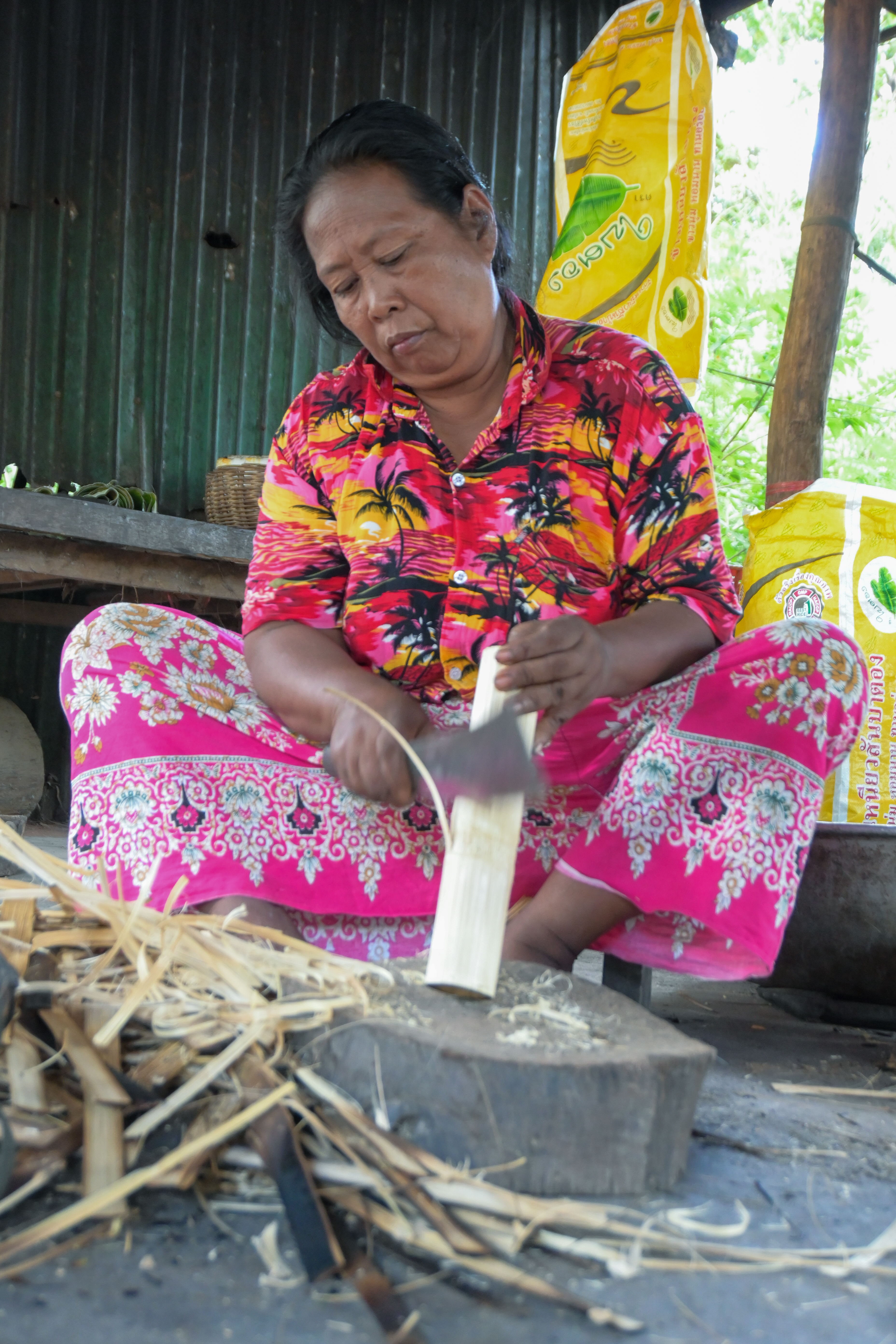
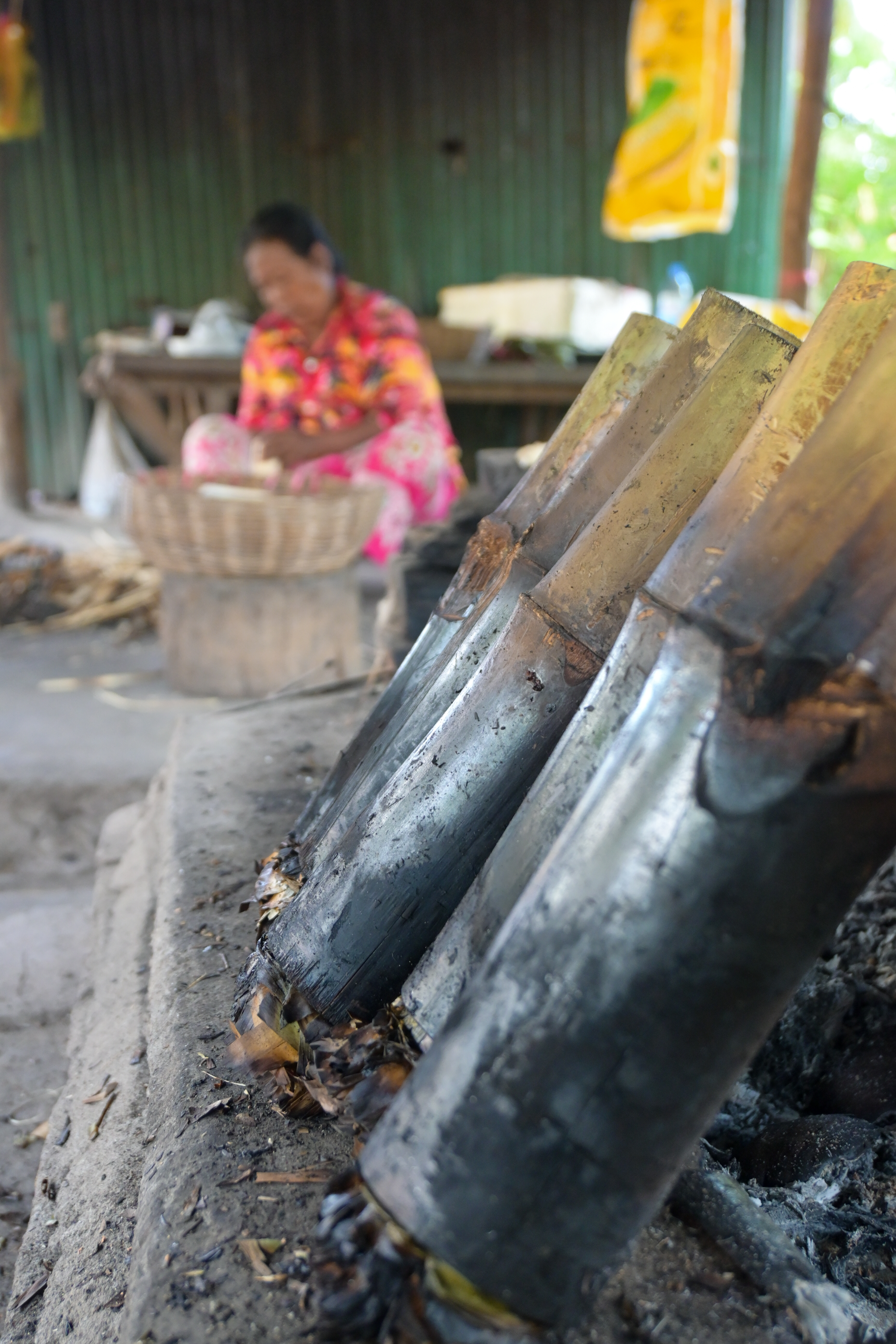
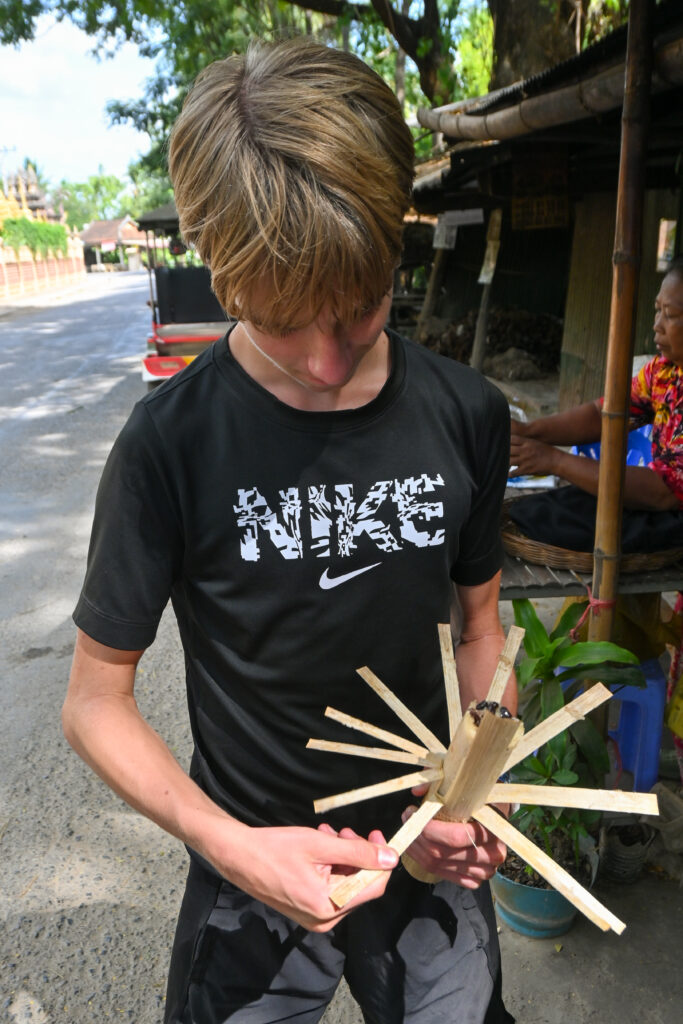
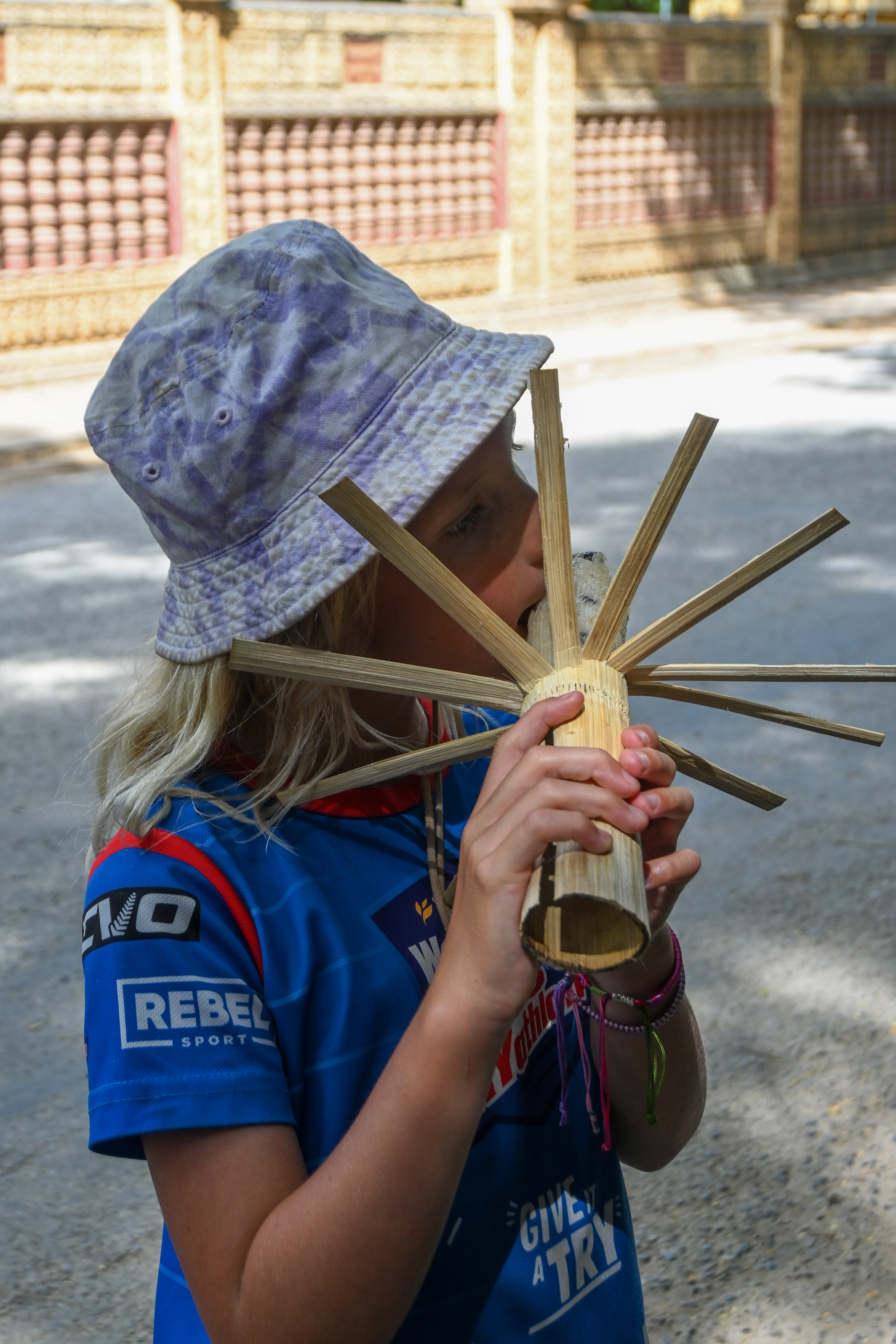
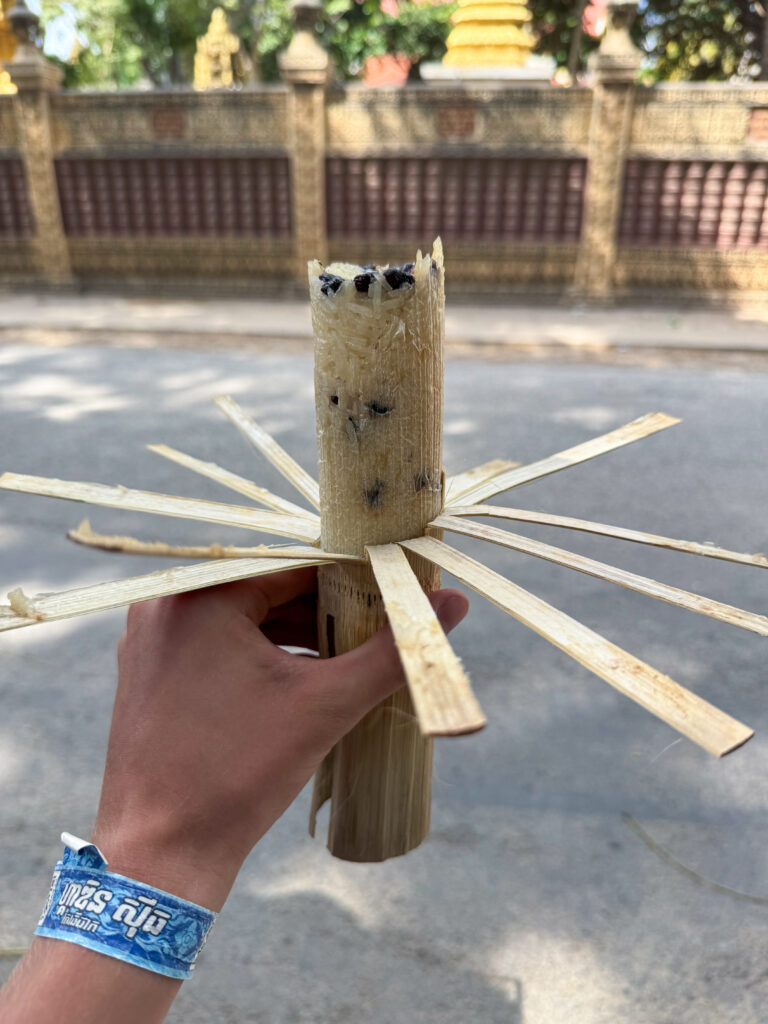
- A visit to a crocodile farm – this was a weird stop so only the kids went in:
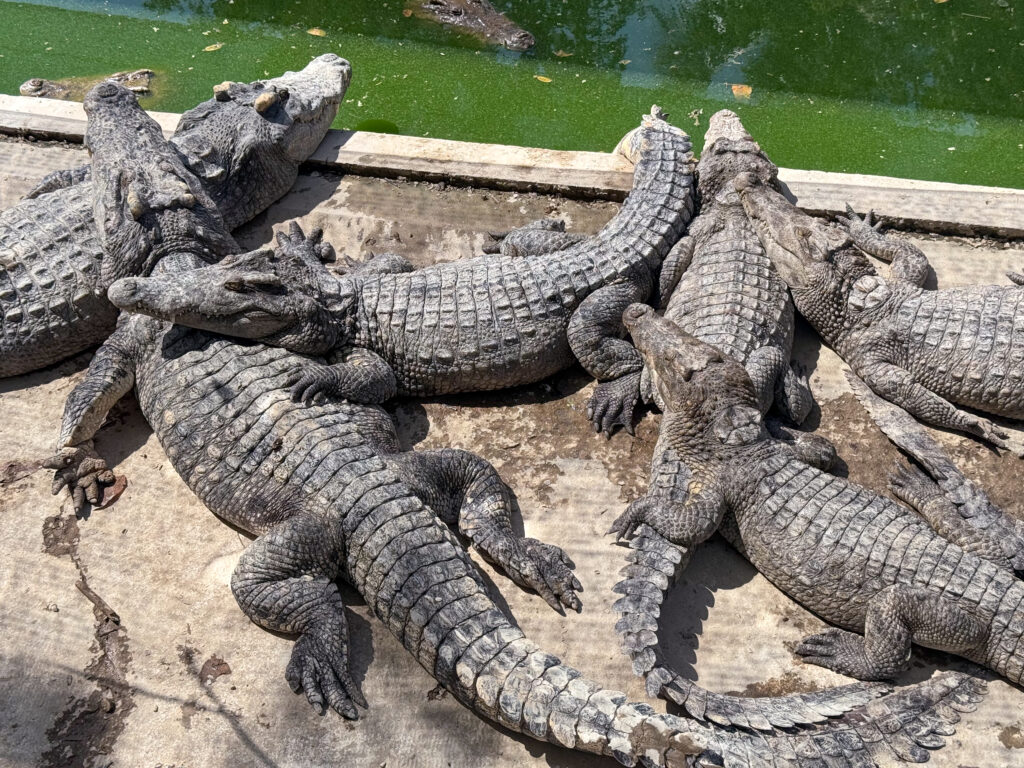

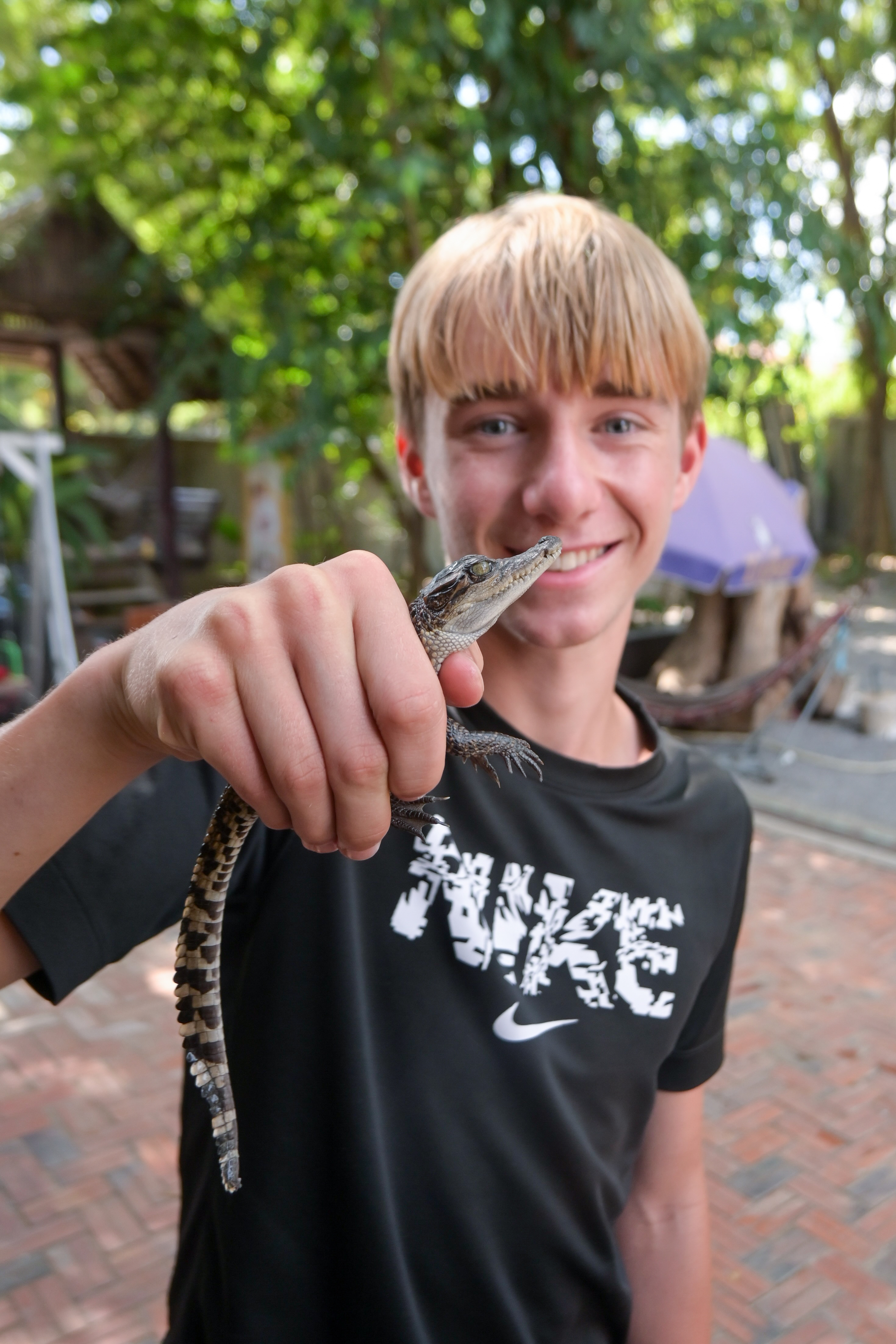
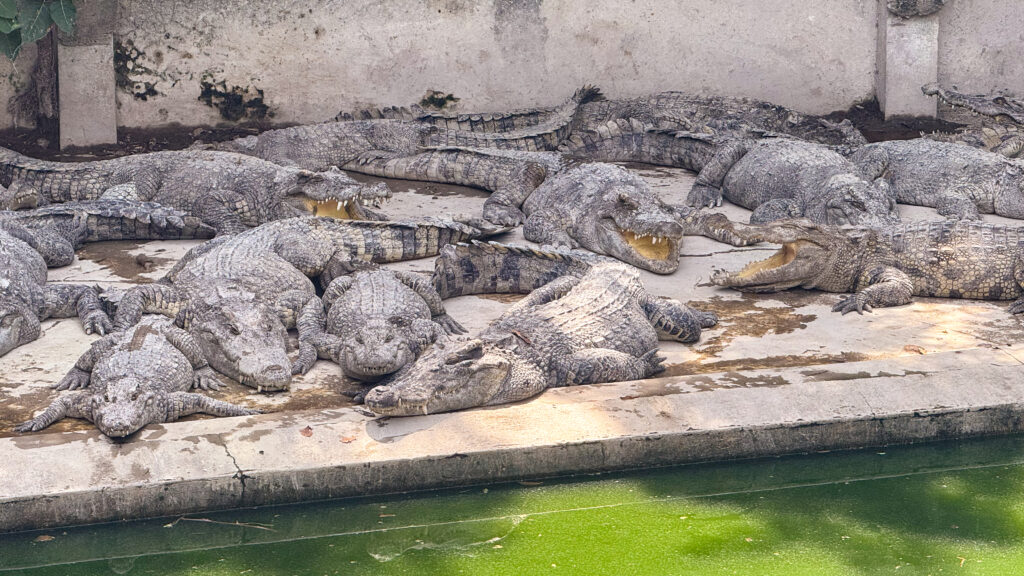
- A fish market – the smell was absolutely revolting even on the street outside so only the boys went in – which turned out to be a regrettable decision by them! Looking rather green, Lucas said the smell outside was pleasant relative to the smell inside, so I cannot even image how gross it was – and that was just the smell! :
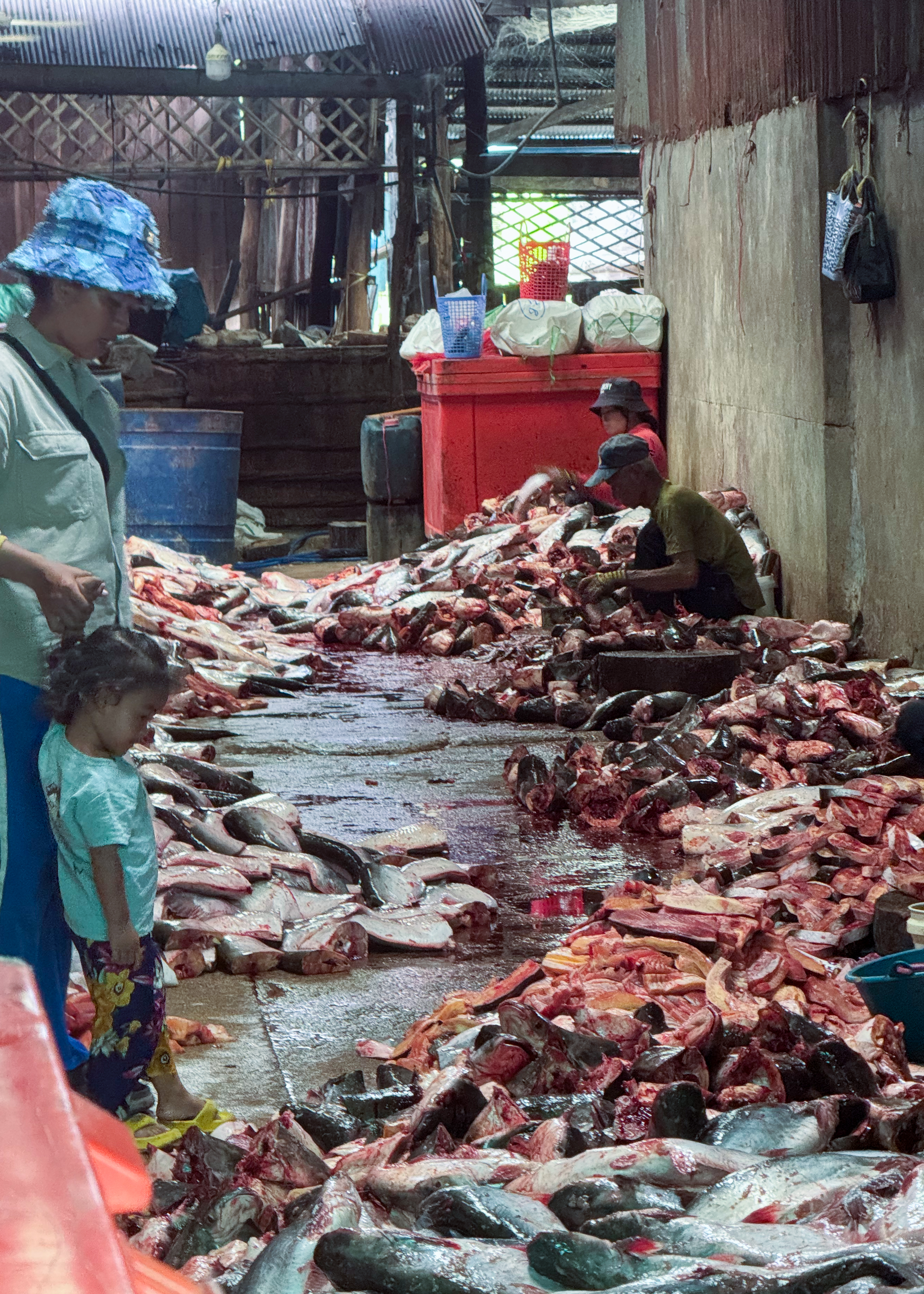
- A village where a man was creating a fishing net by hand by tying hundreds of tiny knots:
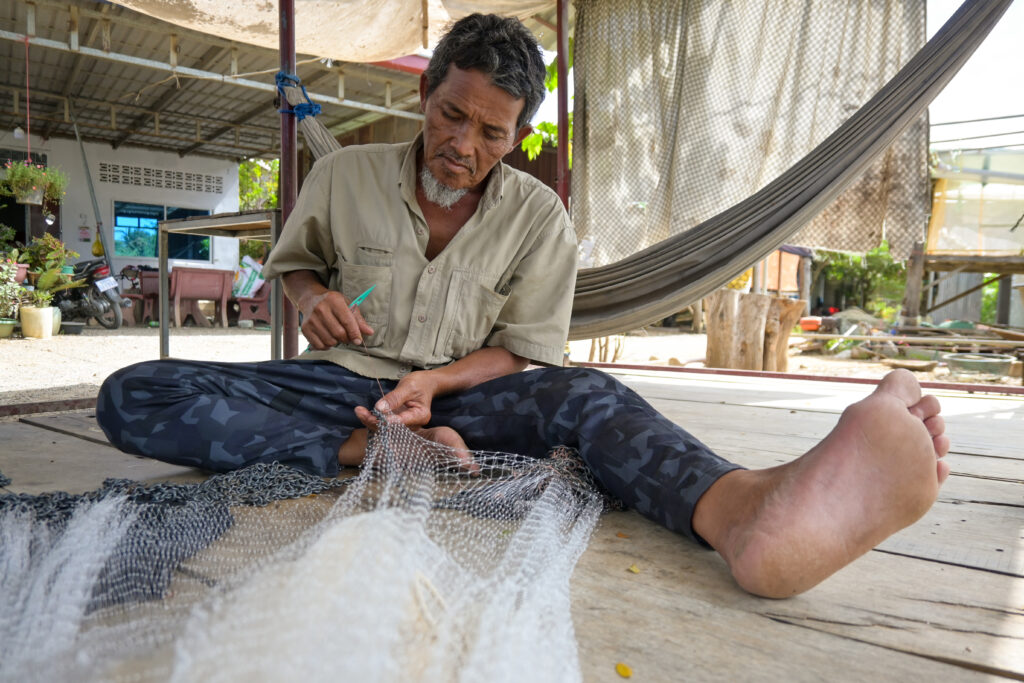
- And a variety of other different places of significance or interest around Battambang:
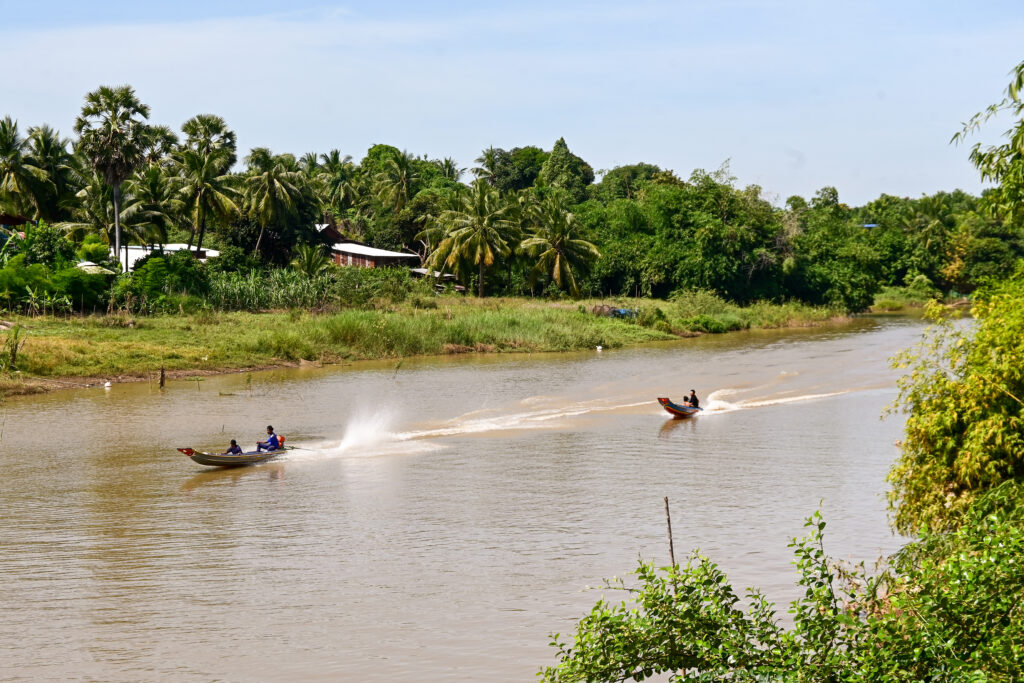
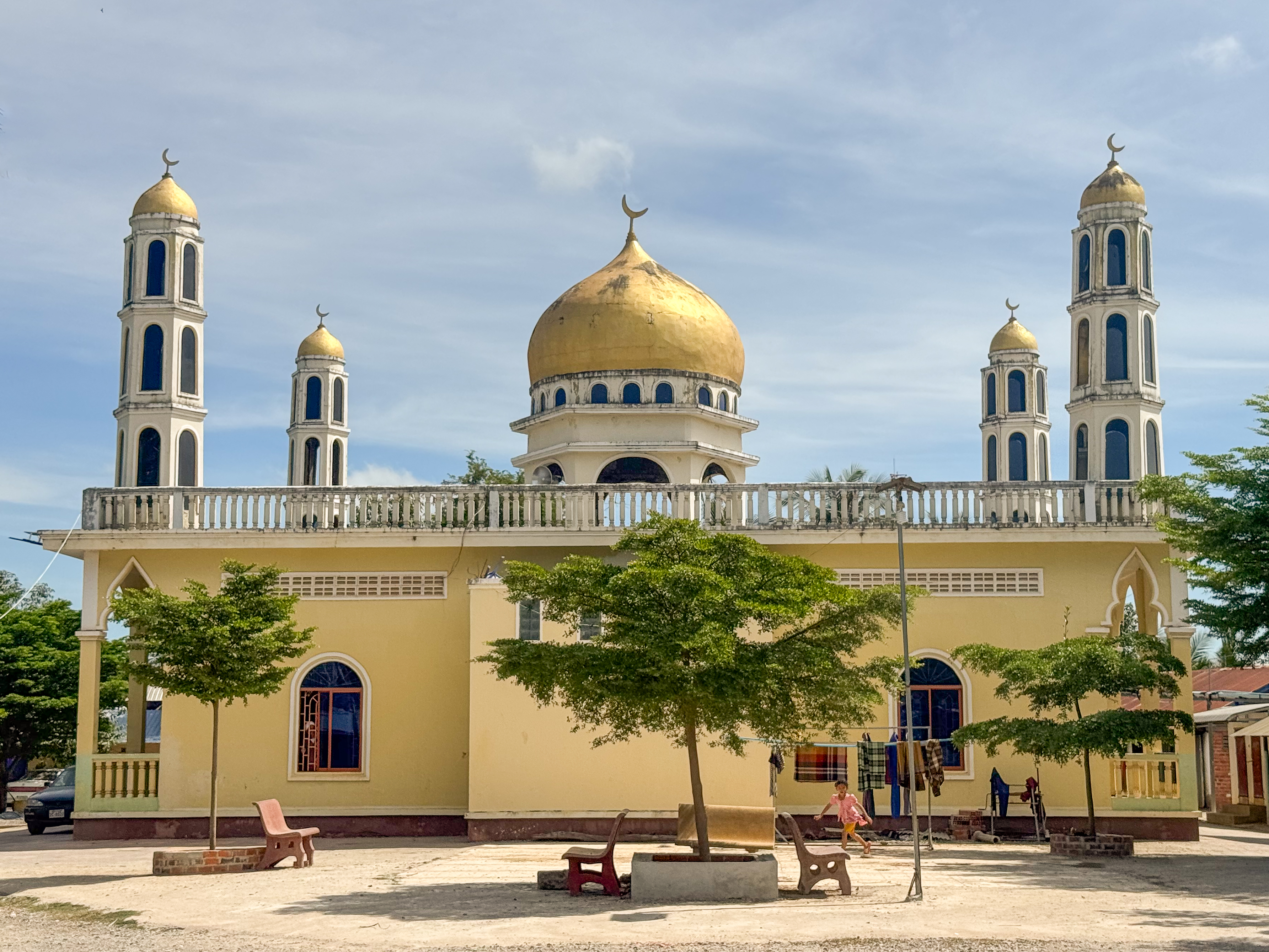
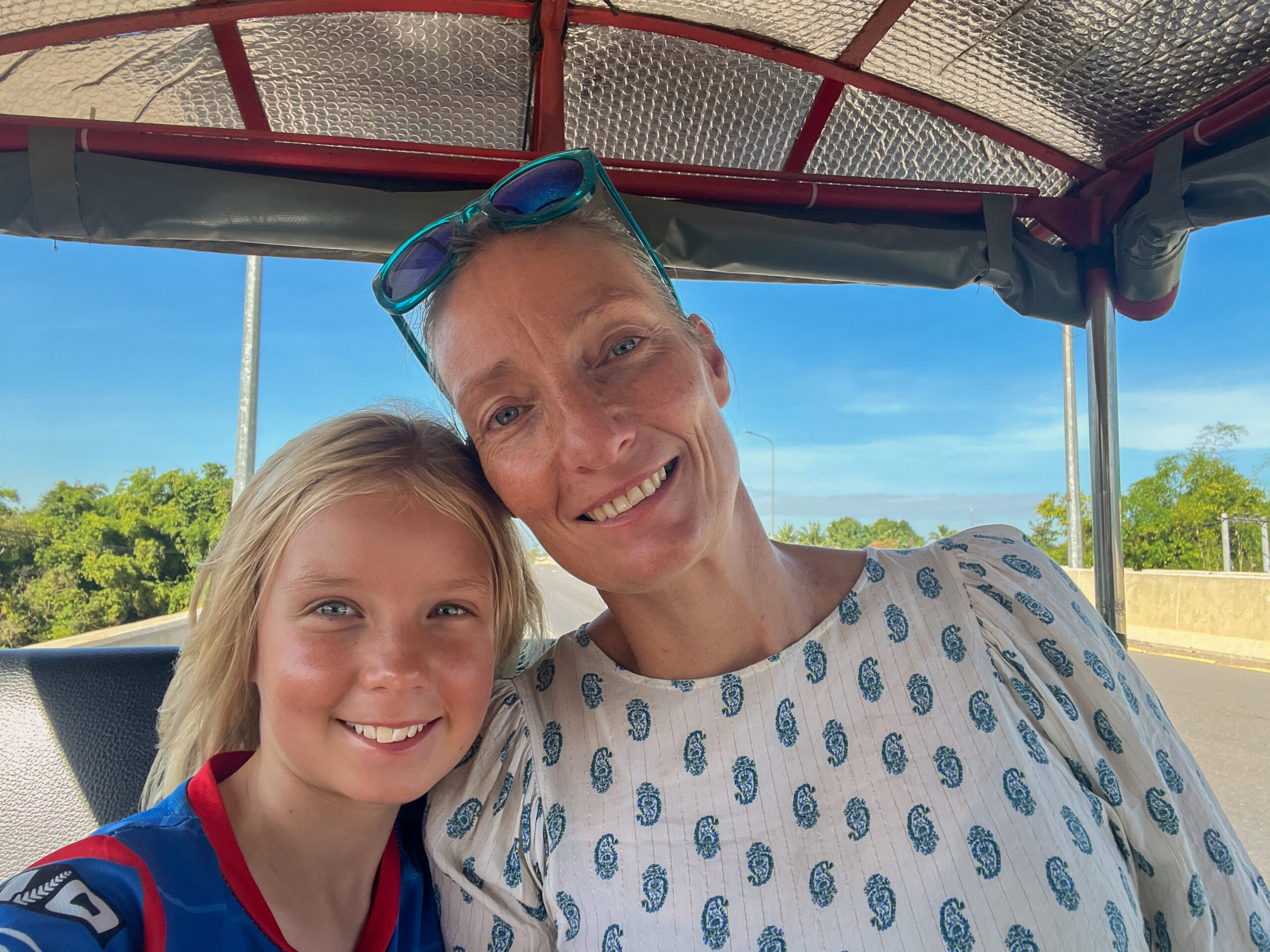

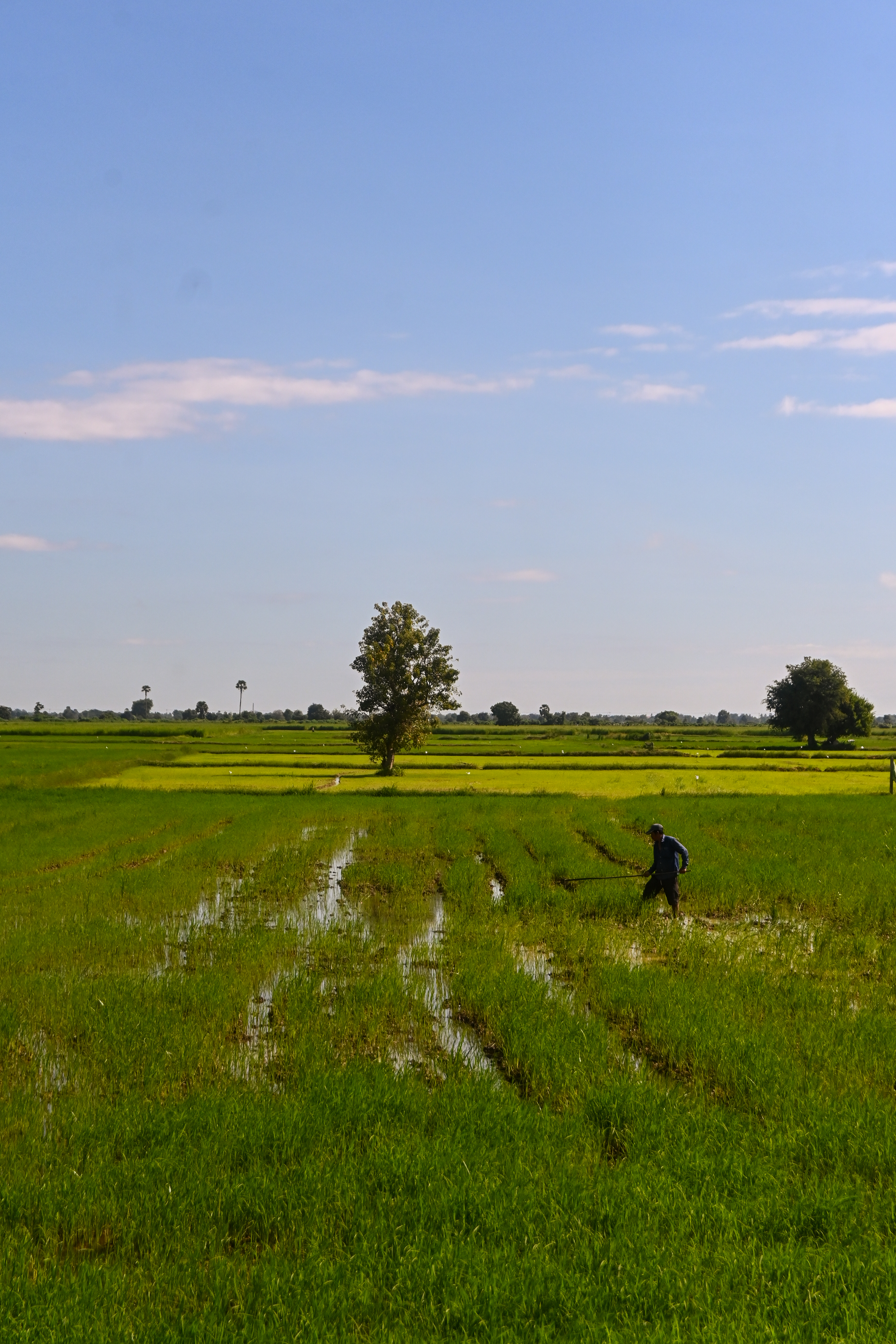
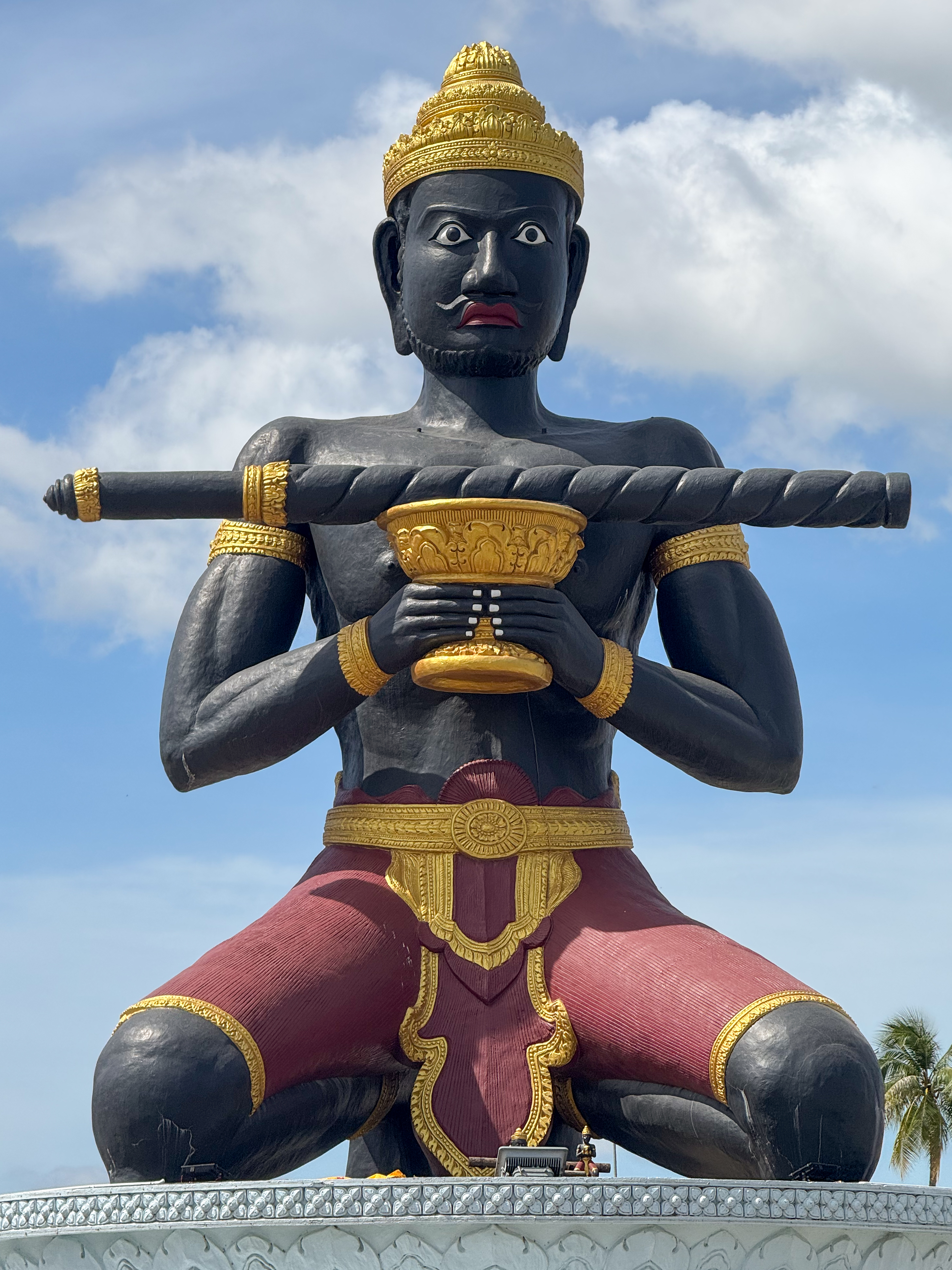
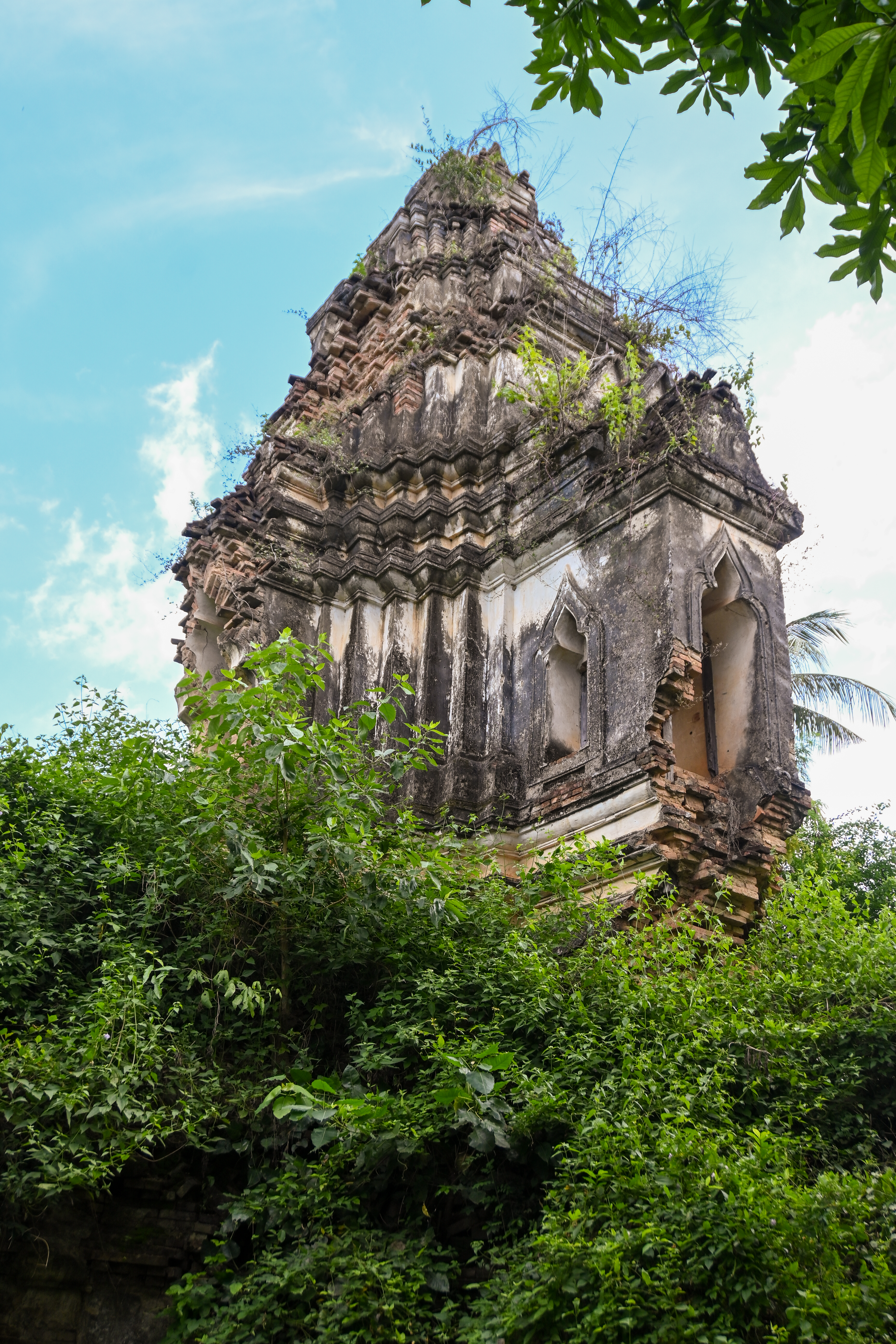
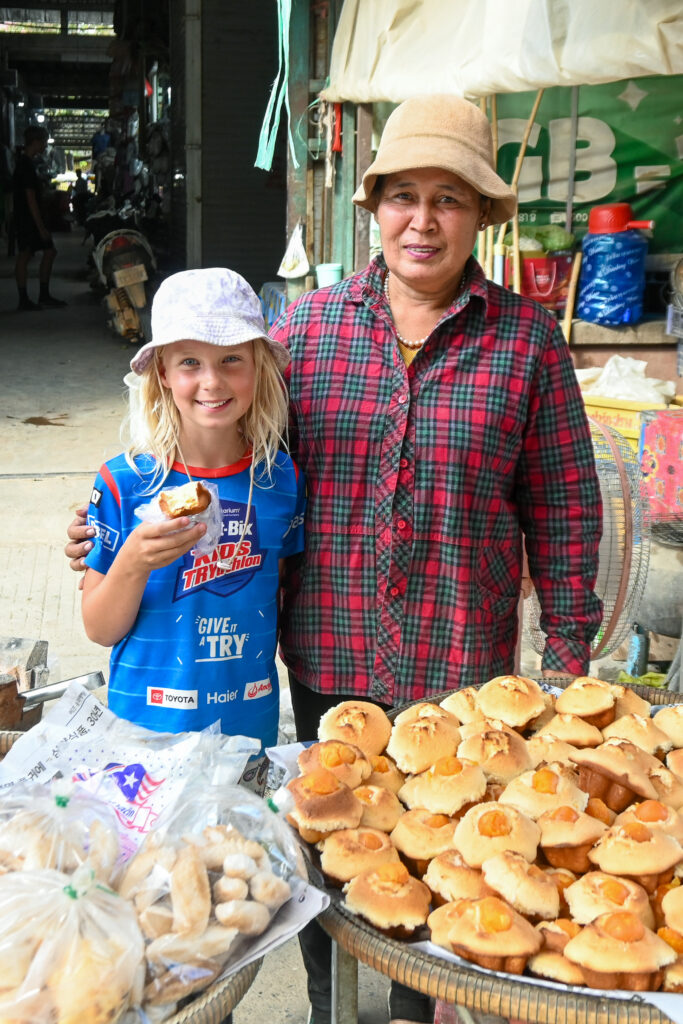
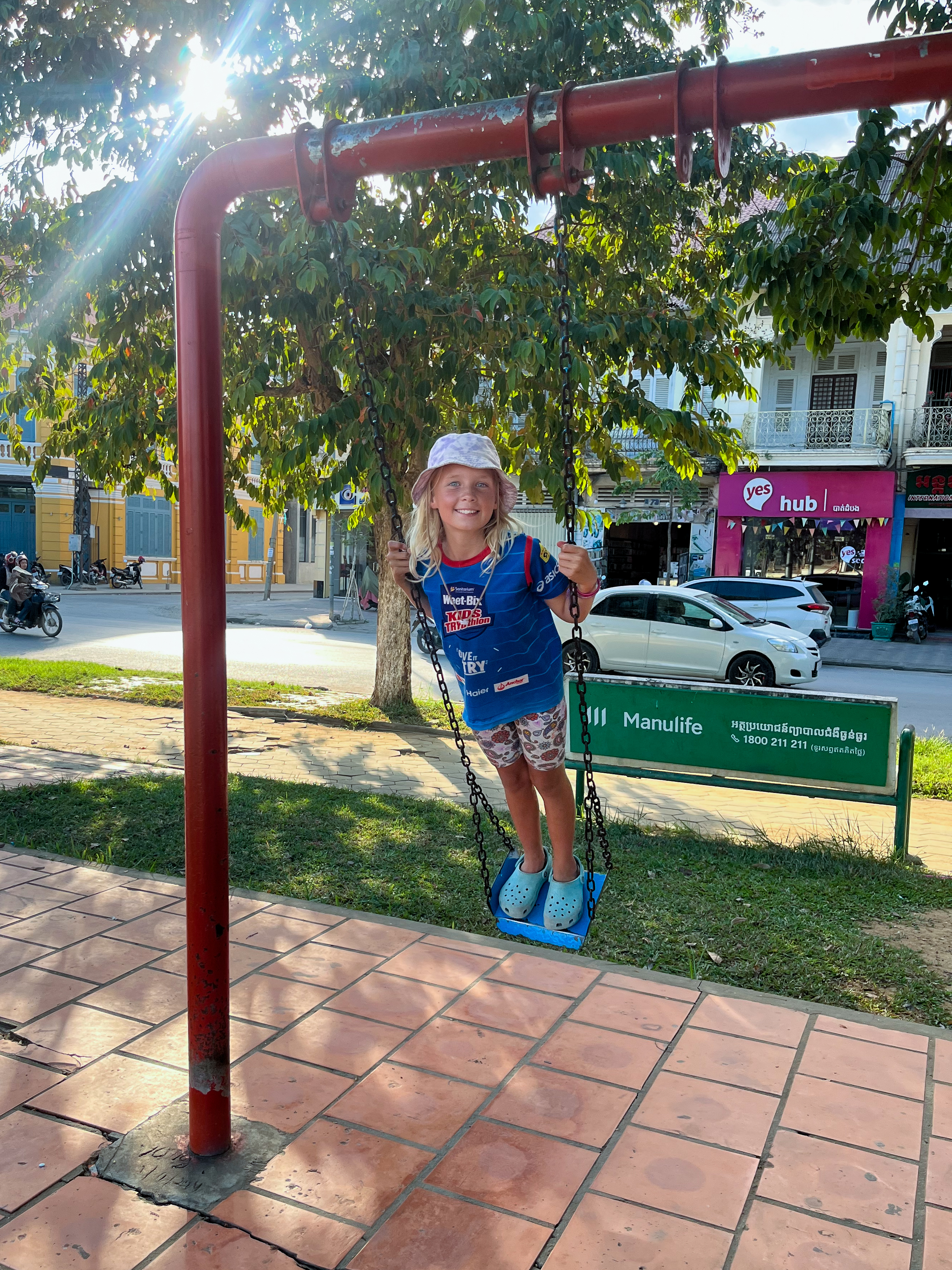
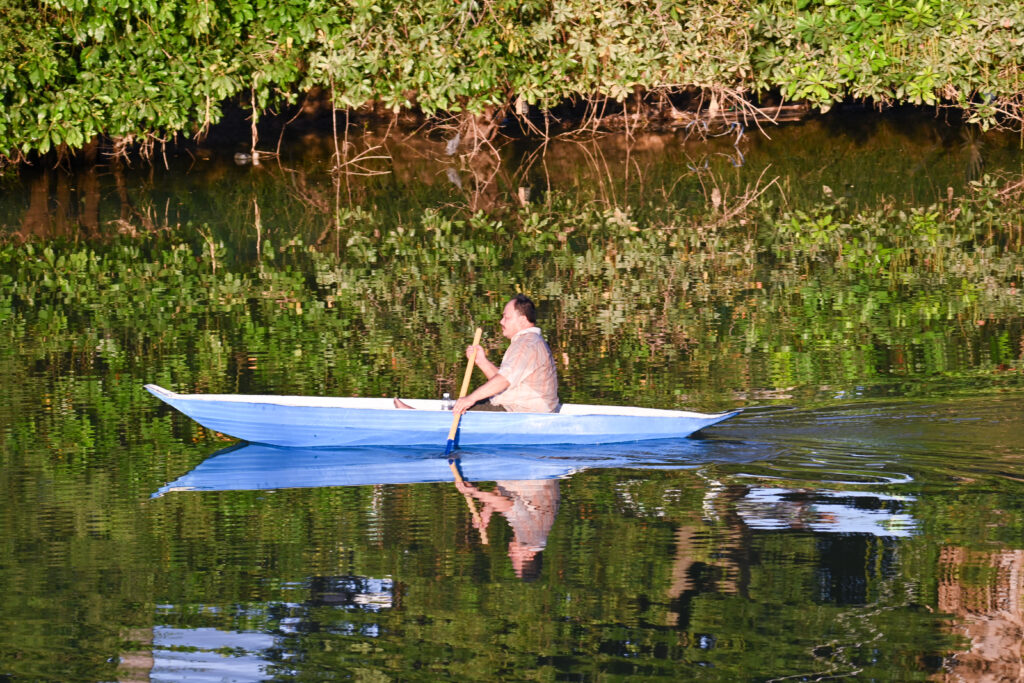
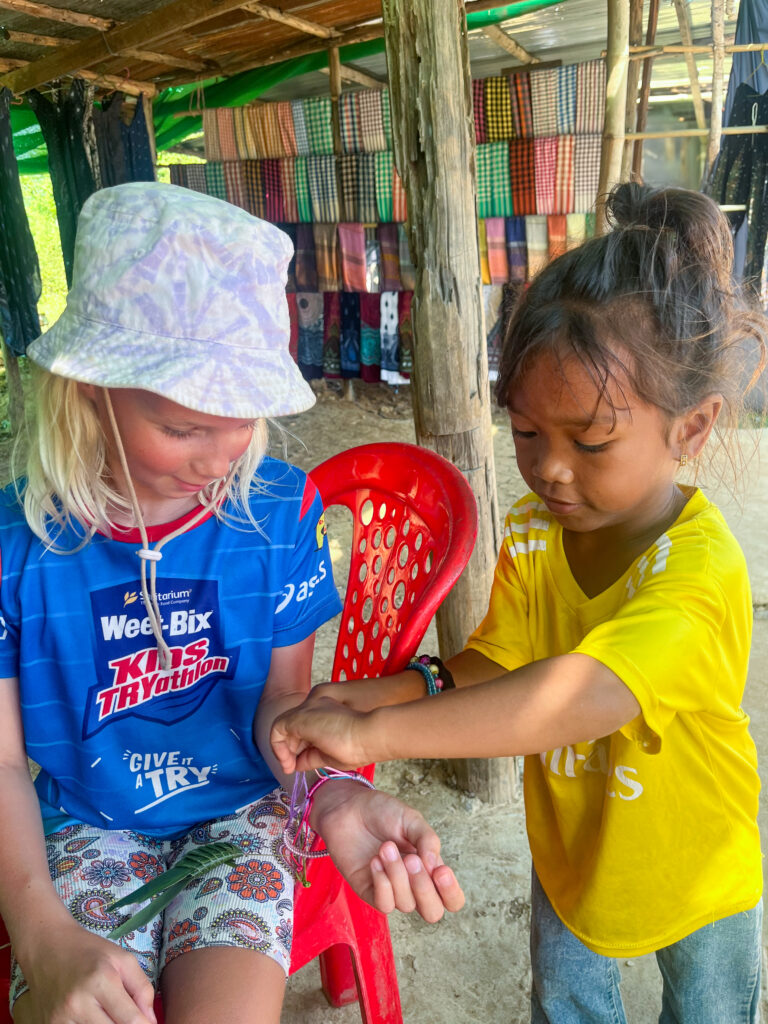
Battambang is home of ‘Phare Ponleu Selpak’, an incredible non-profit organisation. Its story goes back to the 1980s when a French humanitarian working in a refugee camp on the Thai border ran drawing and painting classes as a form of art therapy for the refugee children. In 1994, after the camp had closed, this art teacher and 9 of her students founded Phare Ponleu Selpak, or ‘the Brightness of the Arts’, in their hometown of Battambang. To start with, Phare Ponleu Selpak was a drawing school but fast forward 30 years, and it now includes a kindergarten, the Phare School (primary and secondary), the Visual and Applied Arts School (graphic design, animation, and visual arts), and the Performing Arts School (circus, music, dance and theatre), all with the mission of “improving the lives of children, young adults, and their families through art schools, educational programs, and social support”. Lucky for us, we were in Battambang for the opening parade of the Tini Tinou International Circus Festival, celebrating the 30th anniversary of Phare Ponleu Selpak. The festival was kicked off with a German tightrope walker walking on a 200 metre cable across the Sangke River and then an evening parade of music, circus acts, and performing arts through the streets of Battambang!
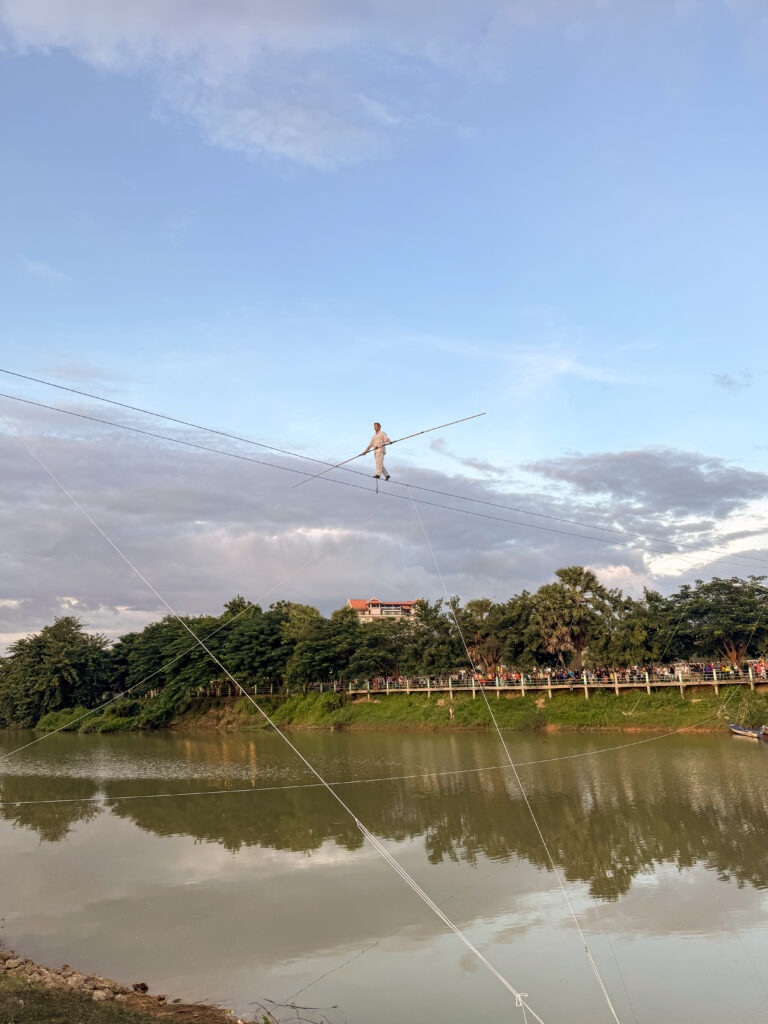
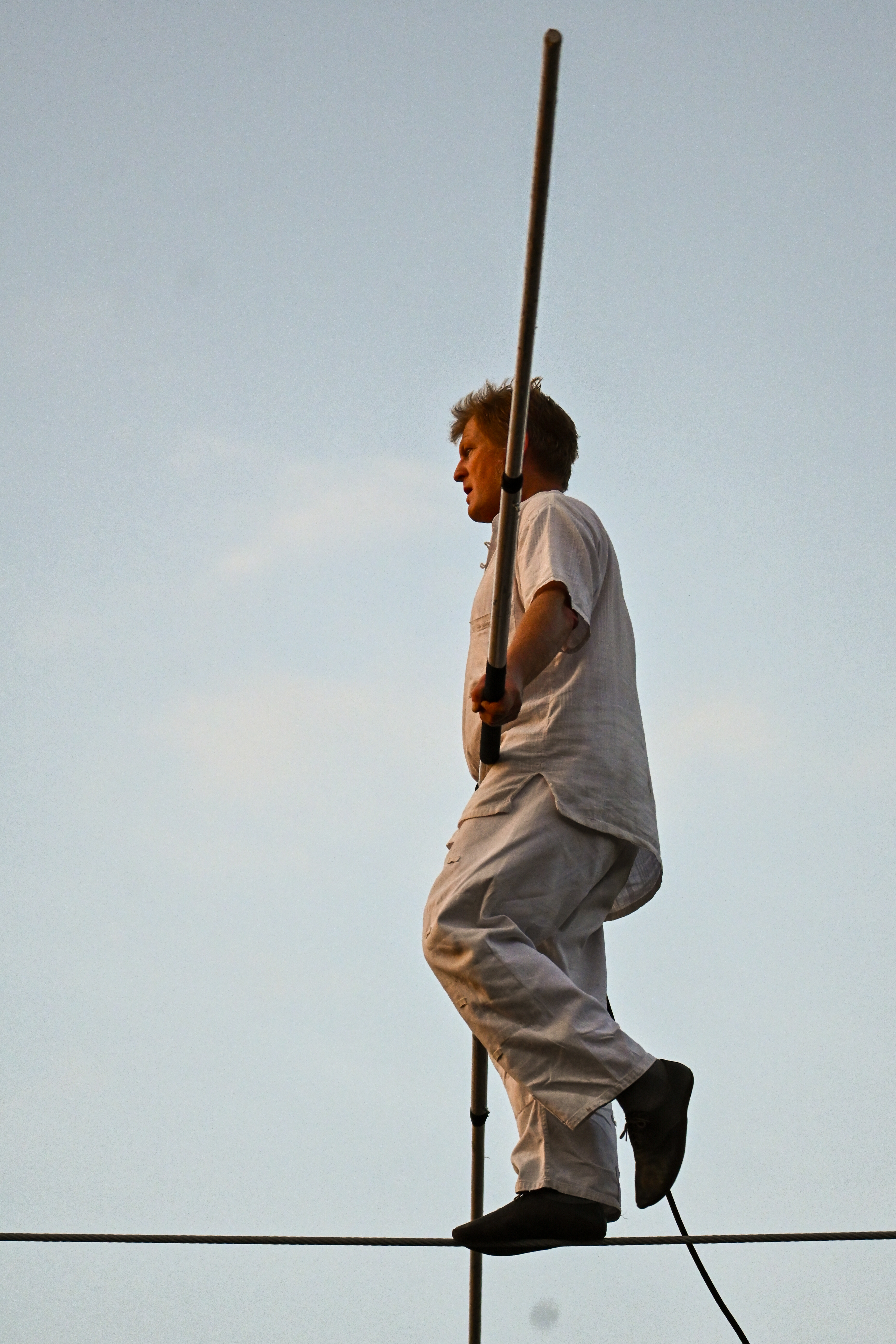
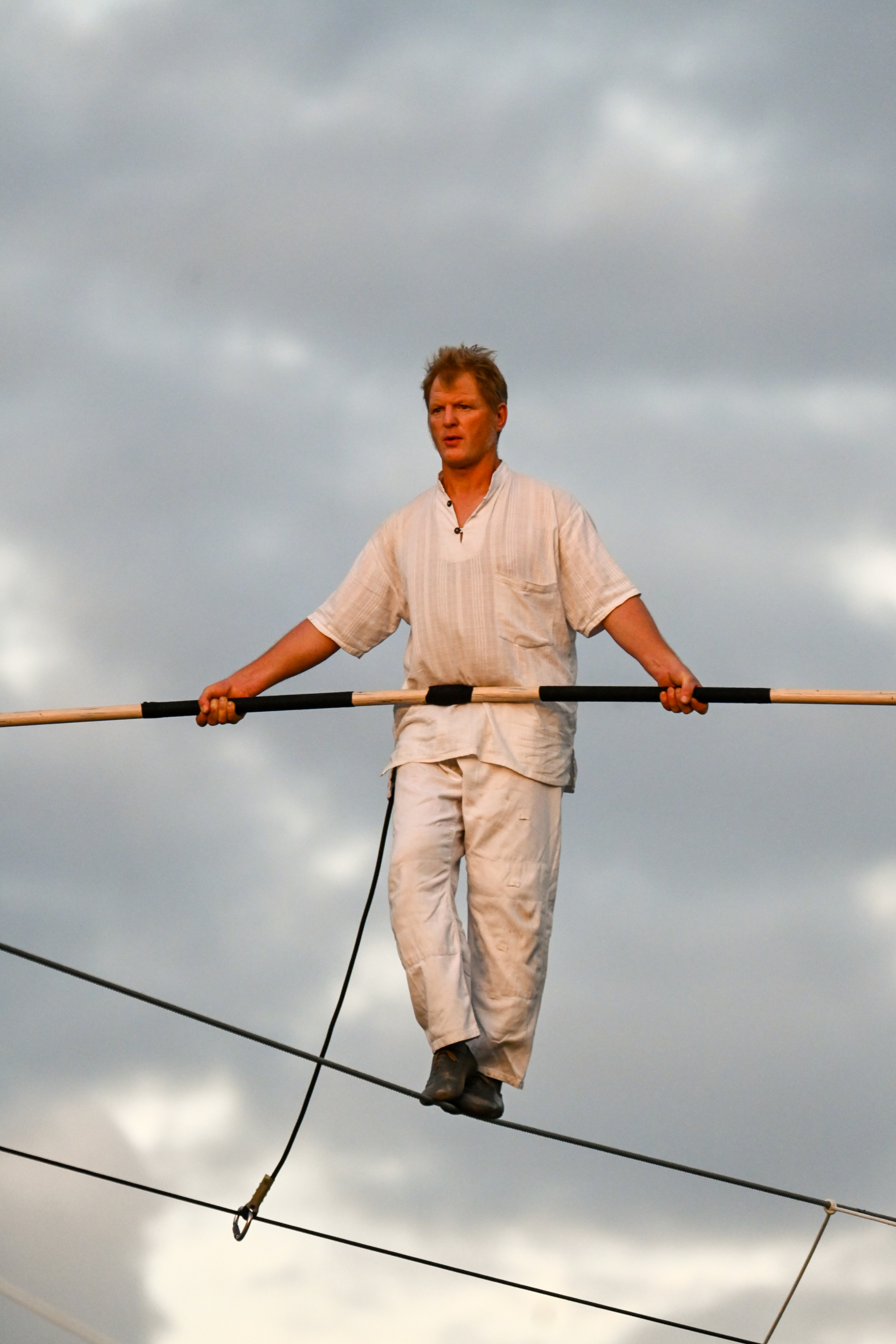
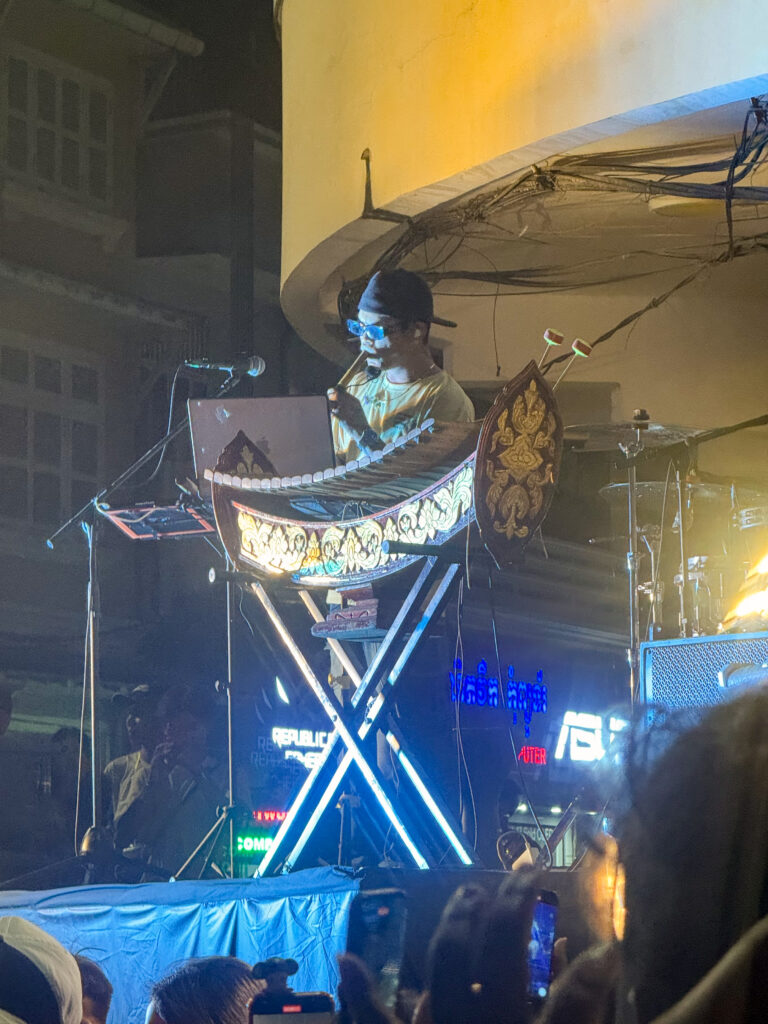

On our last day in Battambang, we spent more time around our homestay – incredible rock carvings, Phnom Sampeau temple with its glowing golden stupa, fearless macaques, beautiful sunset views, more bats, and some delicious street food:
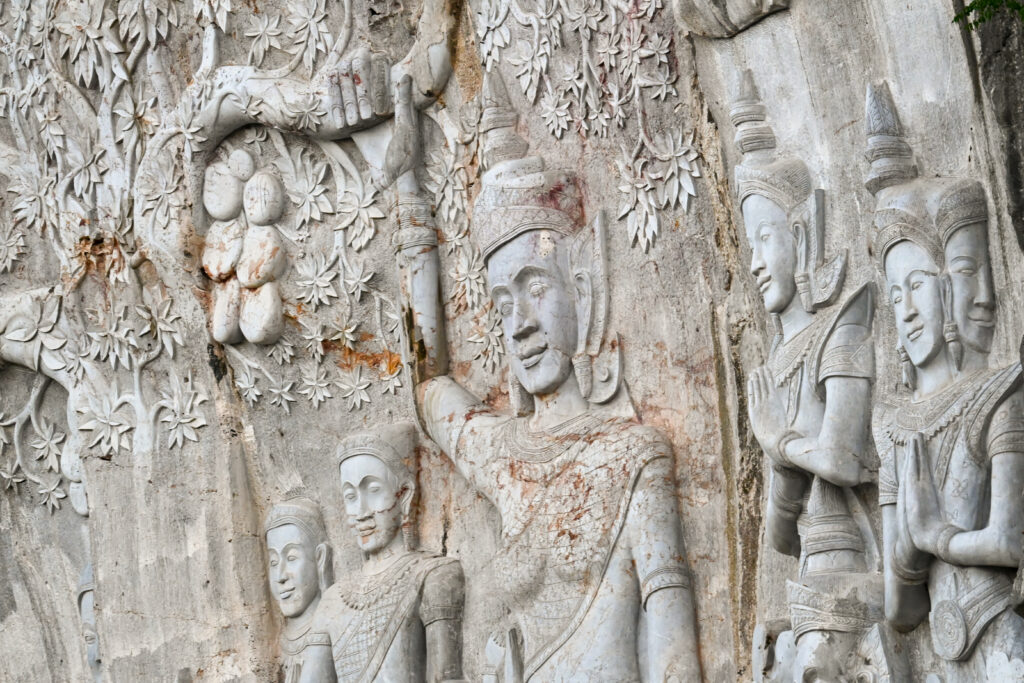
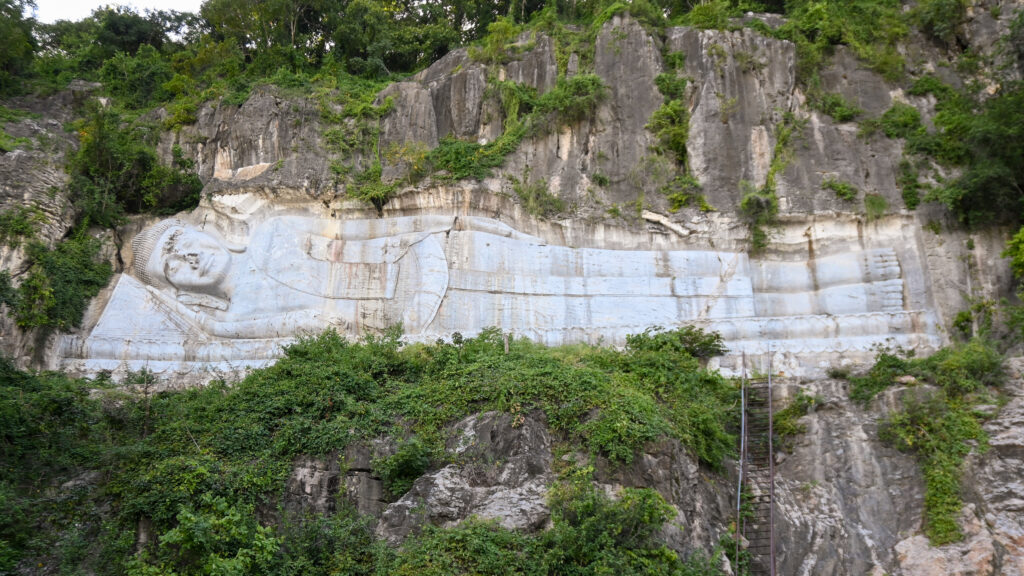
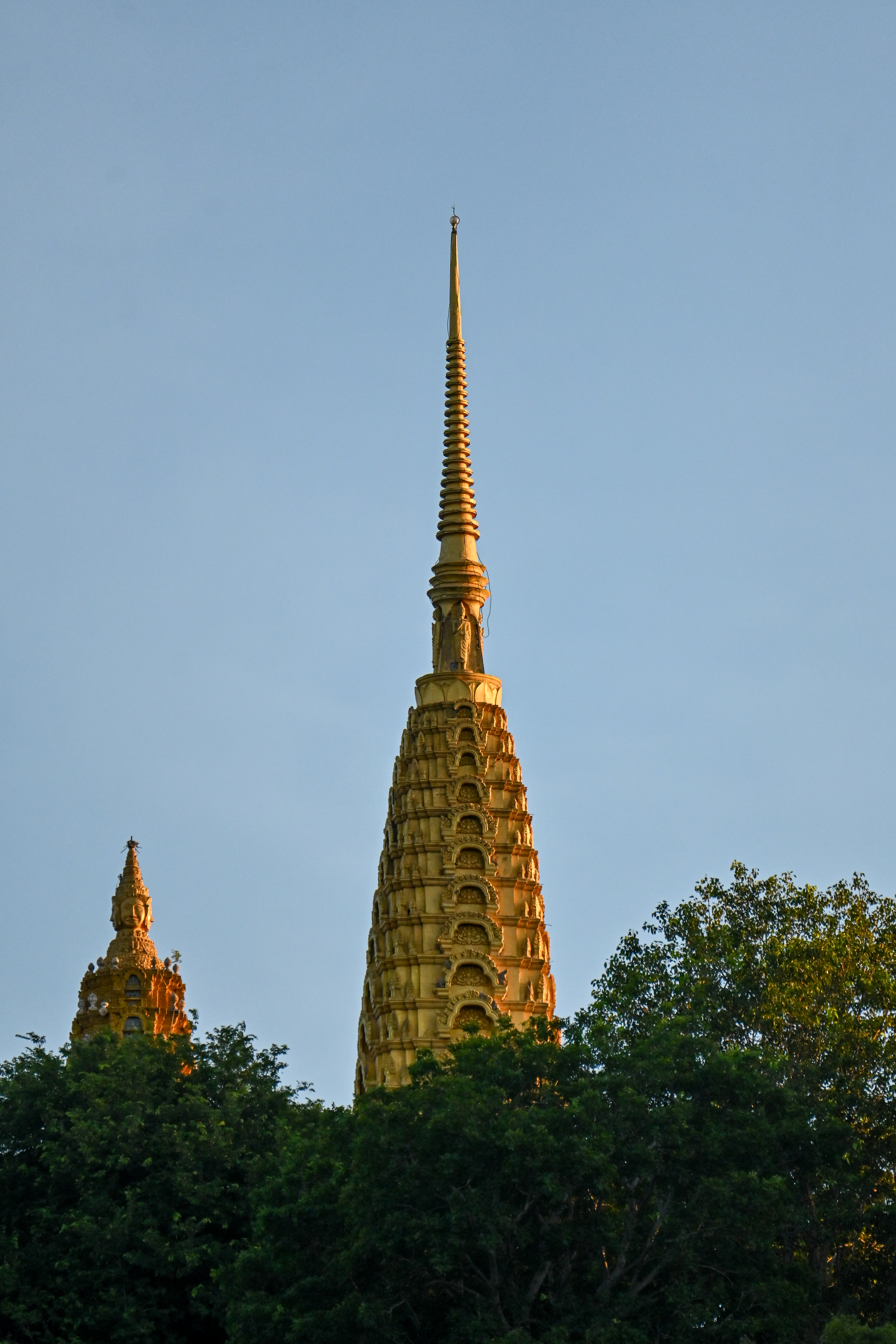
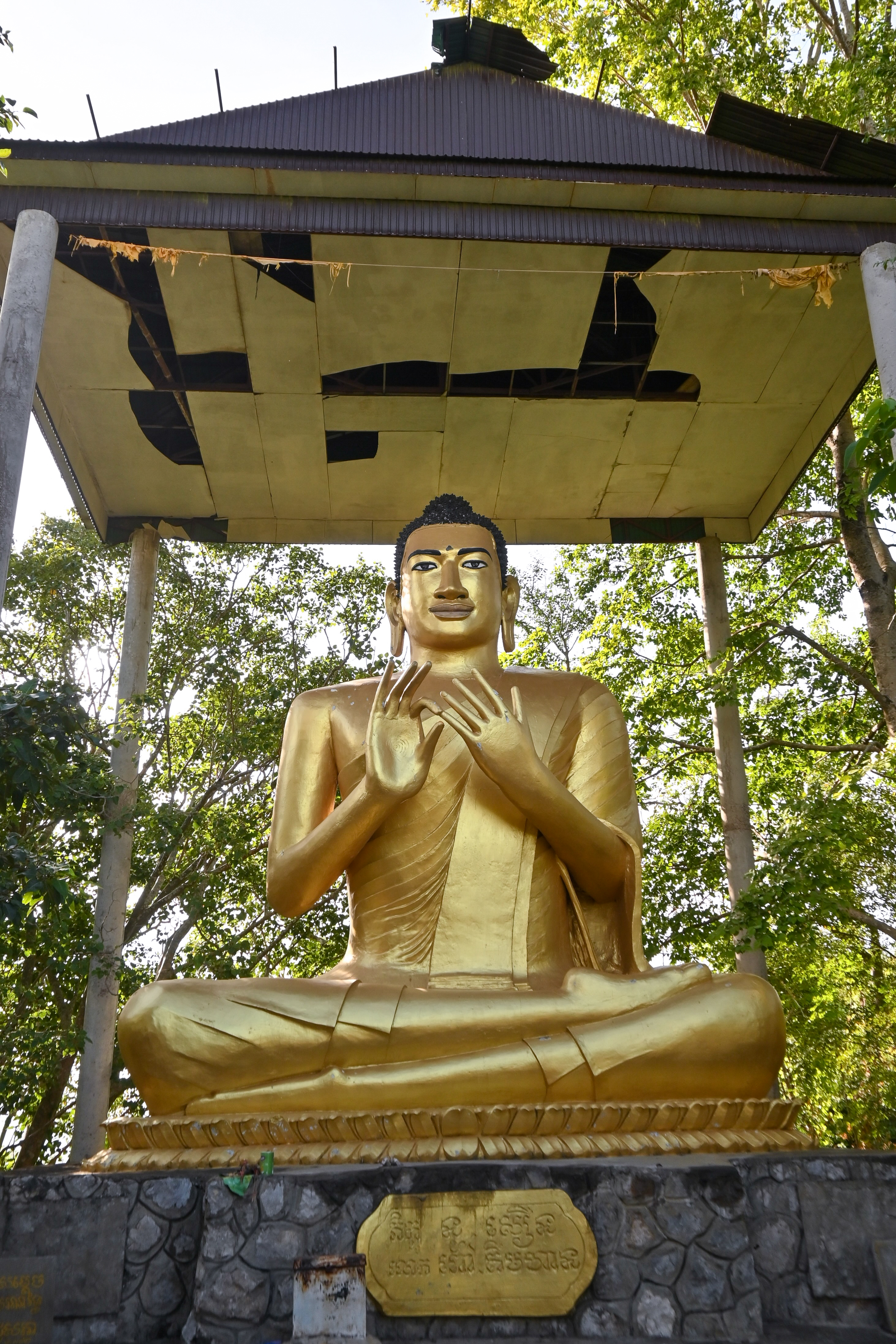
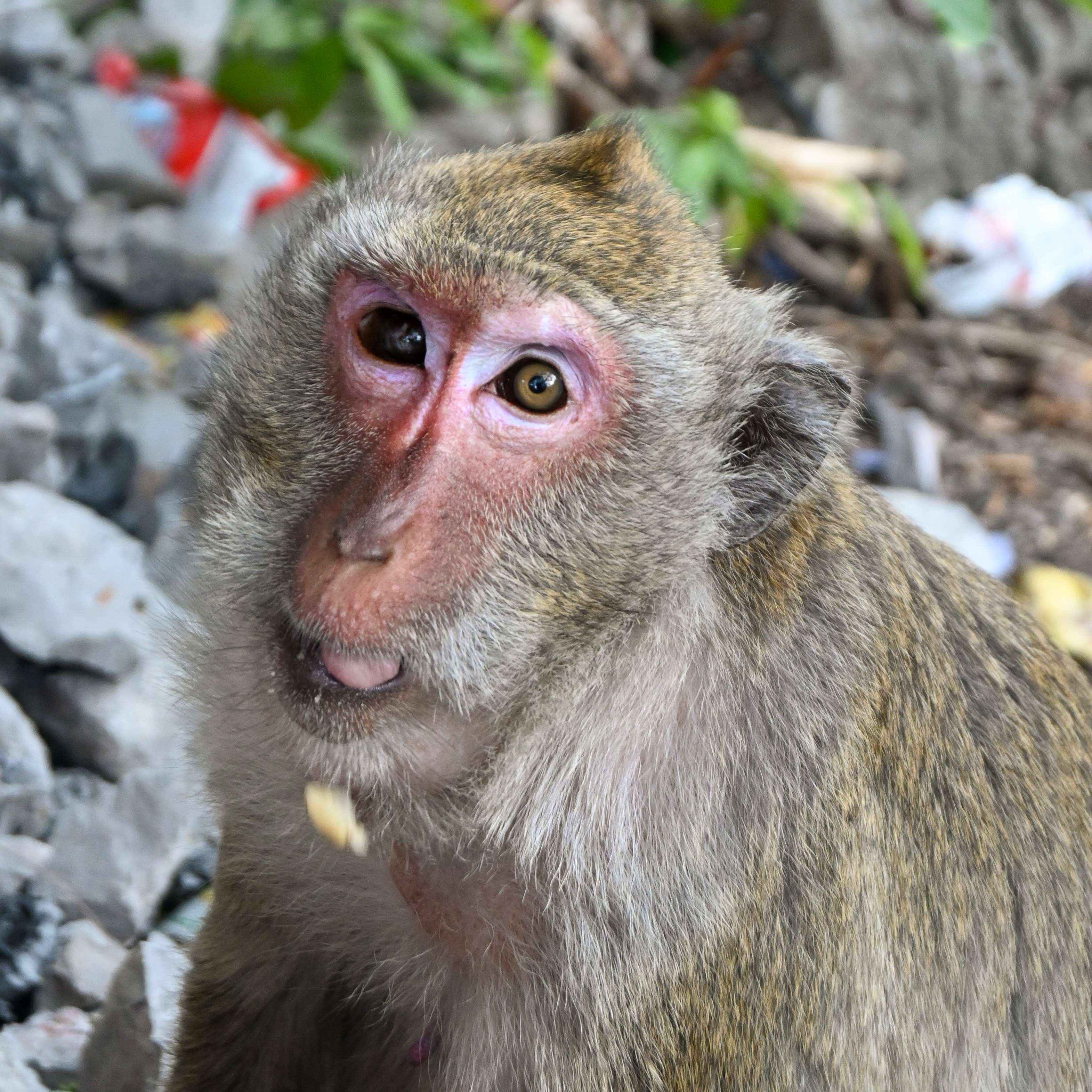
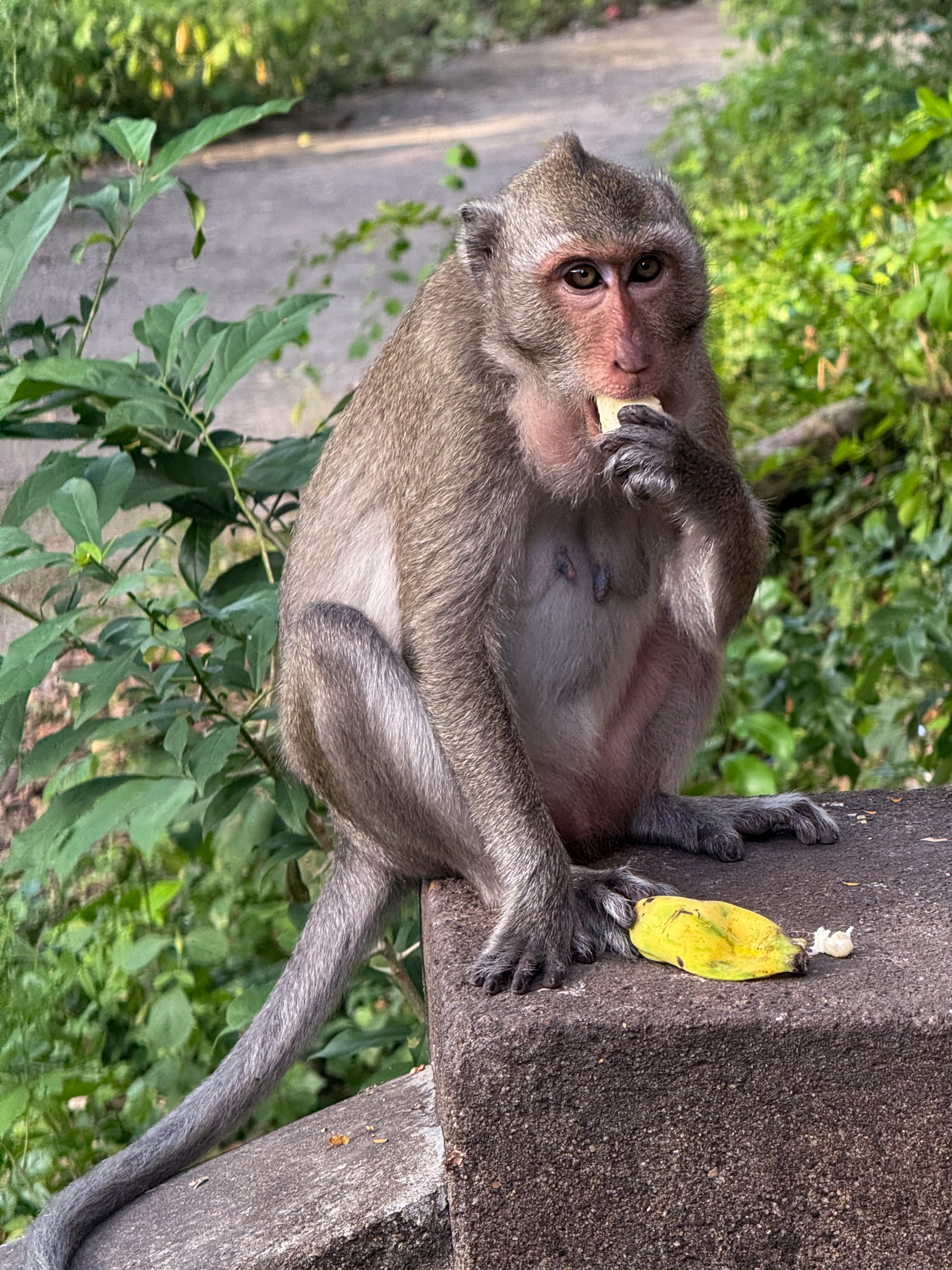
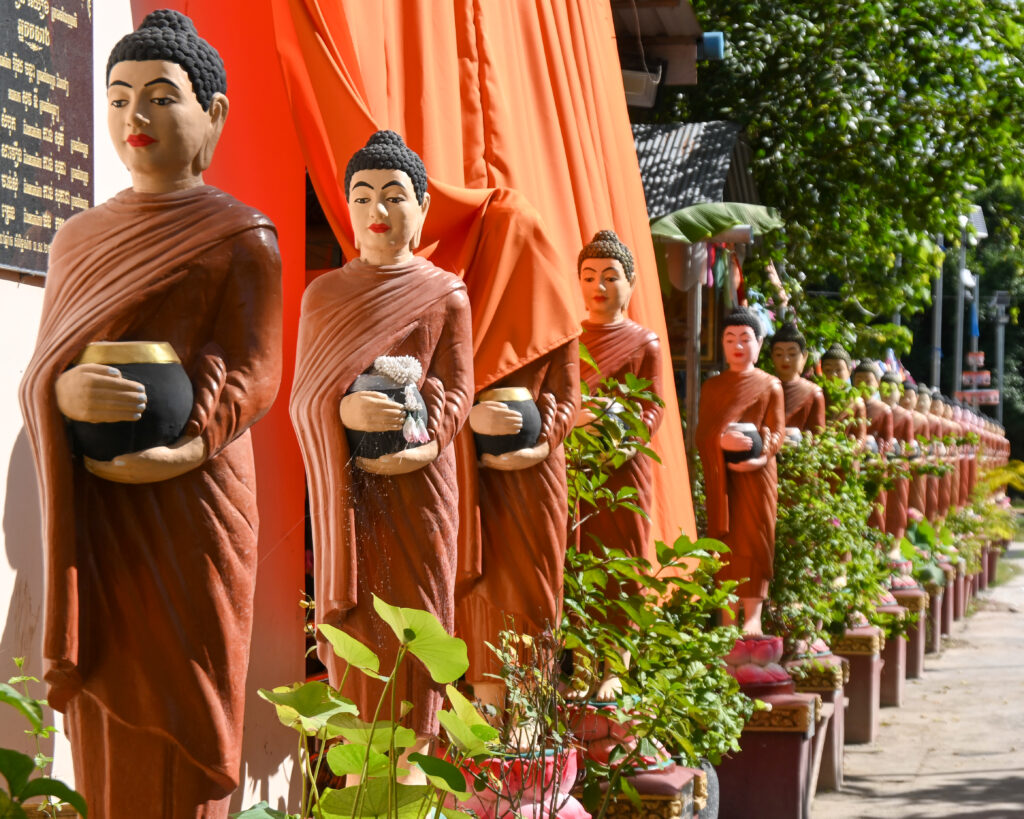
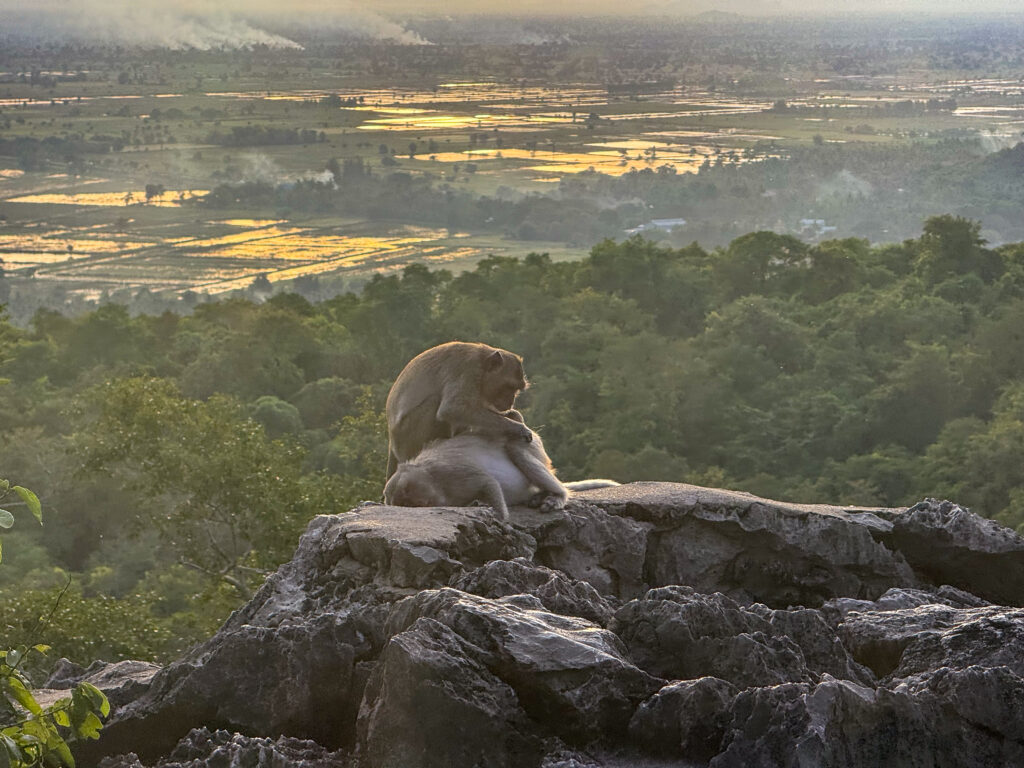
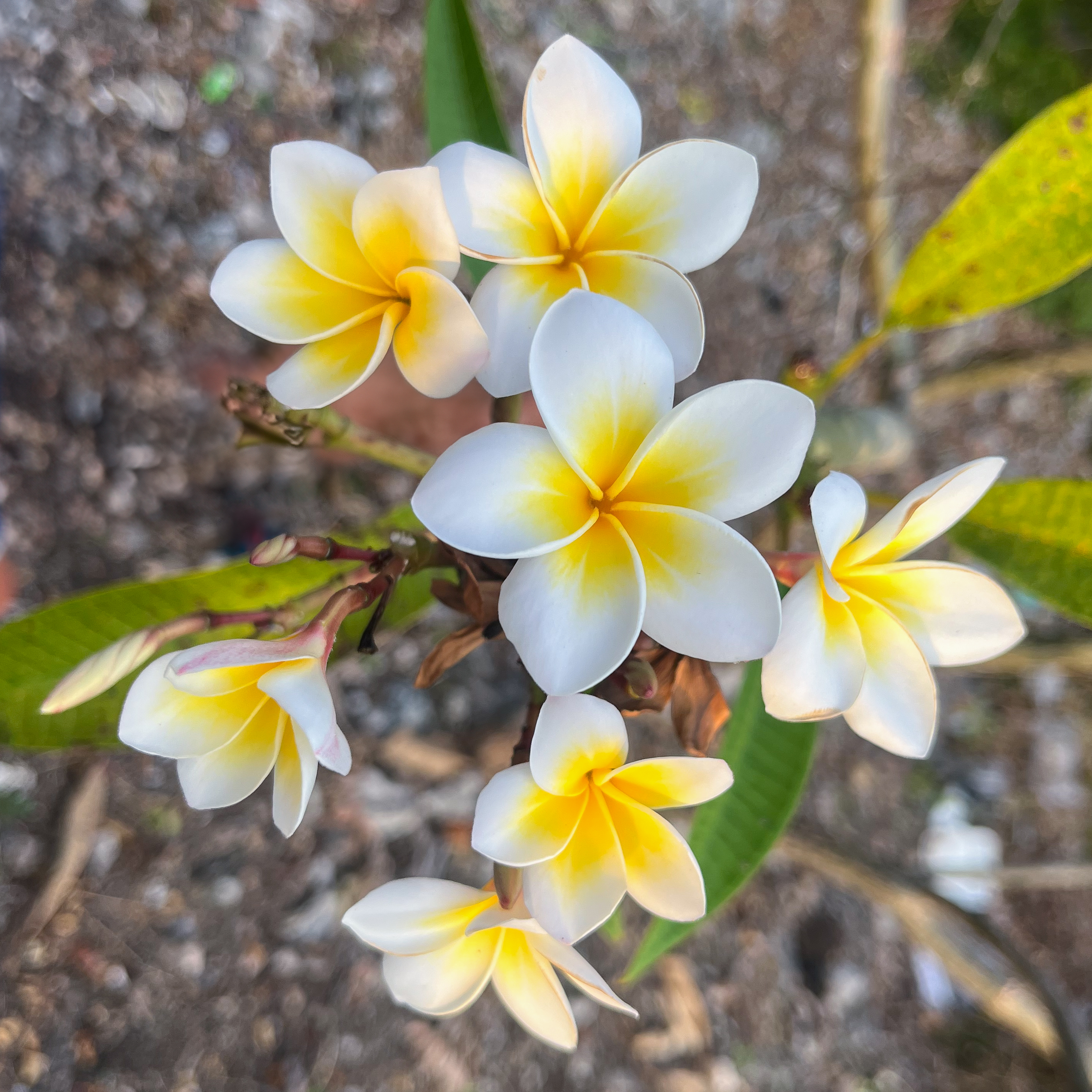
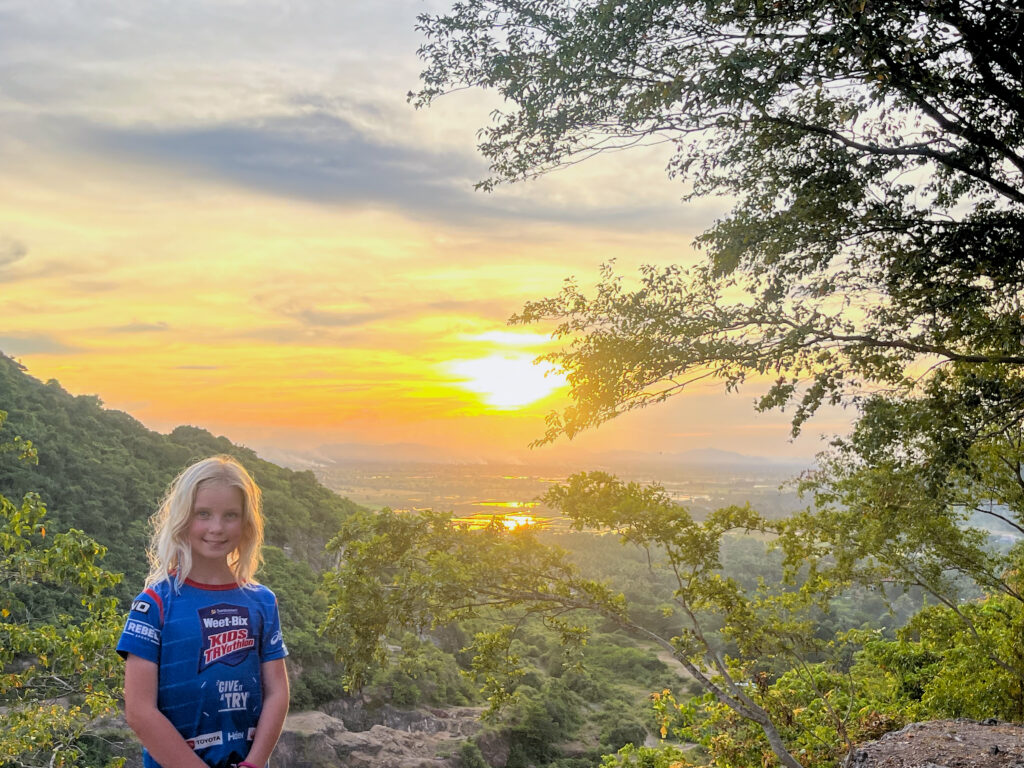
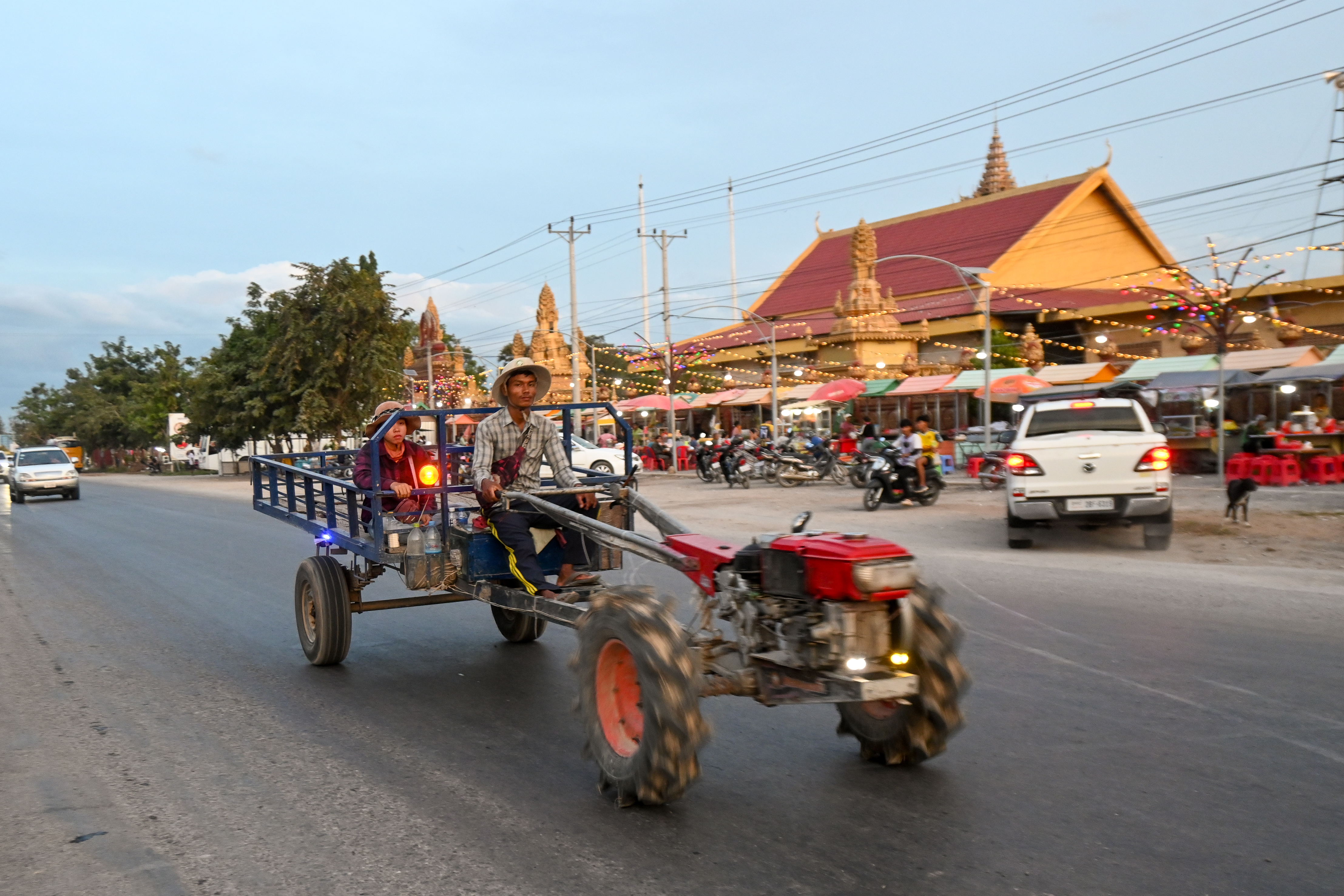
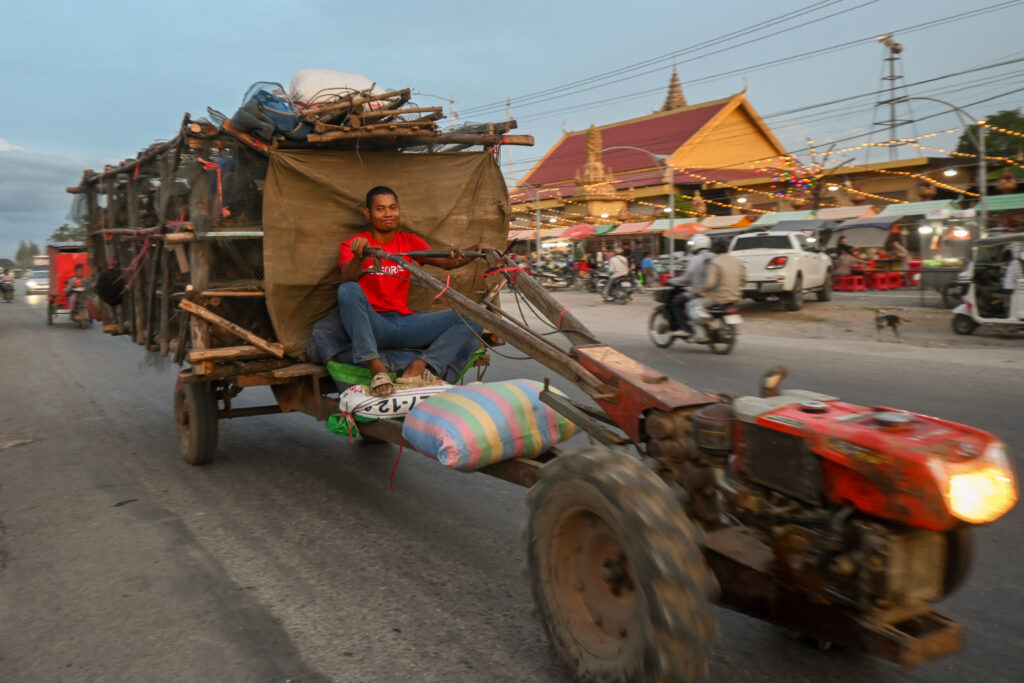
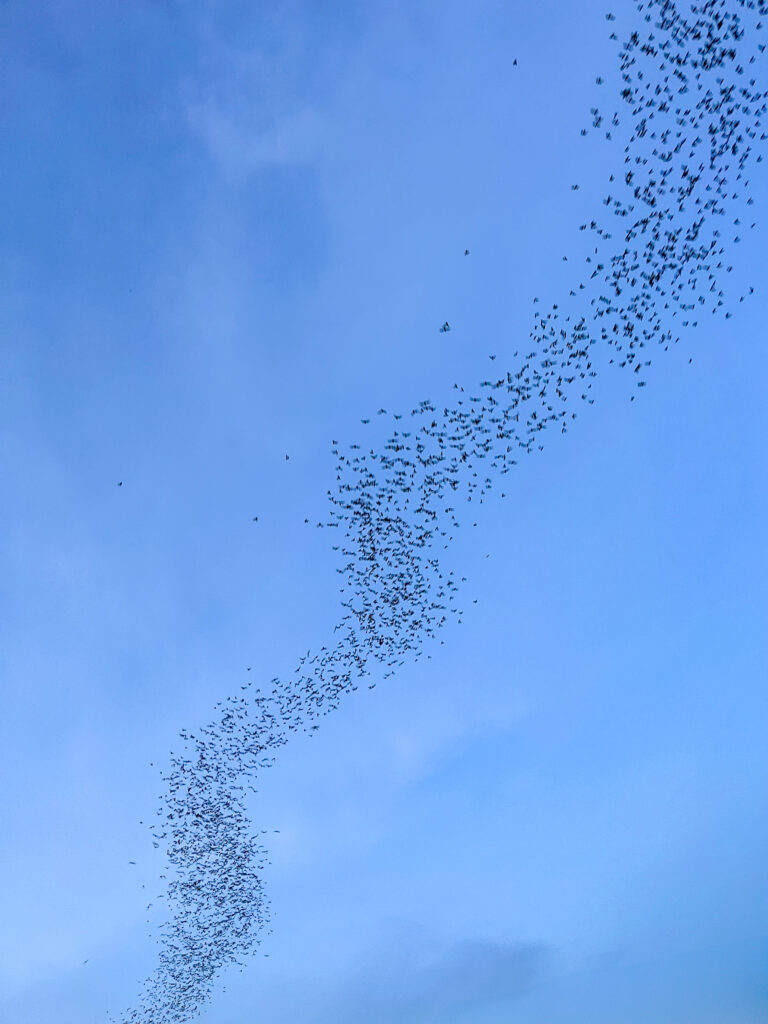
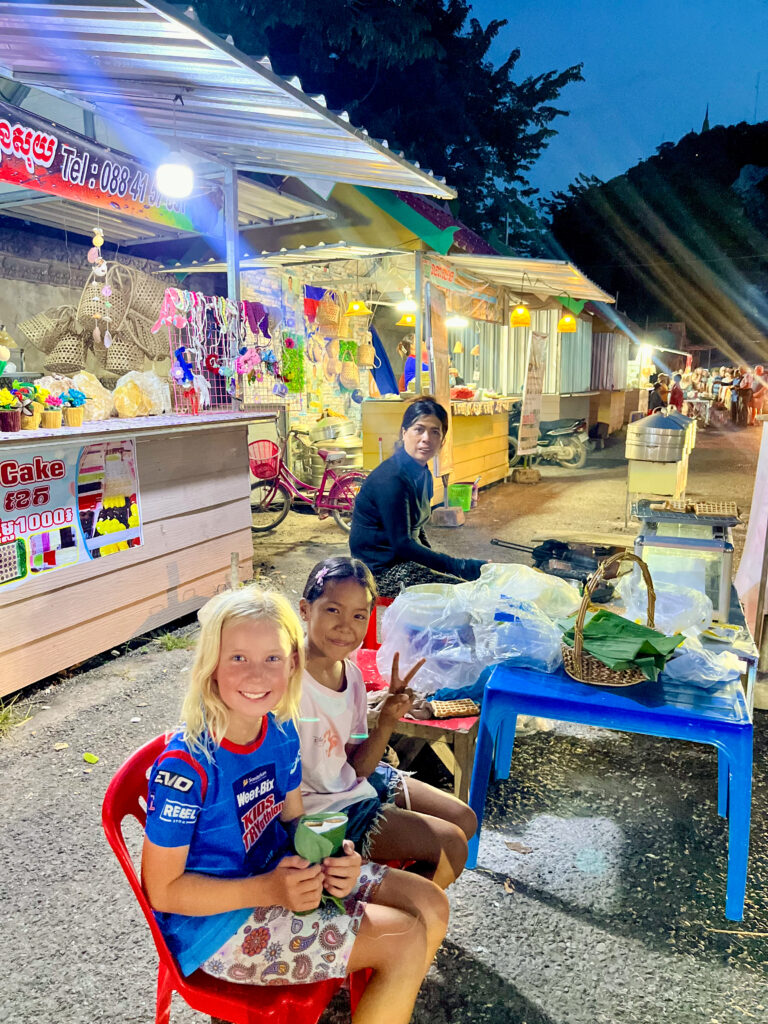

Our last stop in Cambodia was Siem Reap. There are a variety of transport options to get to Siem Reap from Battambang, one of which is the local ferry. This ferry travels along linked waterways before making its way across Tonlé Sap, the largest freshwater lake in Southeast Asia and one of the world’s richest inland fishing grounds.
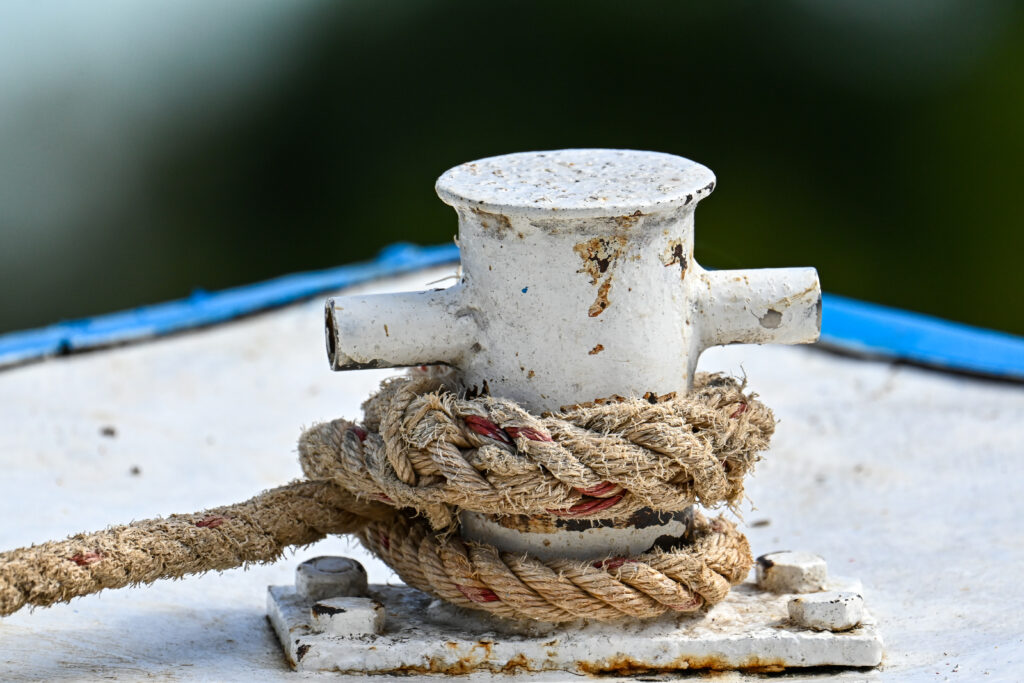
Reviews on Google are polarised – from “it doesn’t even deserve 1 star” to “our highlight of Cambodia”…so we decided to throw caution to the wind and give it a go. There were 13 of us onboard, plus the driver, and a local Mum and 2 kiddies joined us towards the end.
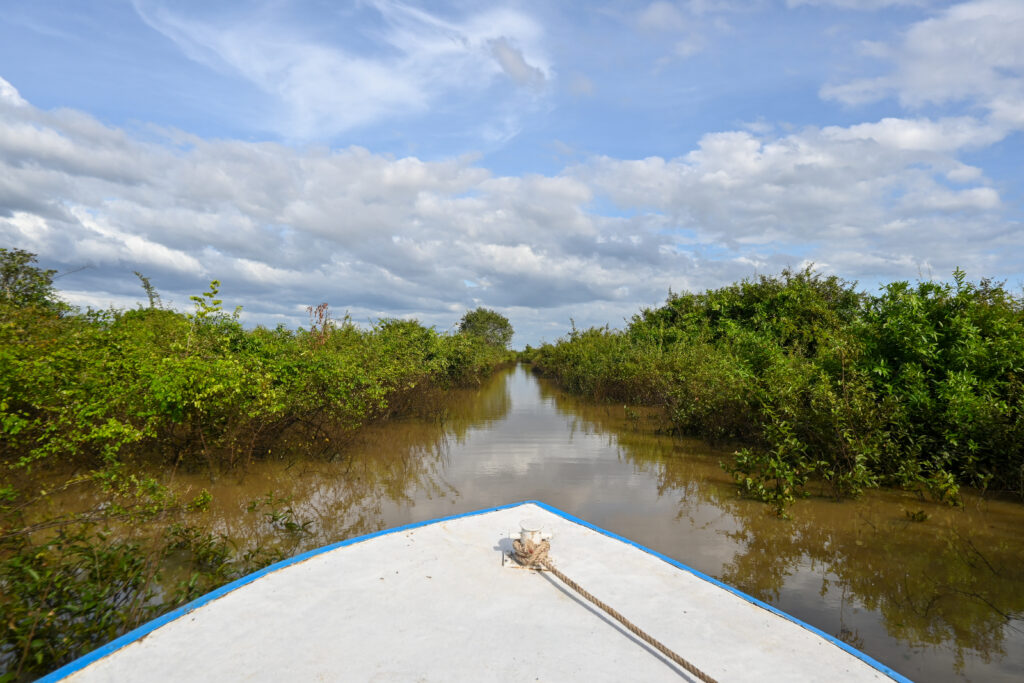
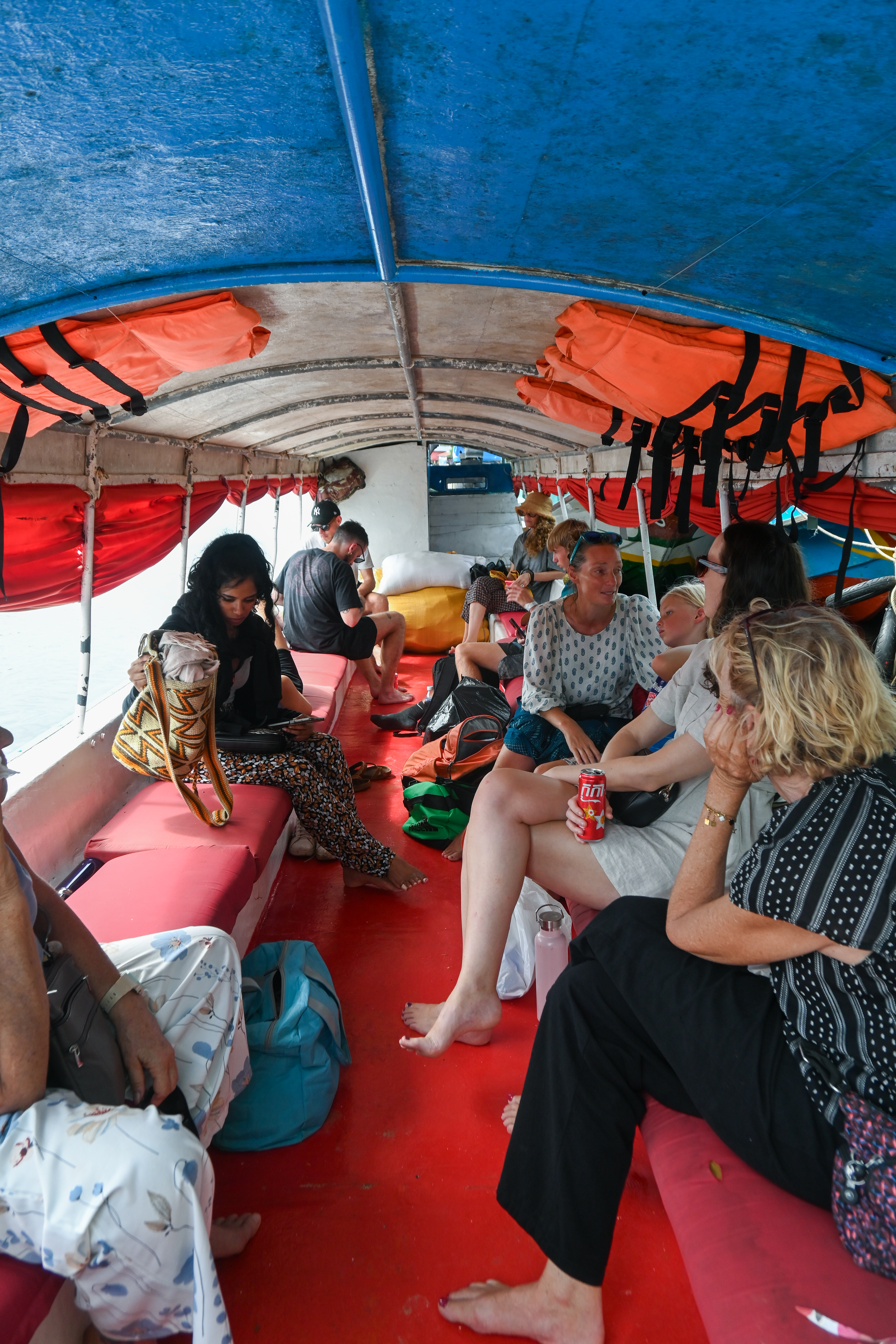
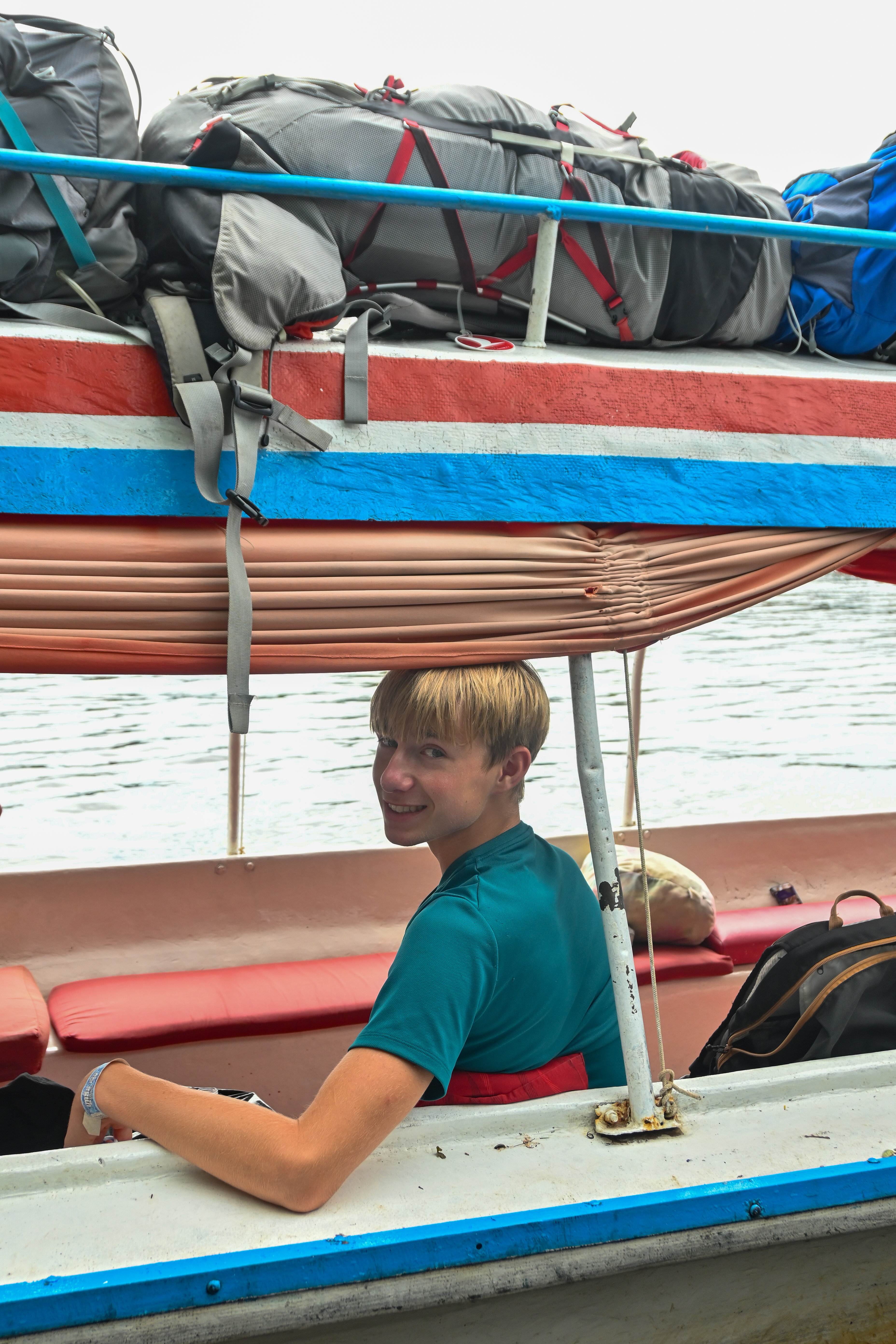
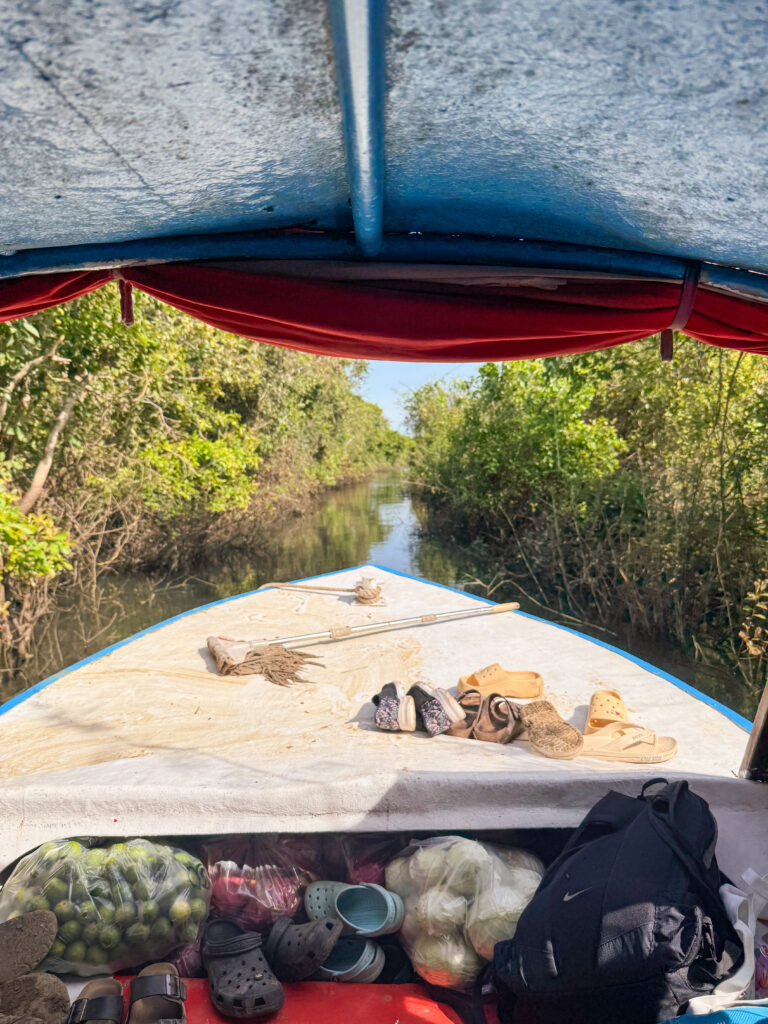
We were feeling pretty confident that we’d make the journey in just over the scheduled 6 hours – we’d only got stuck once when the propeller got caught up in some water hyacinth and fishing line, but the driver soon cut us free and we were making pretty good time. The views were pretty, the other passengers were interesting, and we all enjoyed some peaceful, albeit noisy, time to do nothing but sit and watch the world go by.
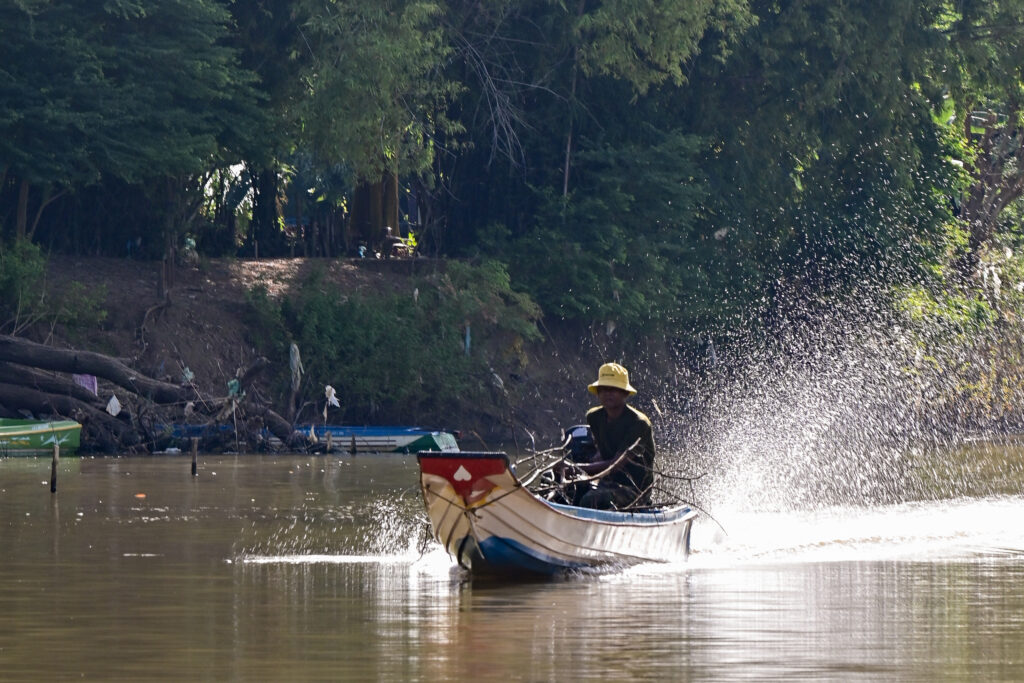
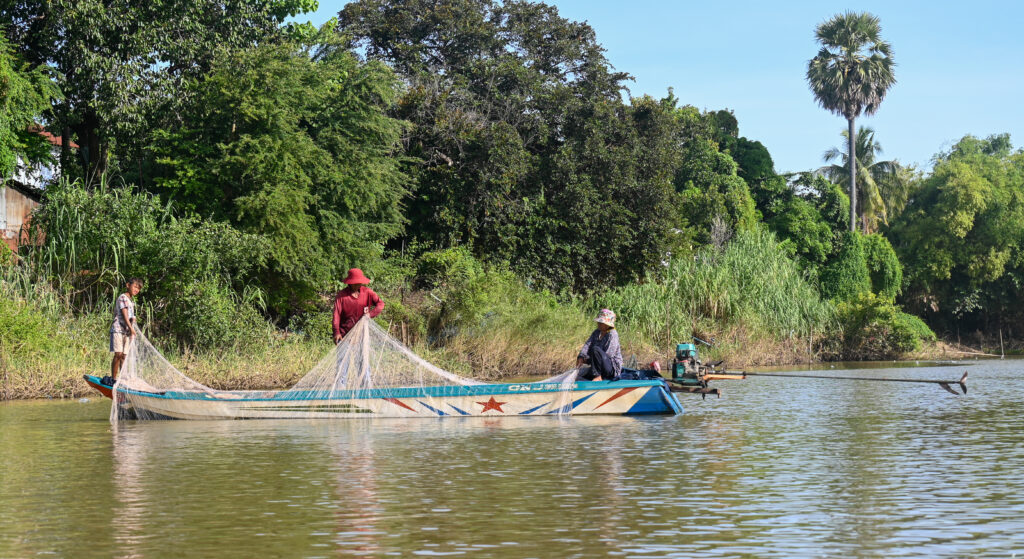
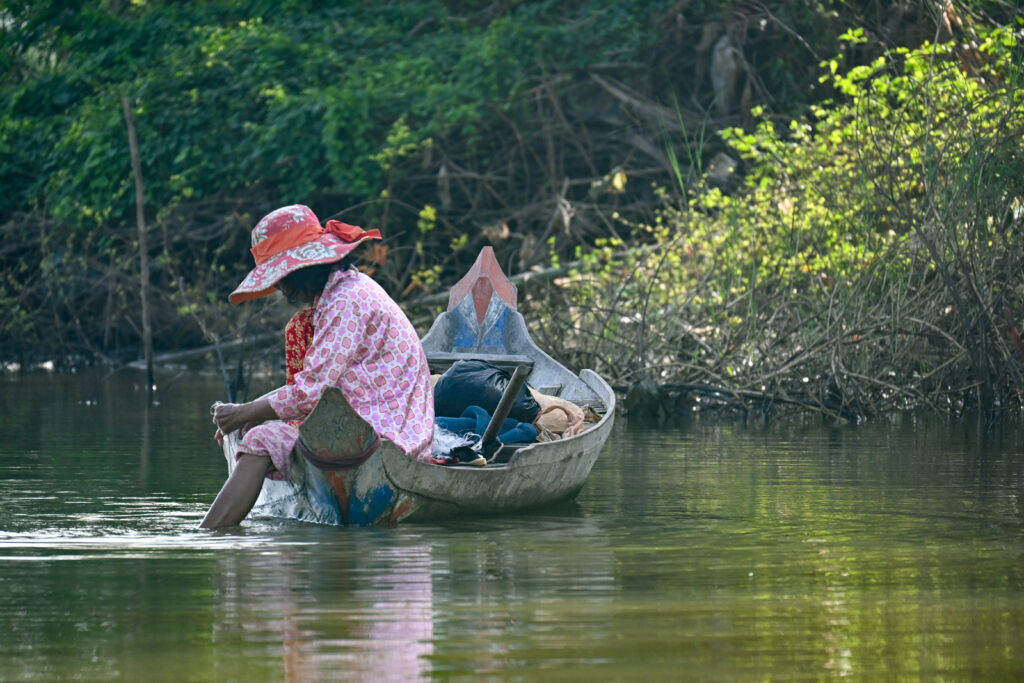
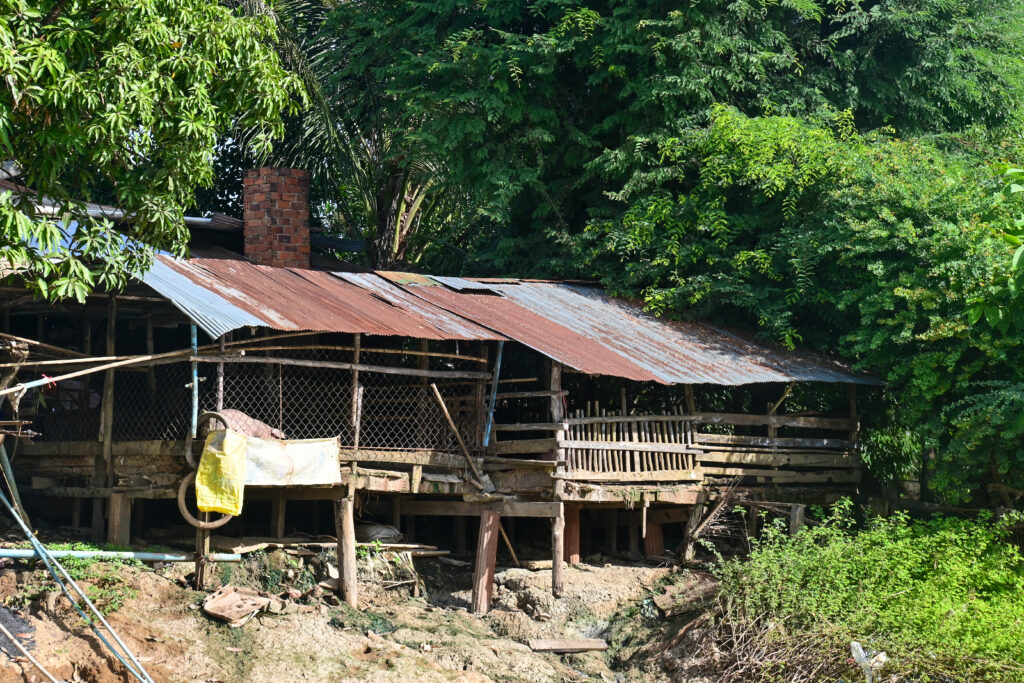
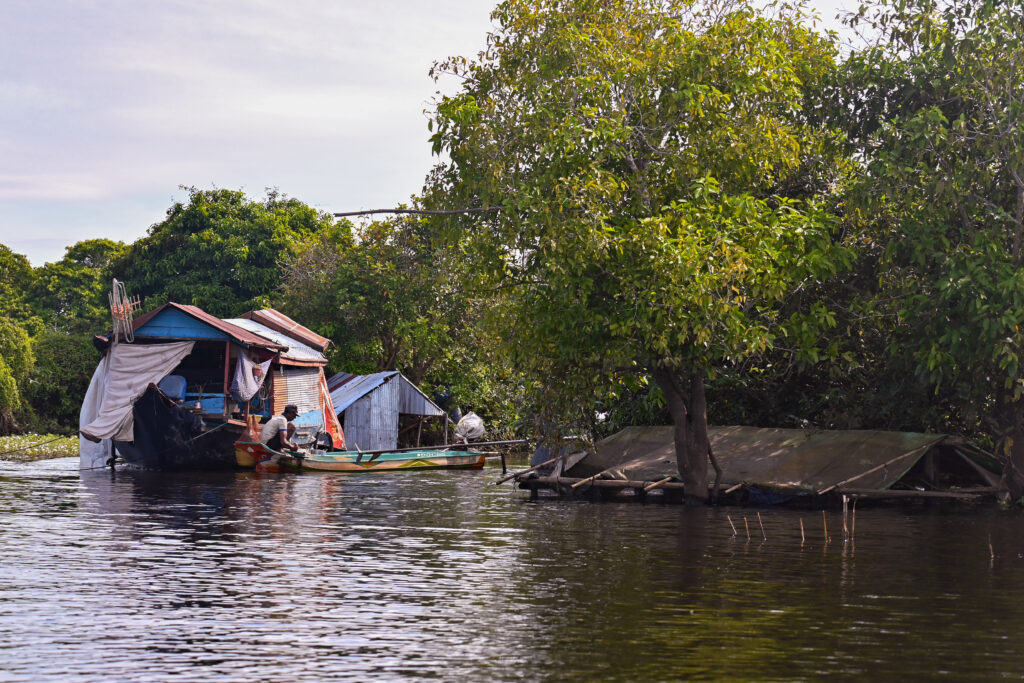
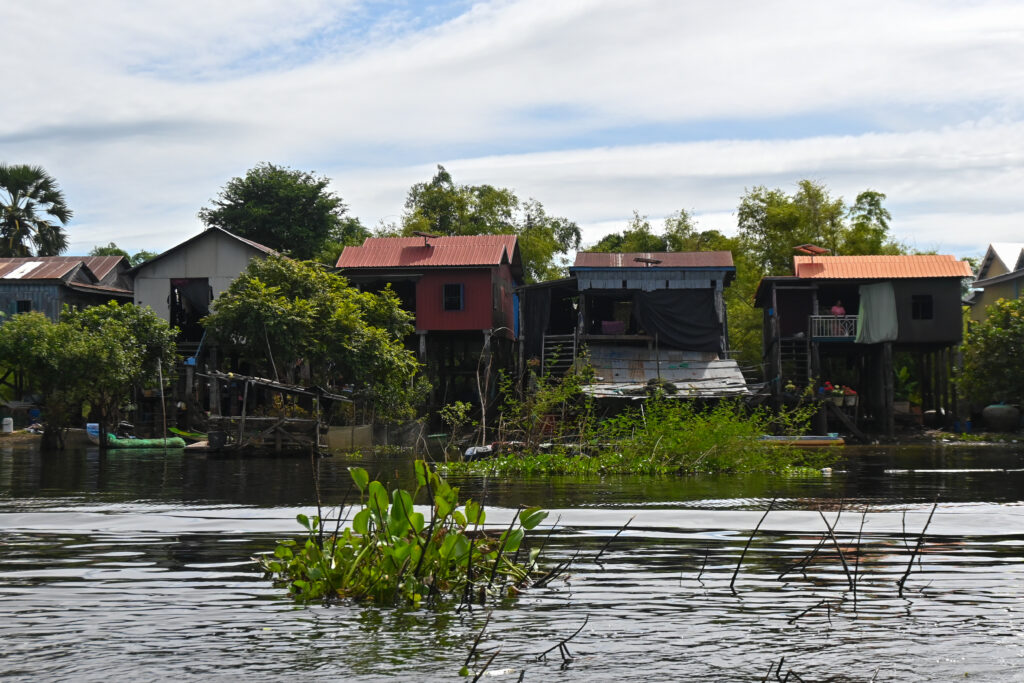
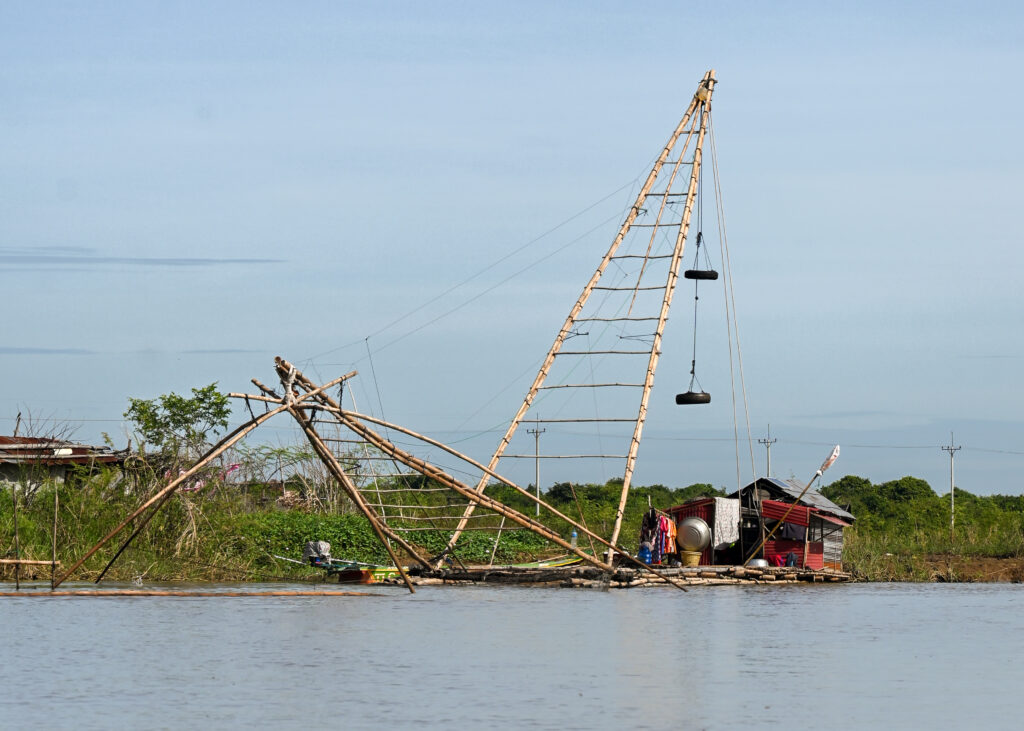
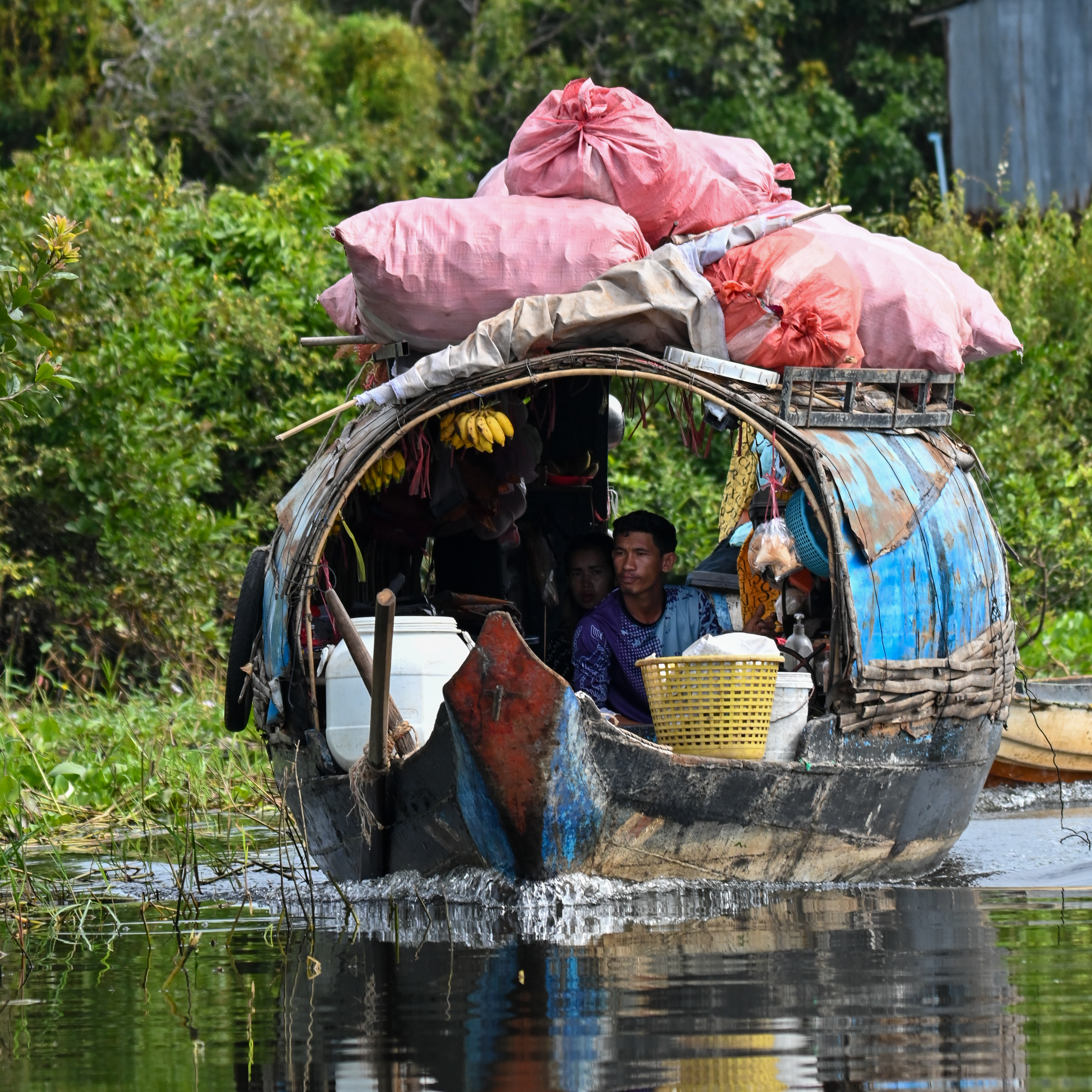
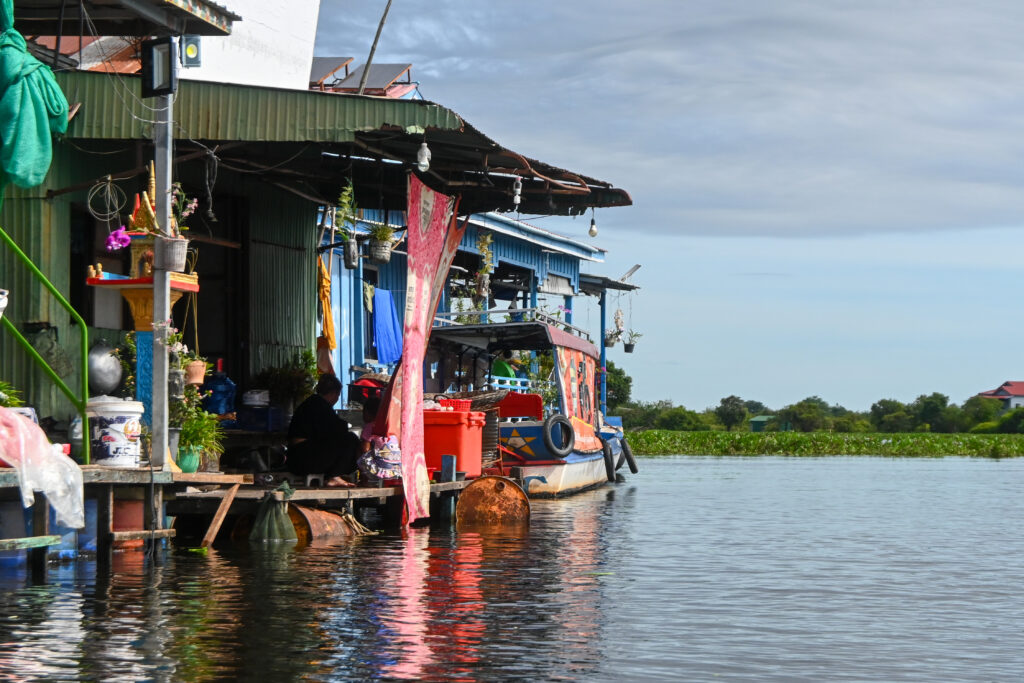
But with less than 2 hours to go, we suddenly came to a stop. The driver tried and tried to get the engine going, but it refused to restart. After about 20 minutes of this, with seemingly no back-up plan to rescue us, Logan decided the driver could do with some help. I got a few looks from the other passengers so I quickly explained that Logan was pretty handy, to which one of the Italian guys said in his strong Italian accent, “Oh we’re so lucky, I can fix NOTHING!” With no common language, Logan and the driver worked together for over an hour in the baking sun to fix the water pump using a plastic bag, Logan’s multitool, and an empty beer can! Needless to say, the passengers burst into spontaneous applause when the engine restarted!
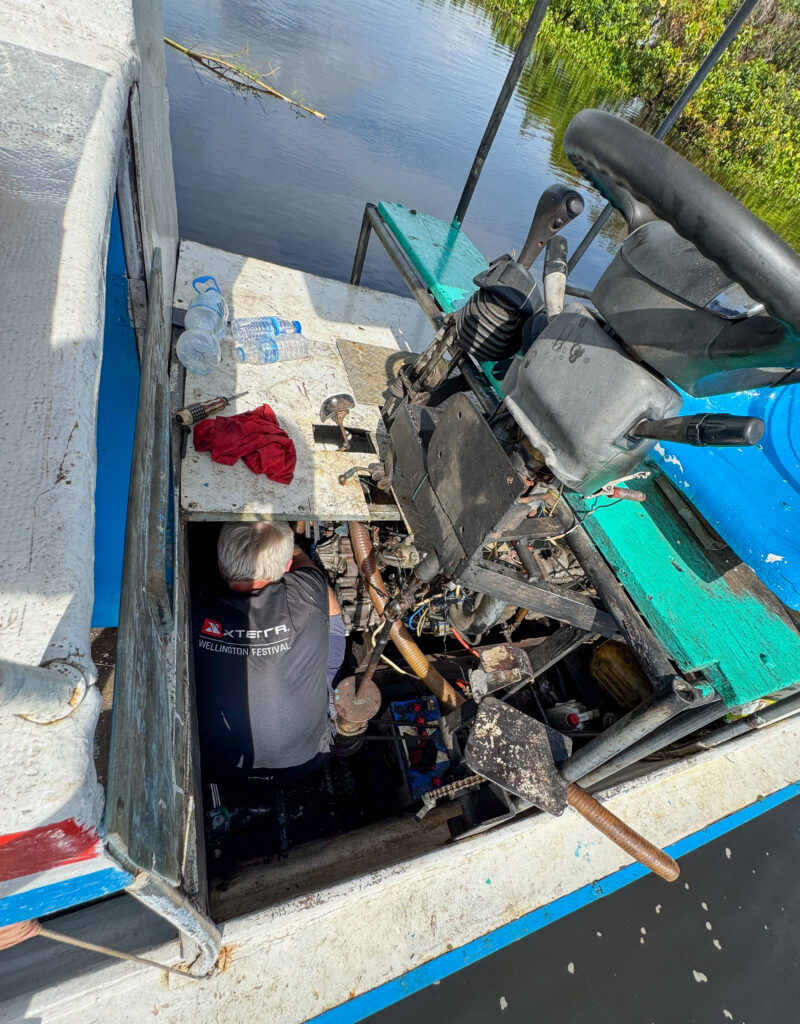
How glad we were too when, despite arriving 2 hours late, our pre-arranged tuk tuk driver (thanks to Saro) was still waiting for us at the port, which is way out of town and has no cell phone reception! Despite the delay, we all agreed it had been a lovely day out in the Cambodian countryside and a marvellous way to travel to Siem Reap!
